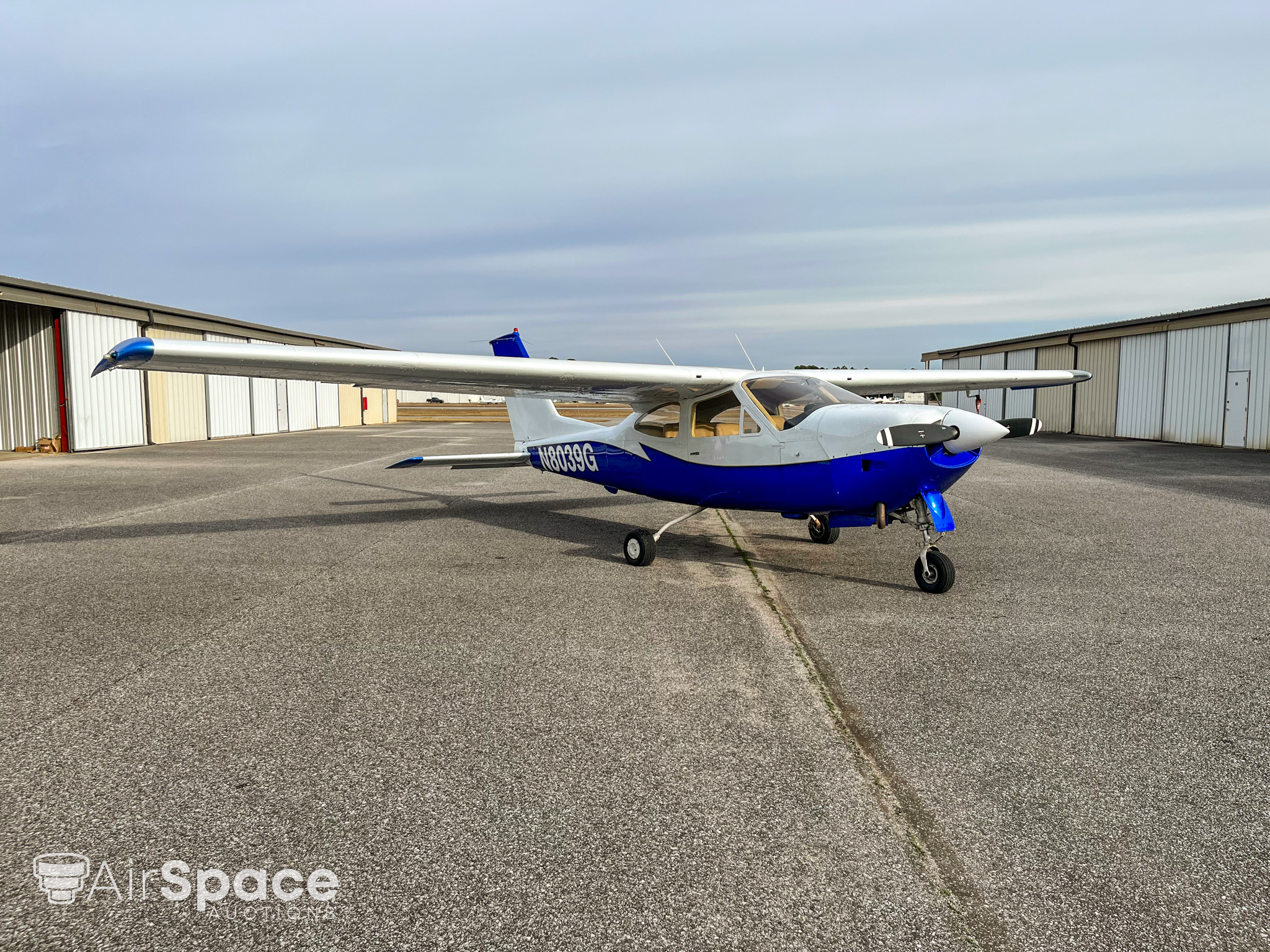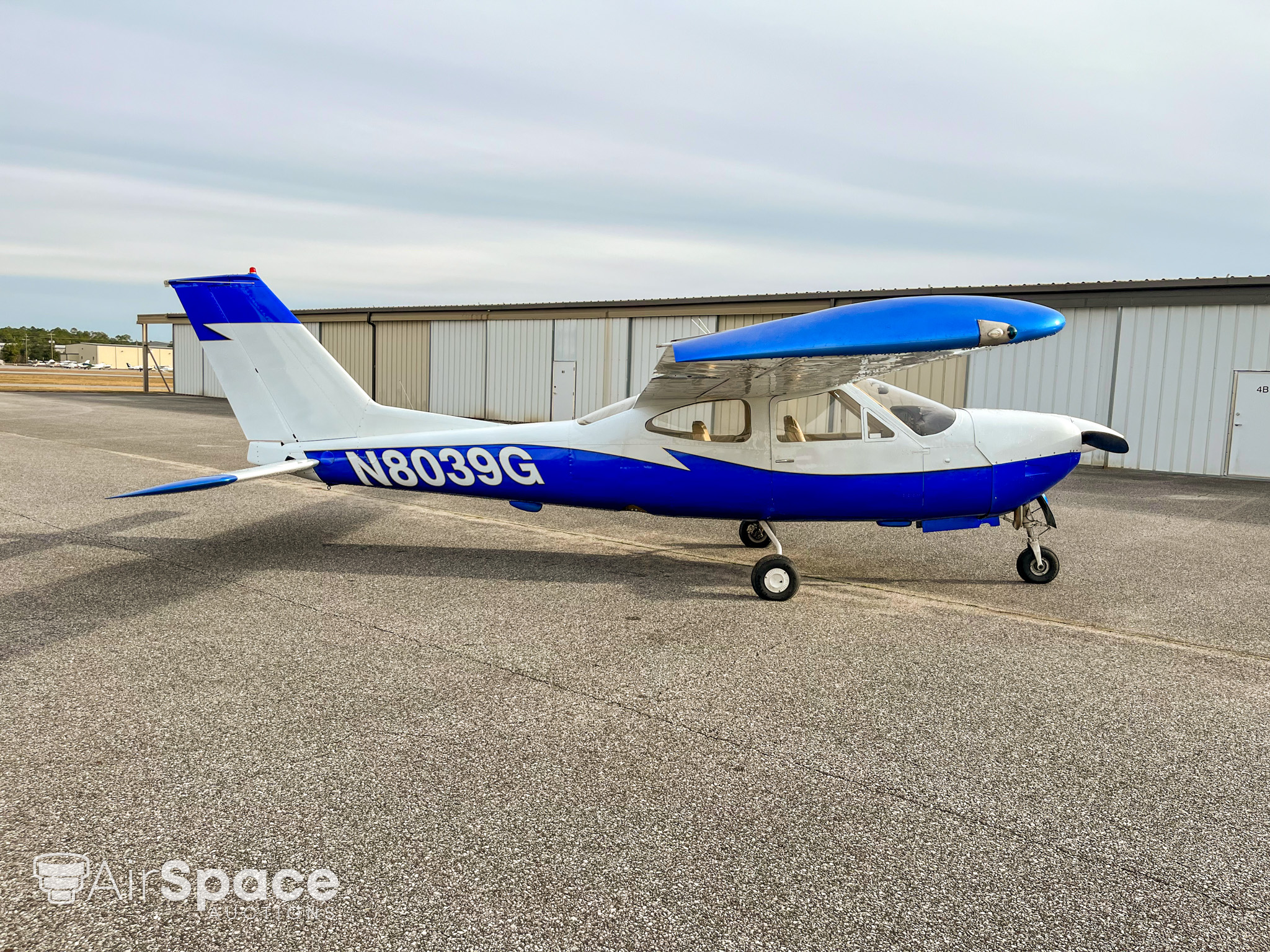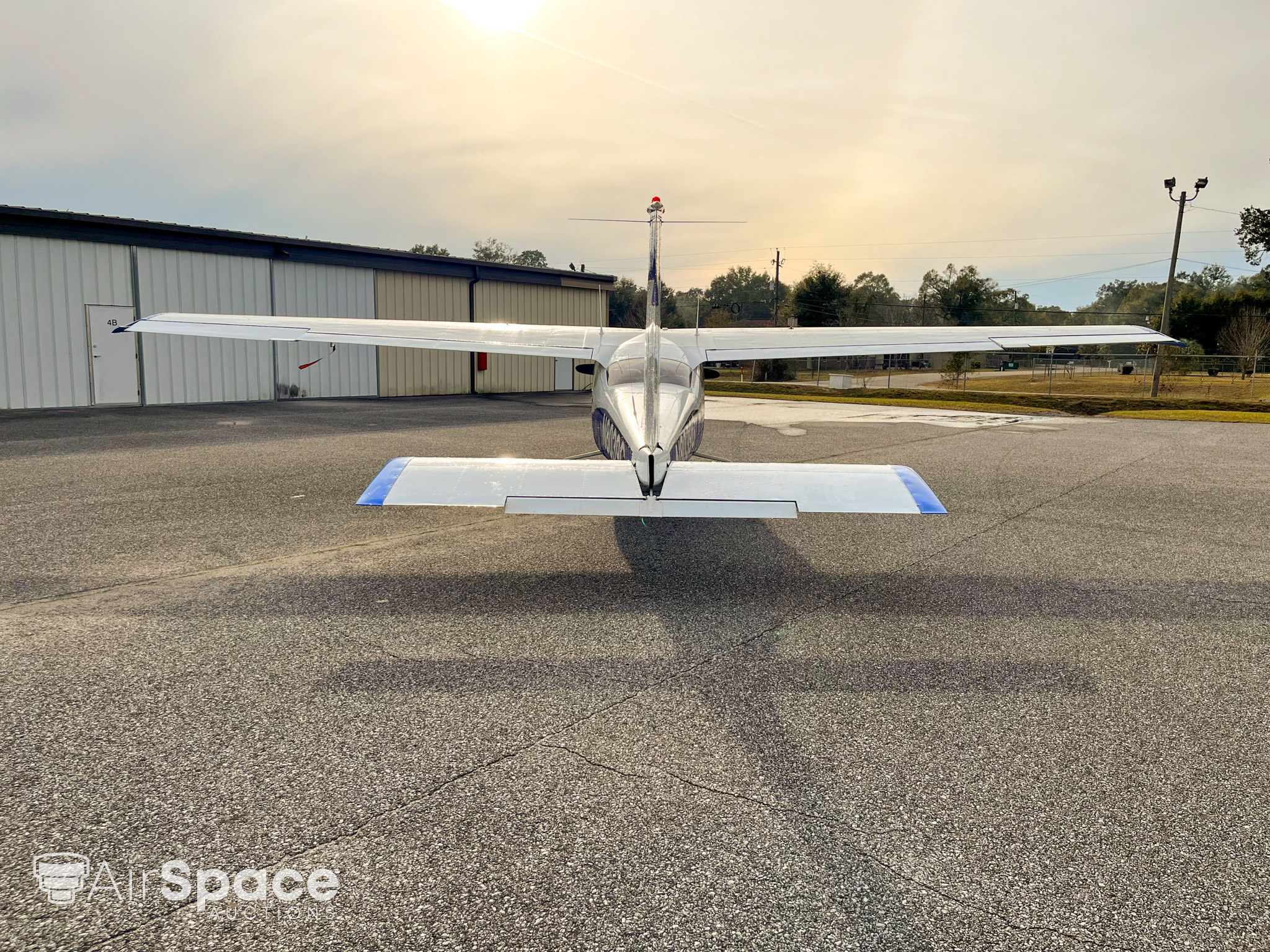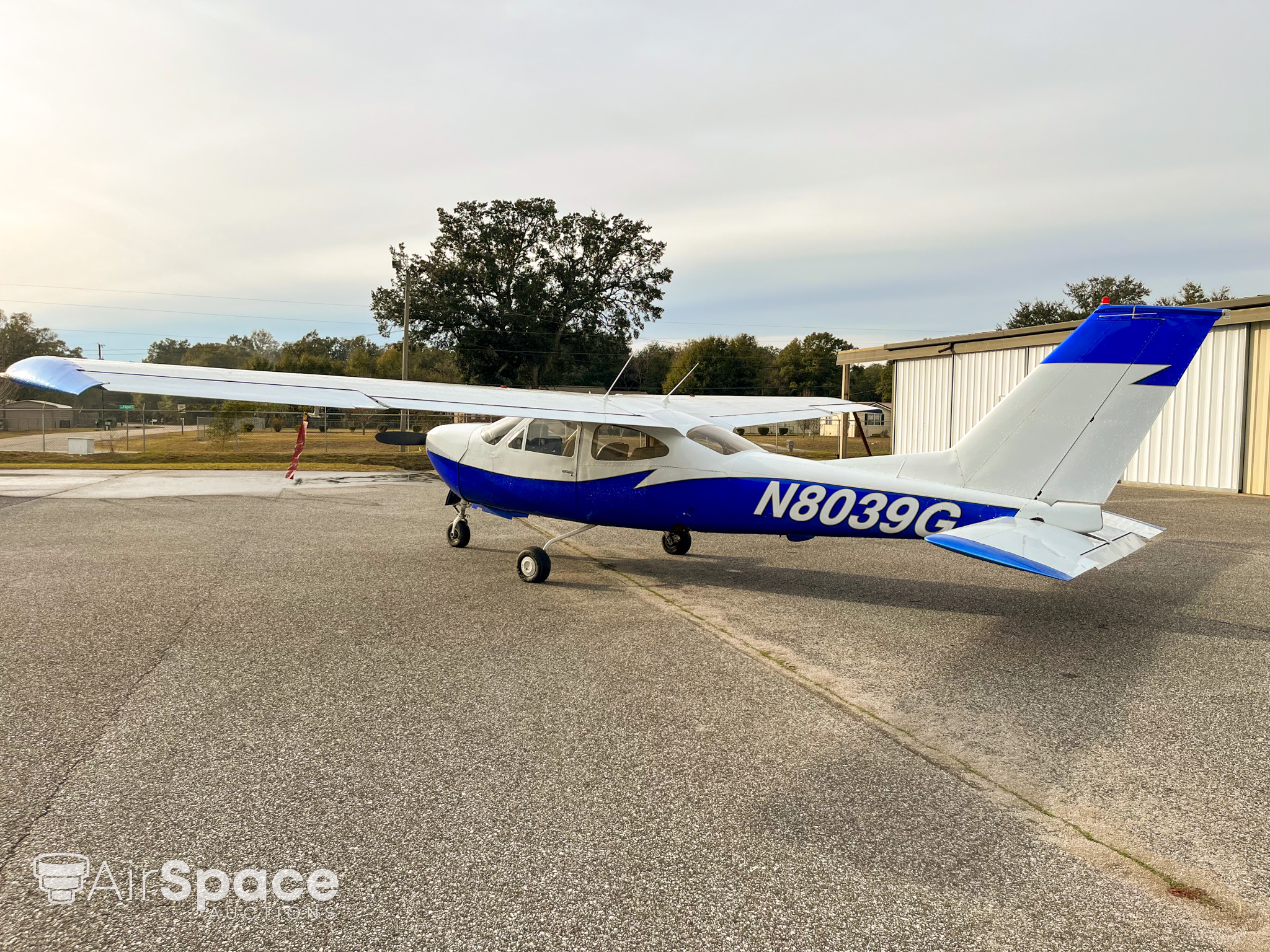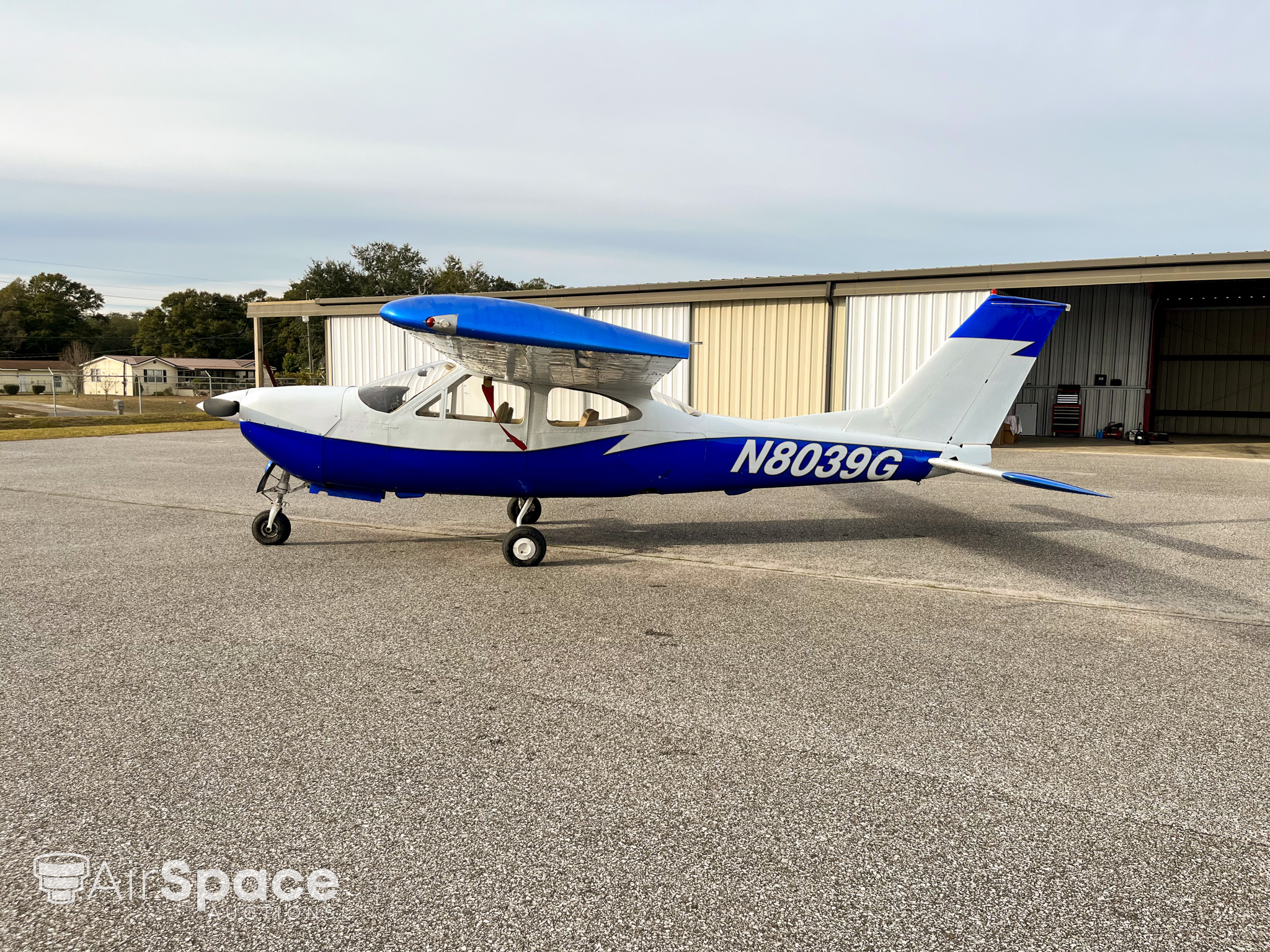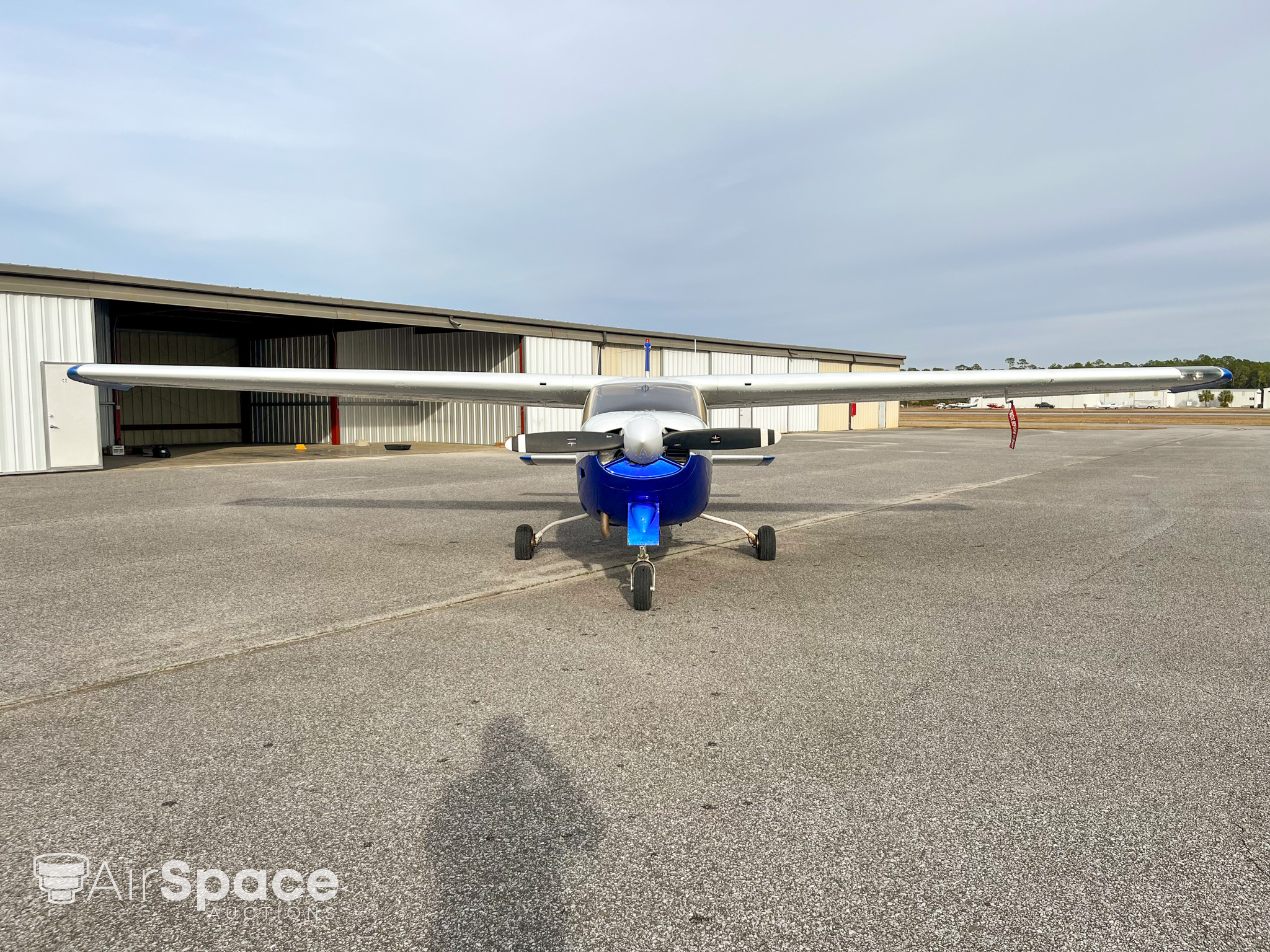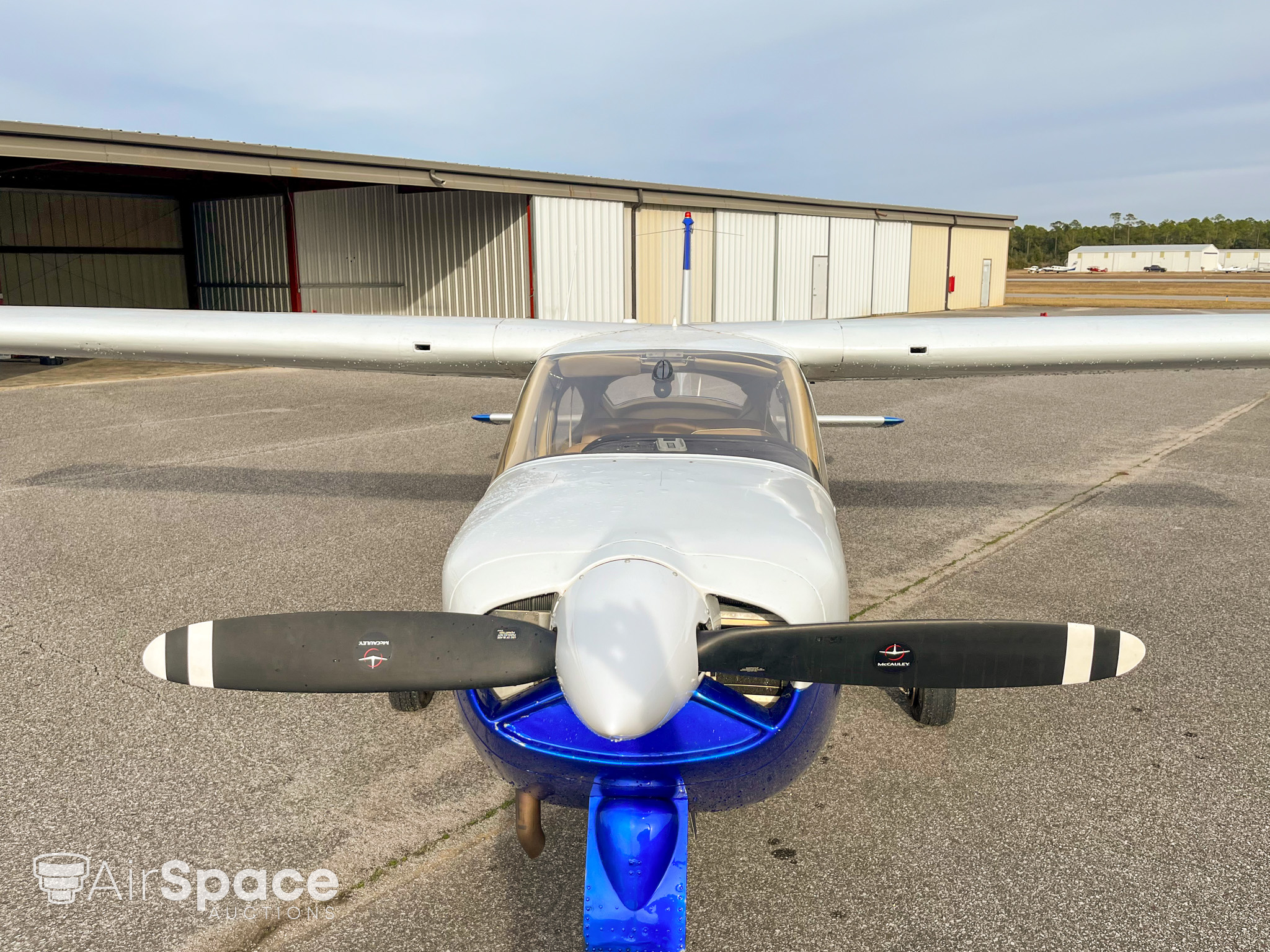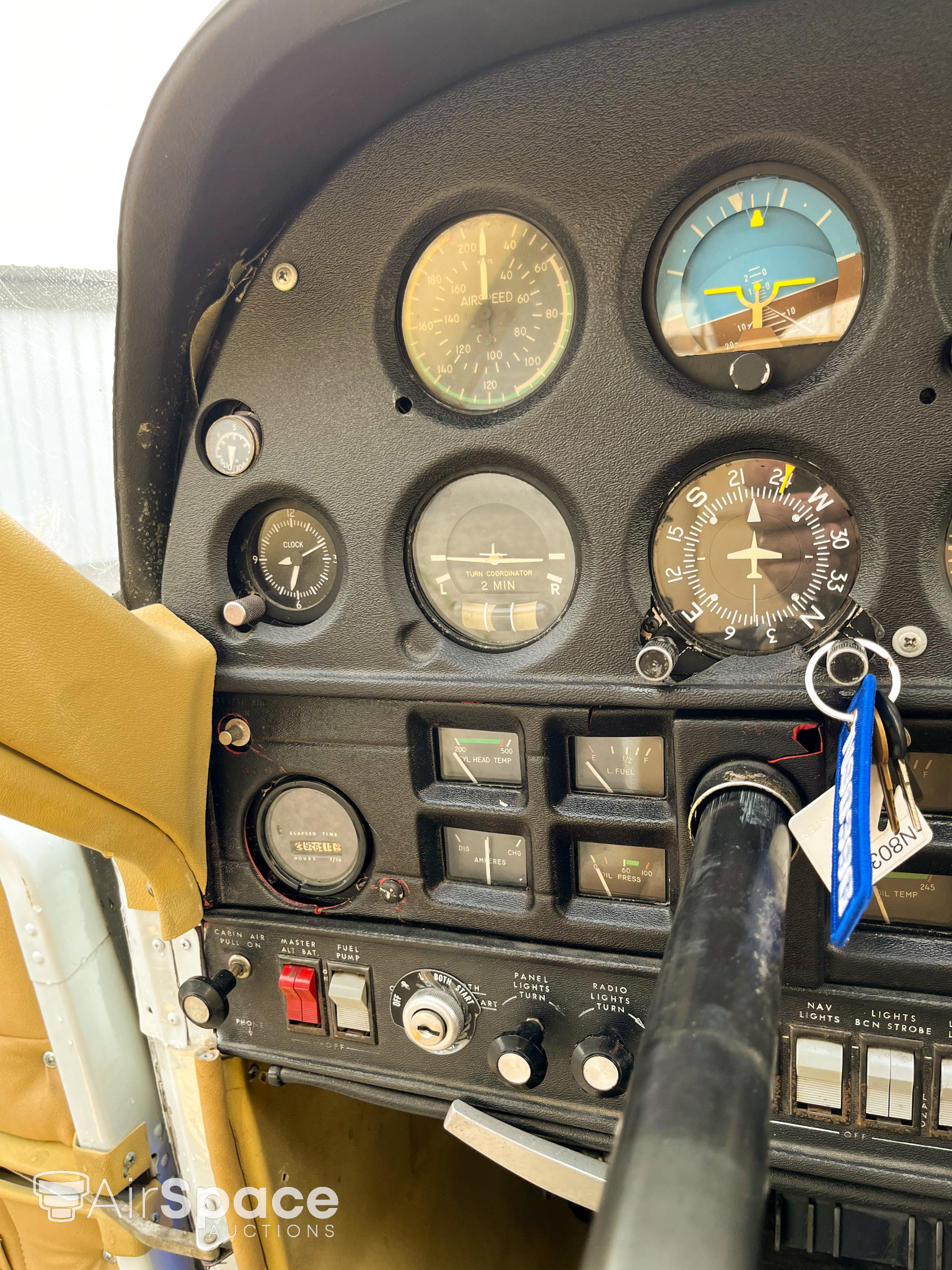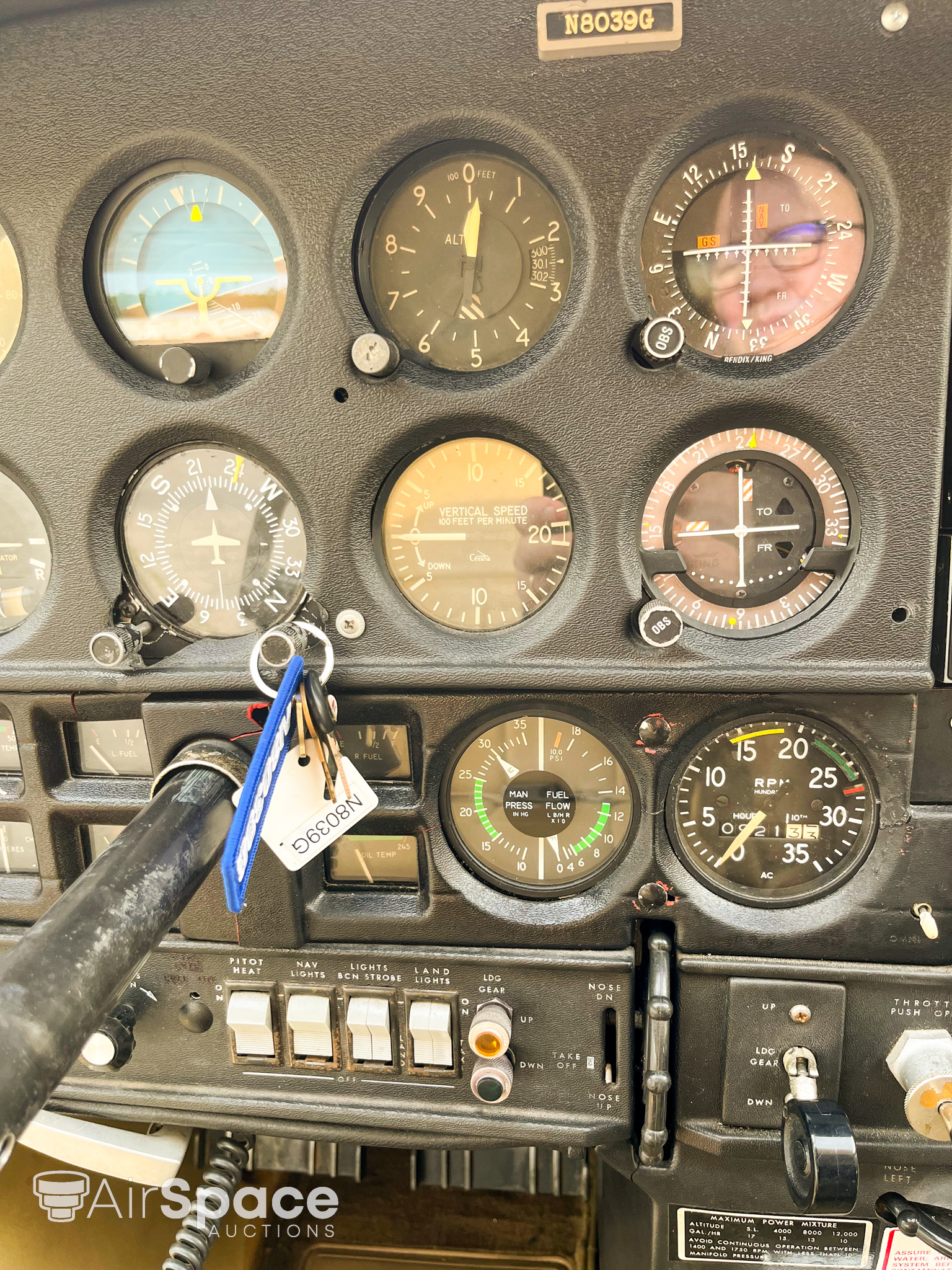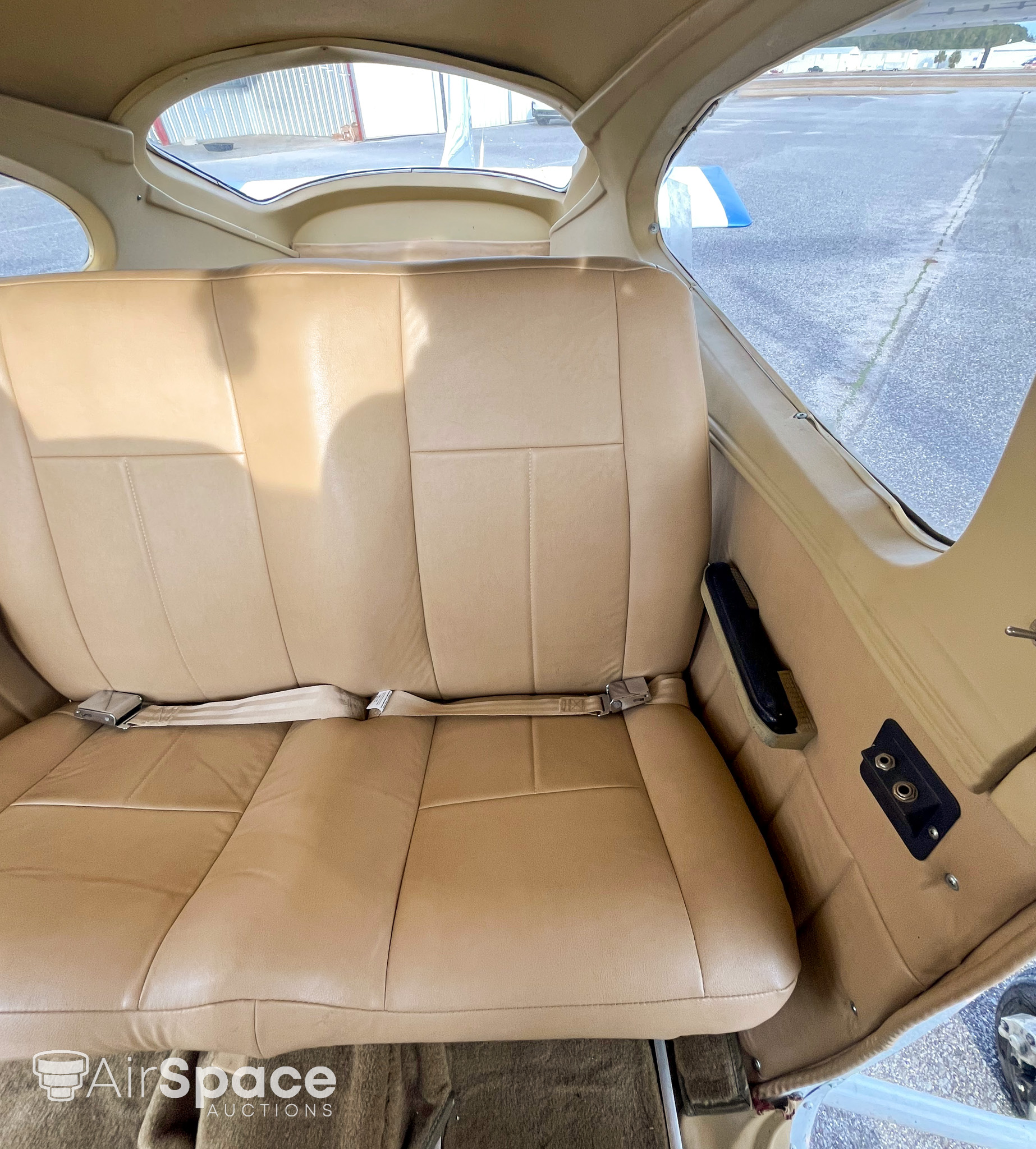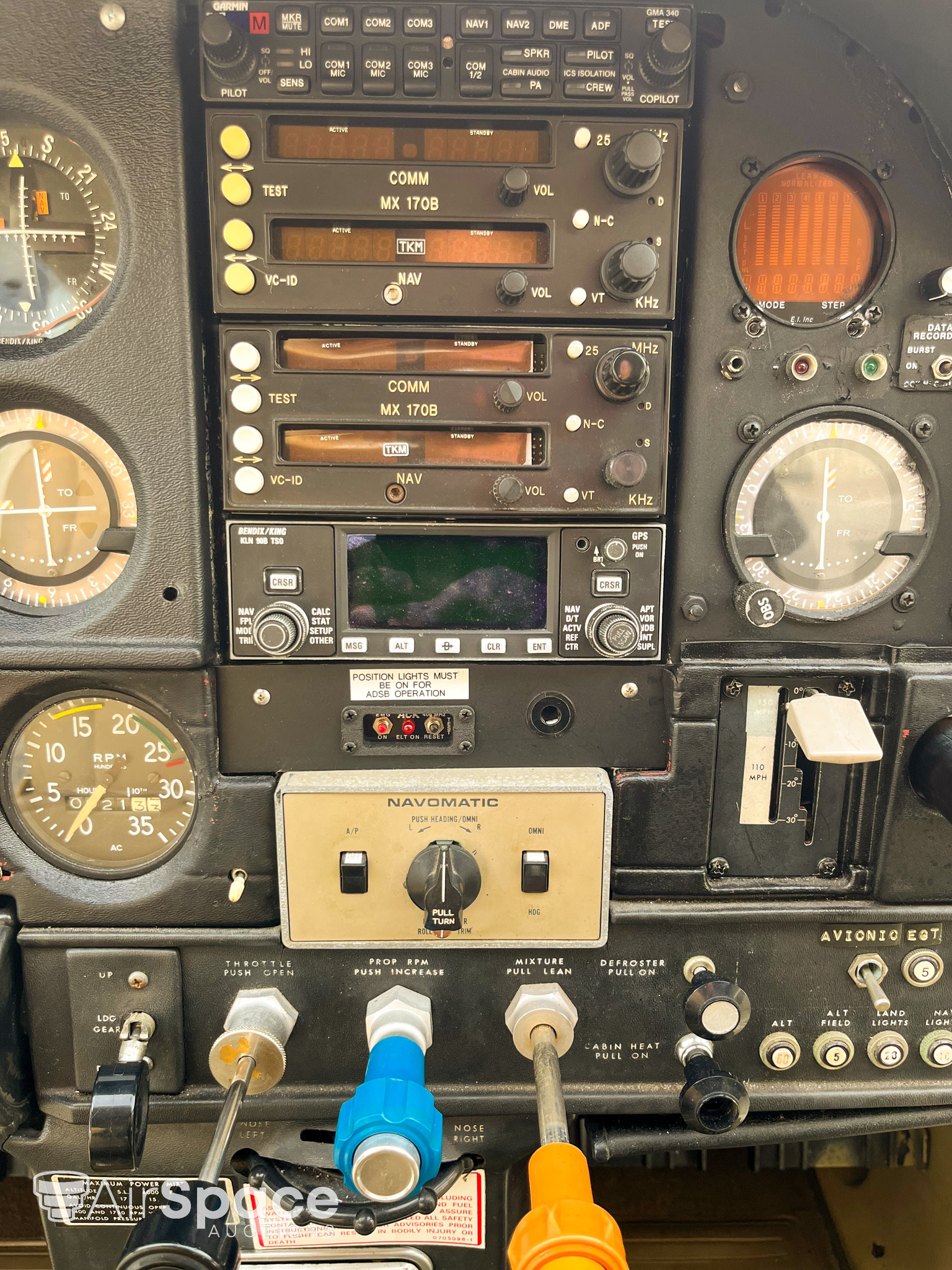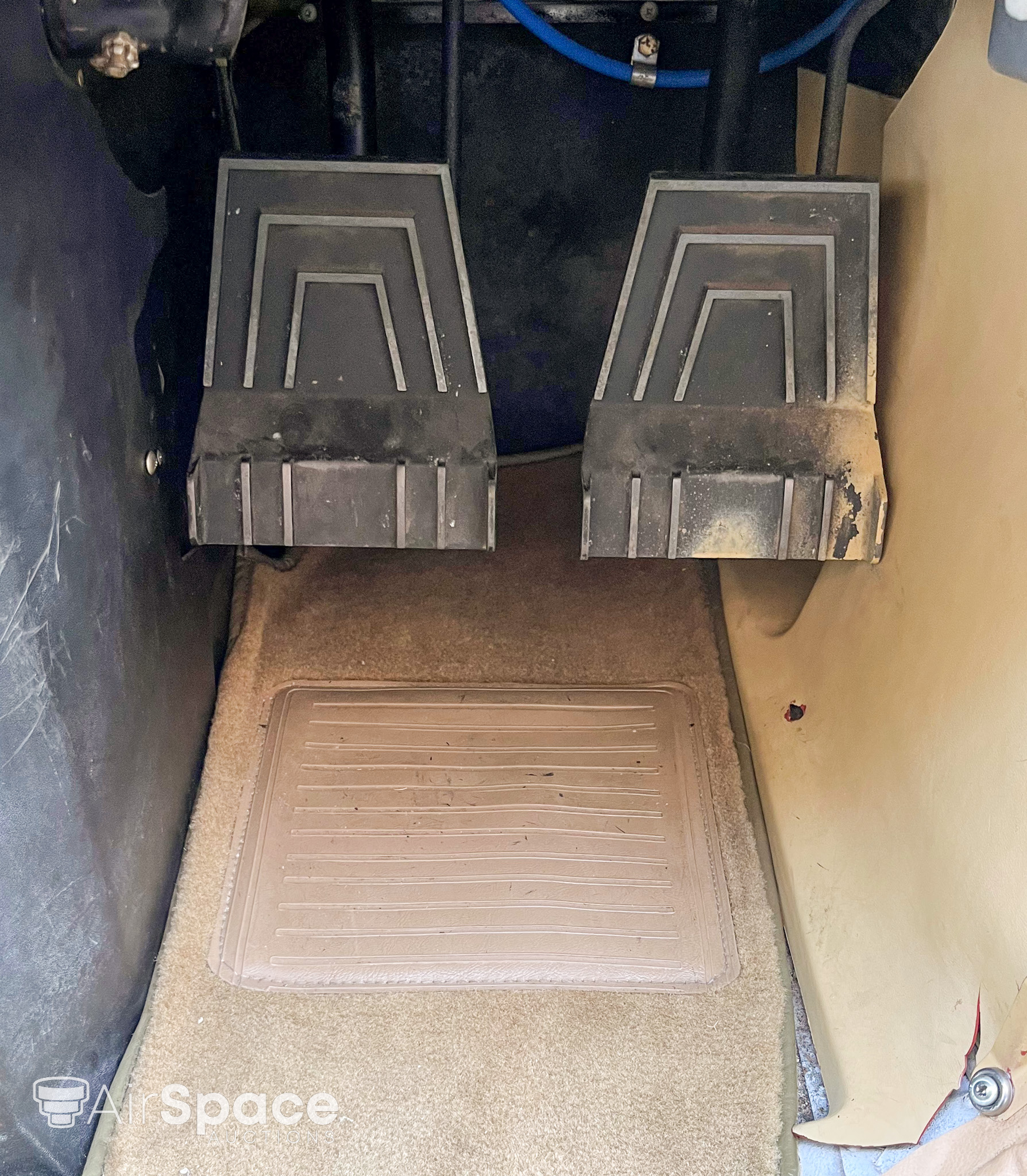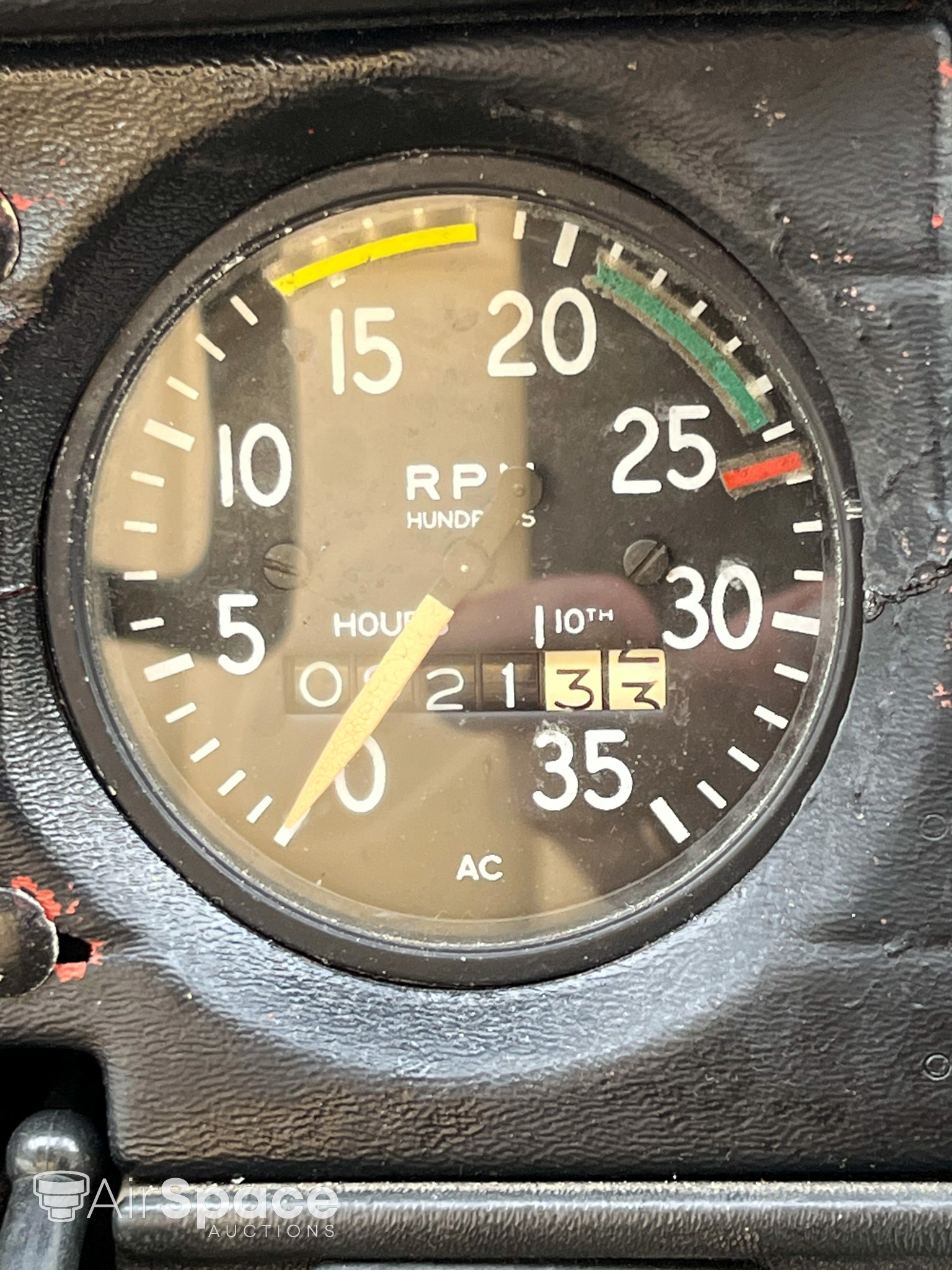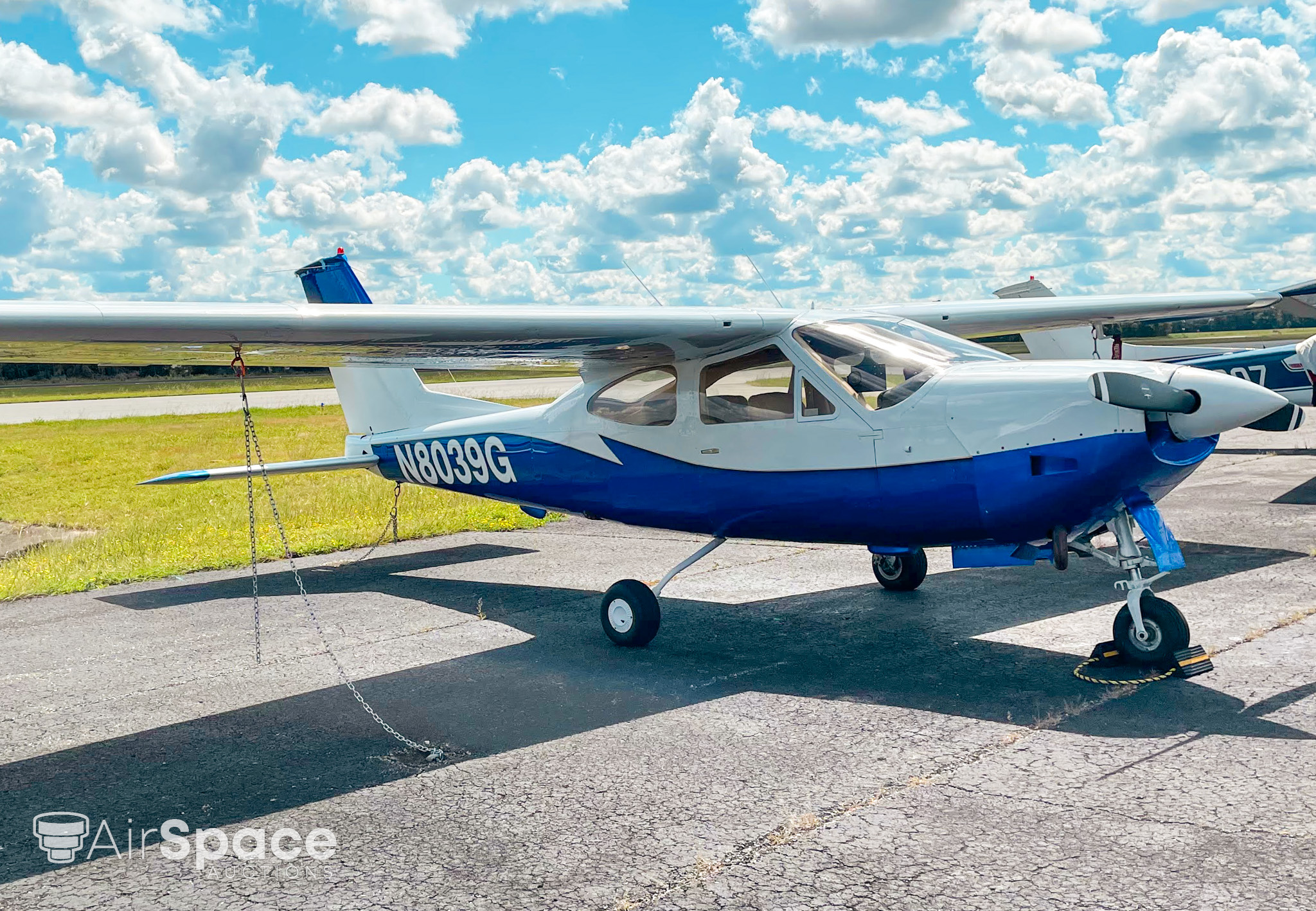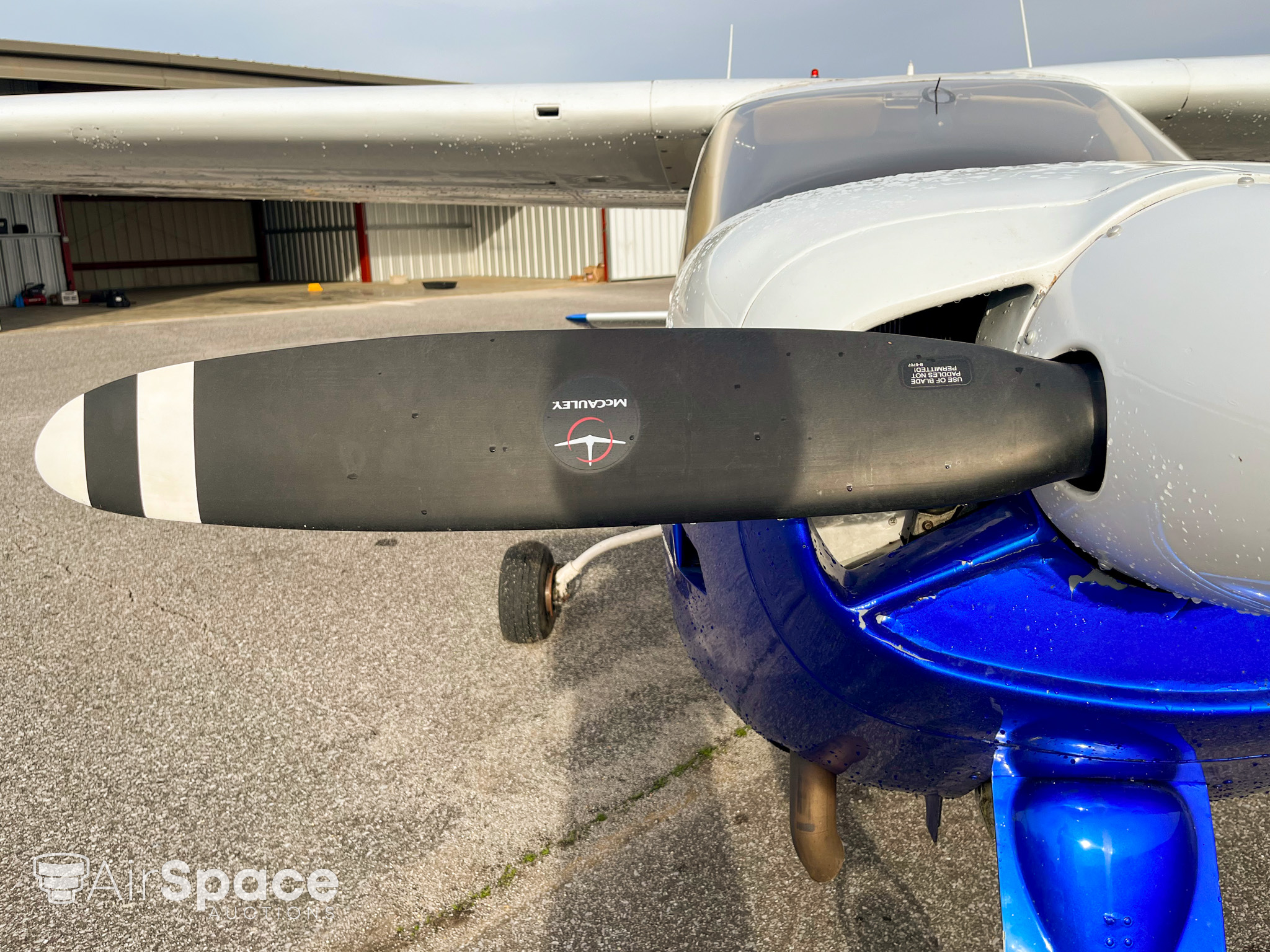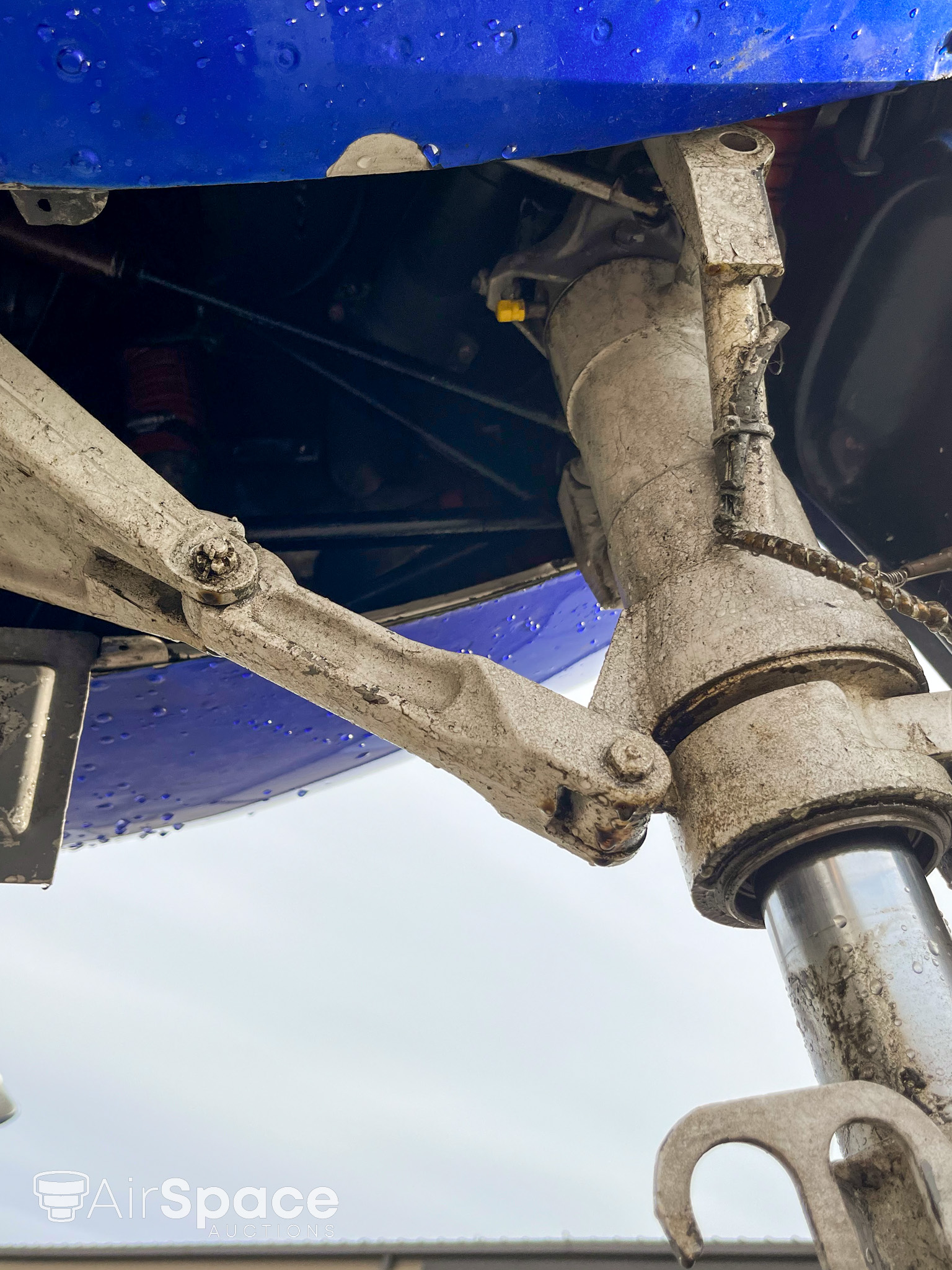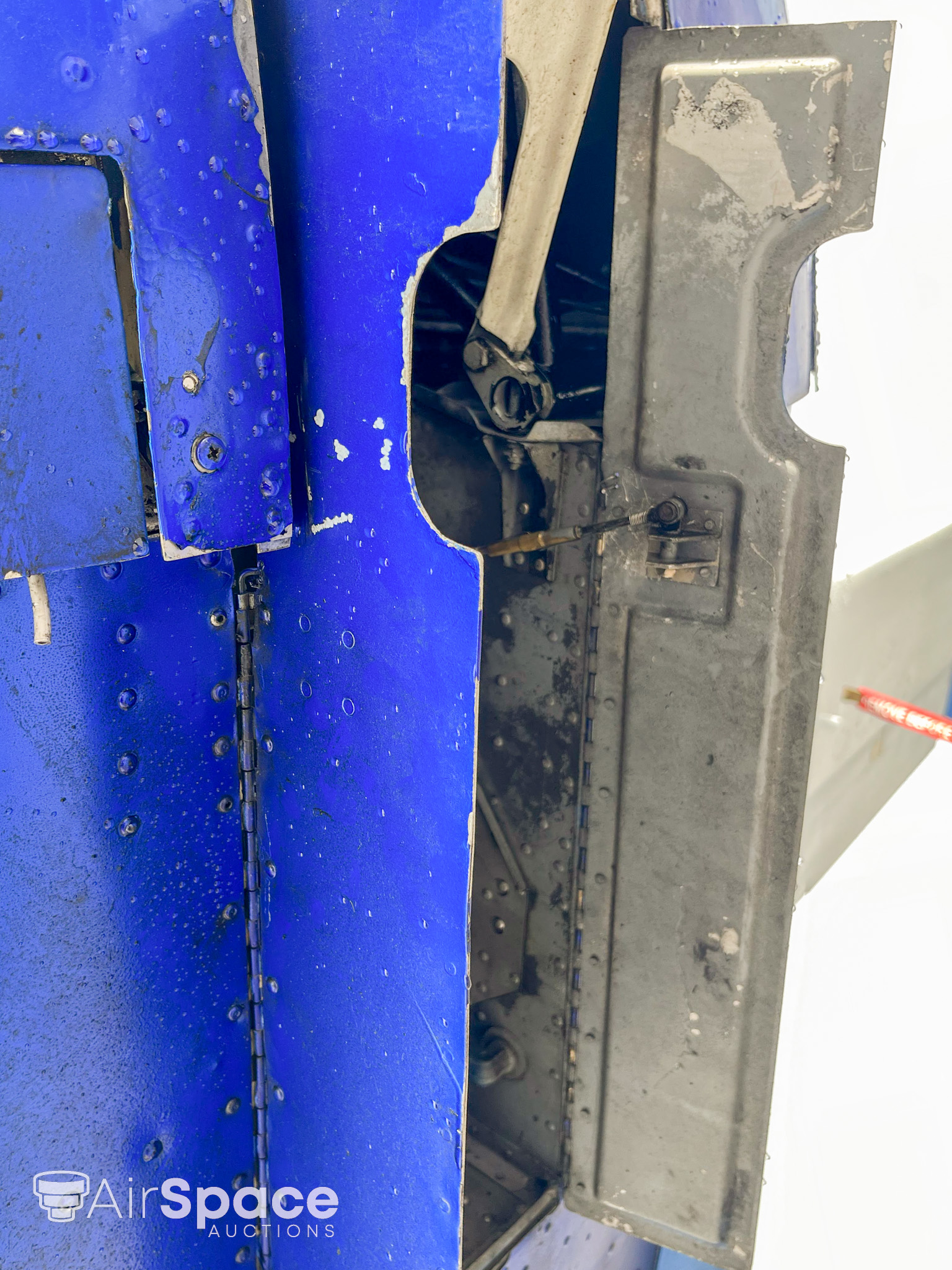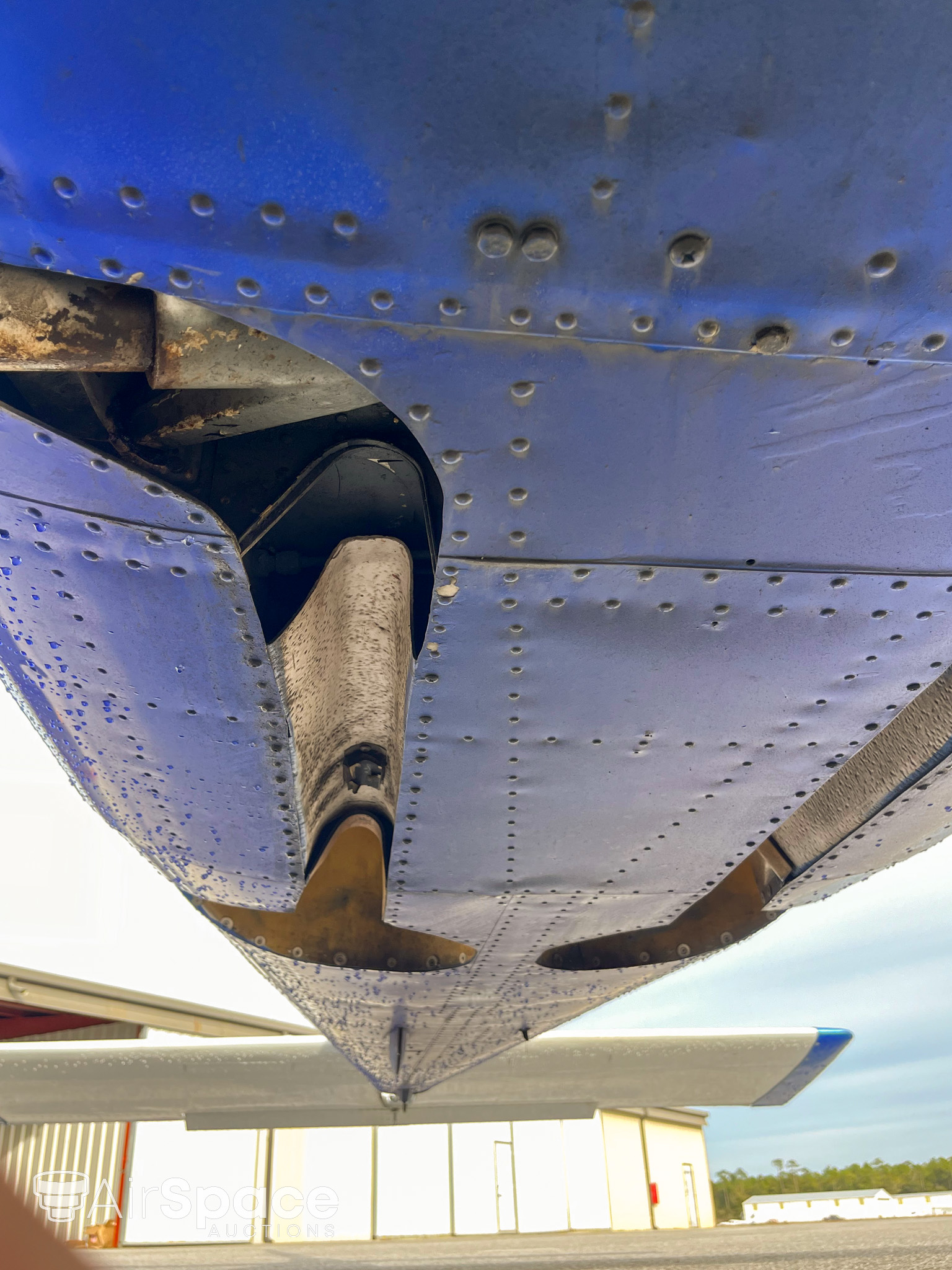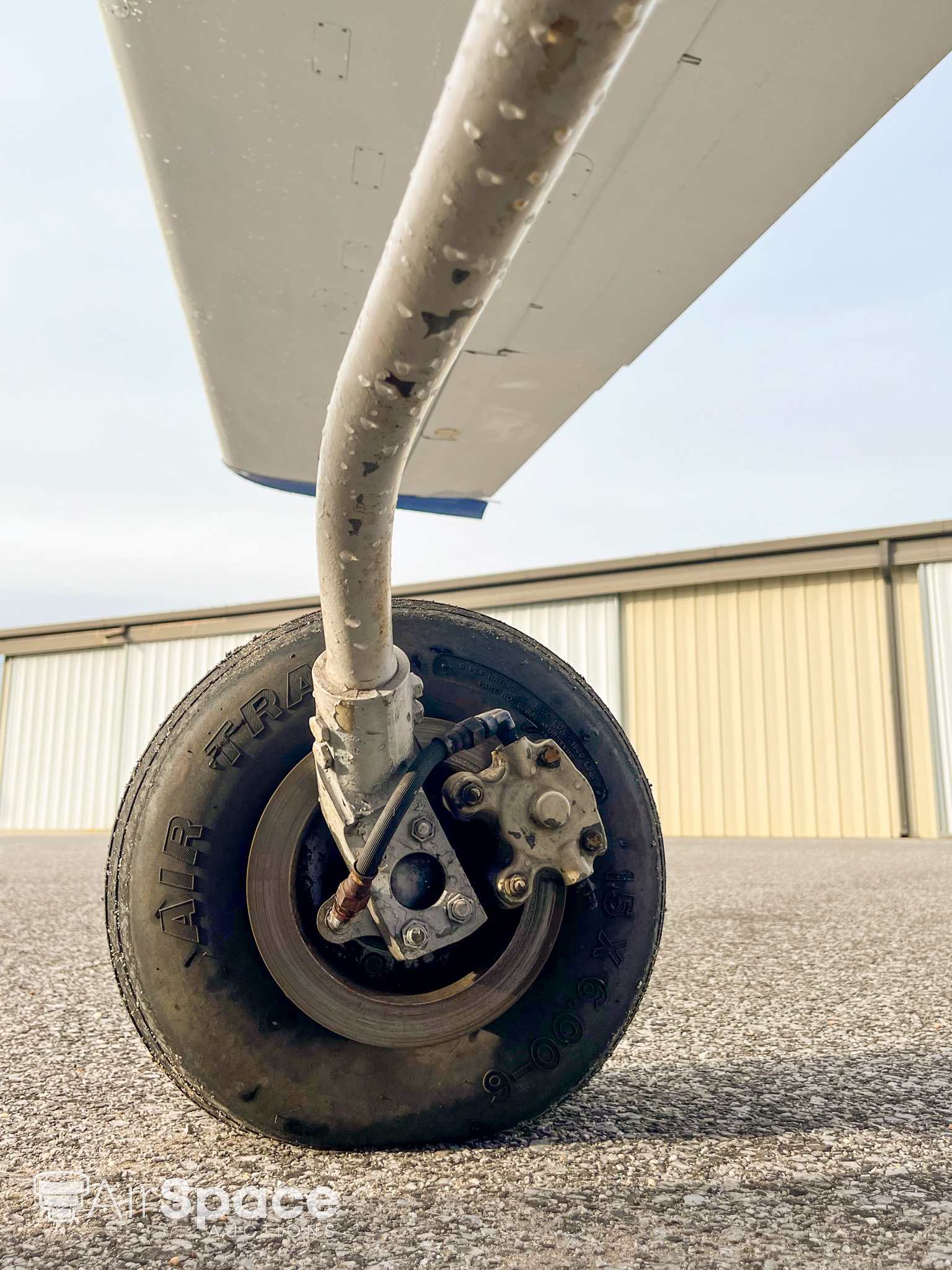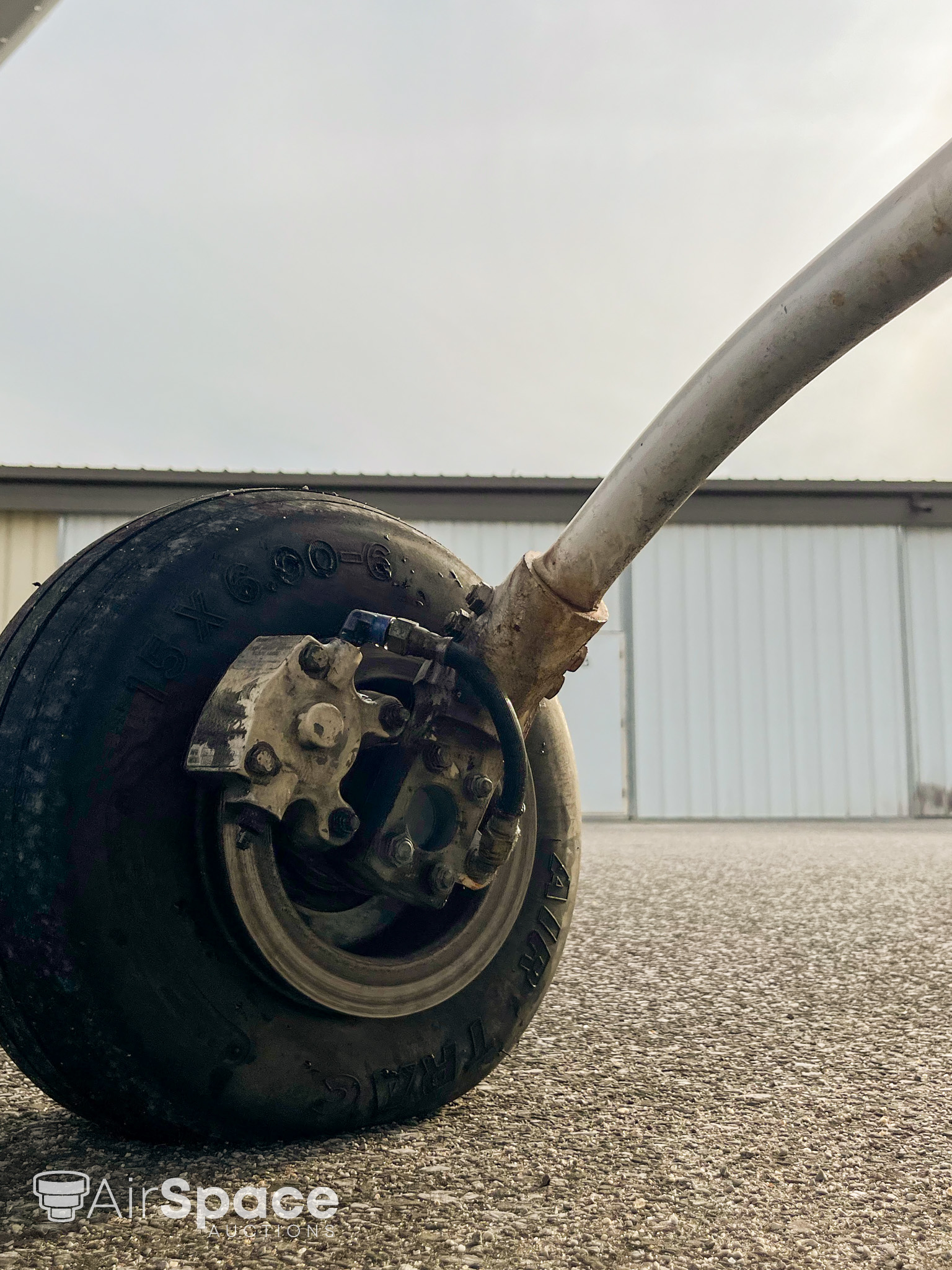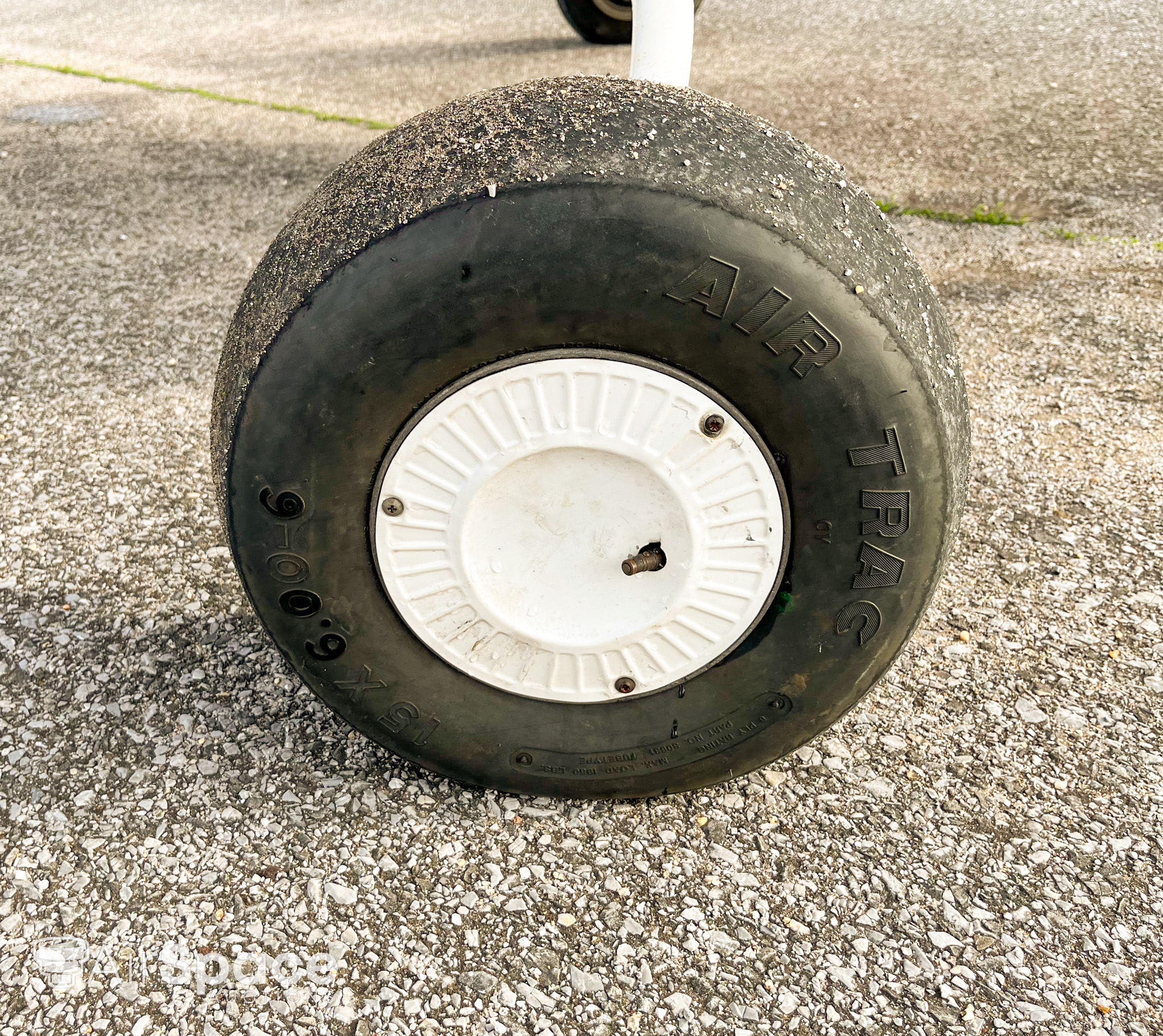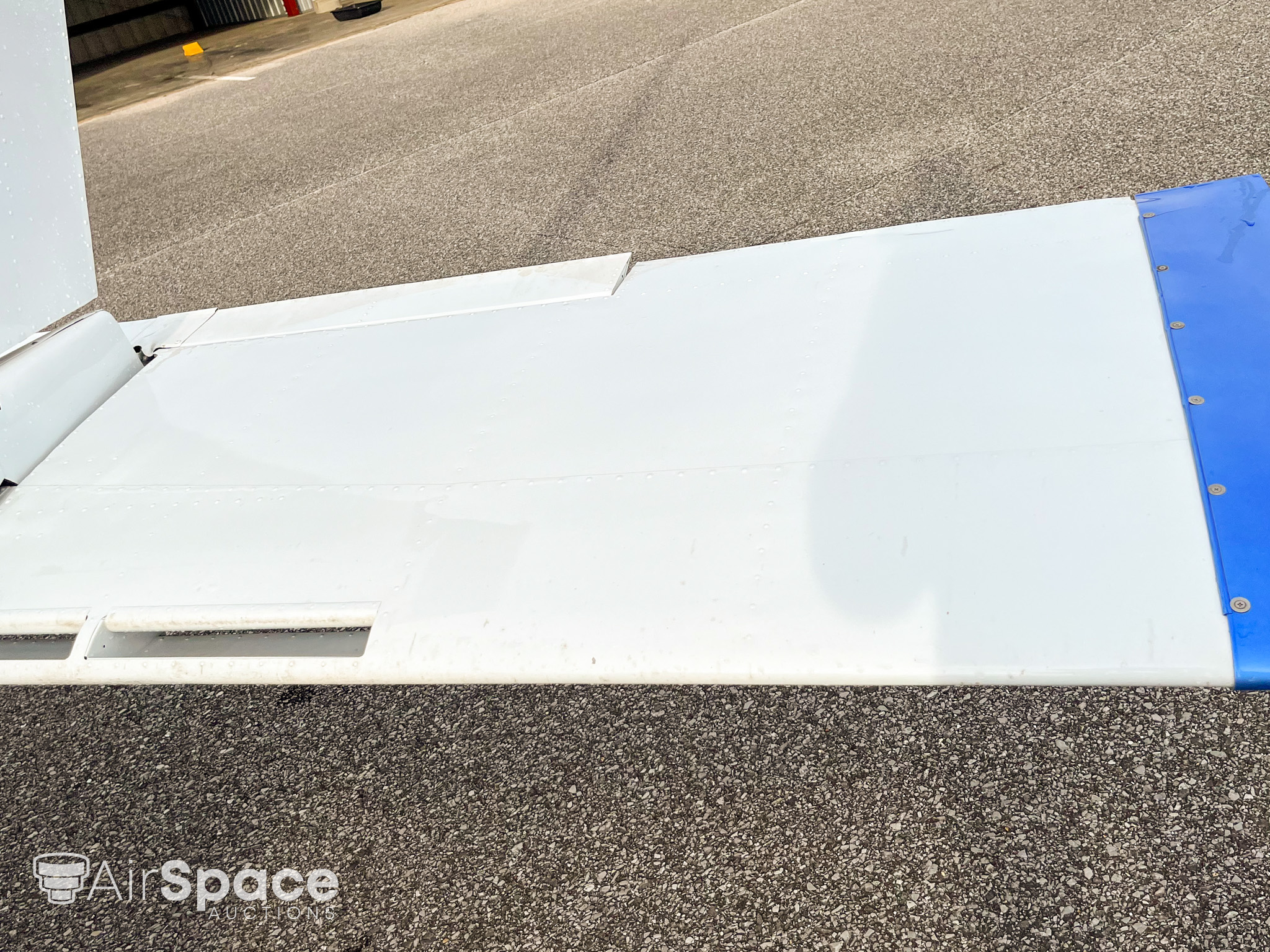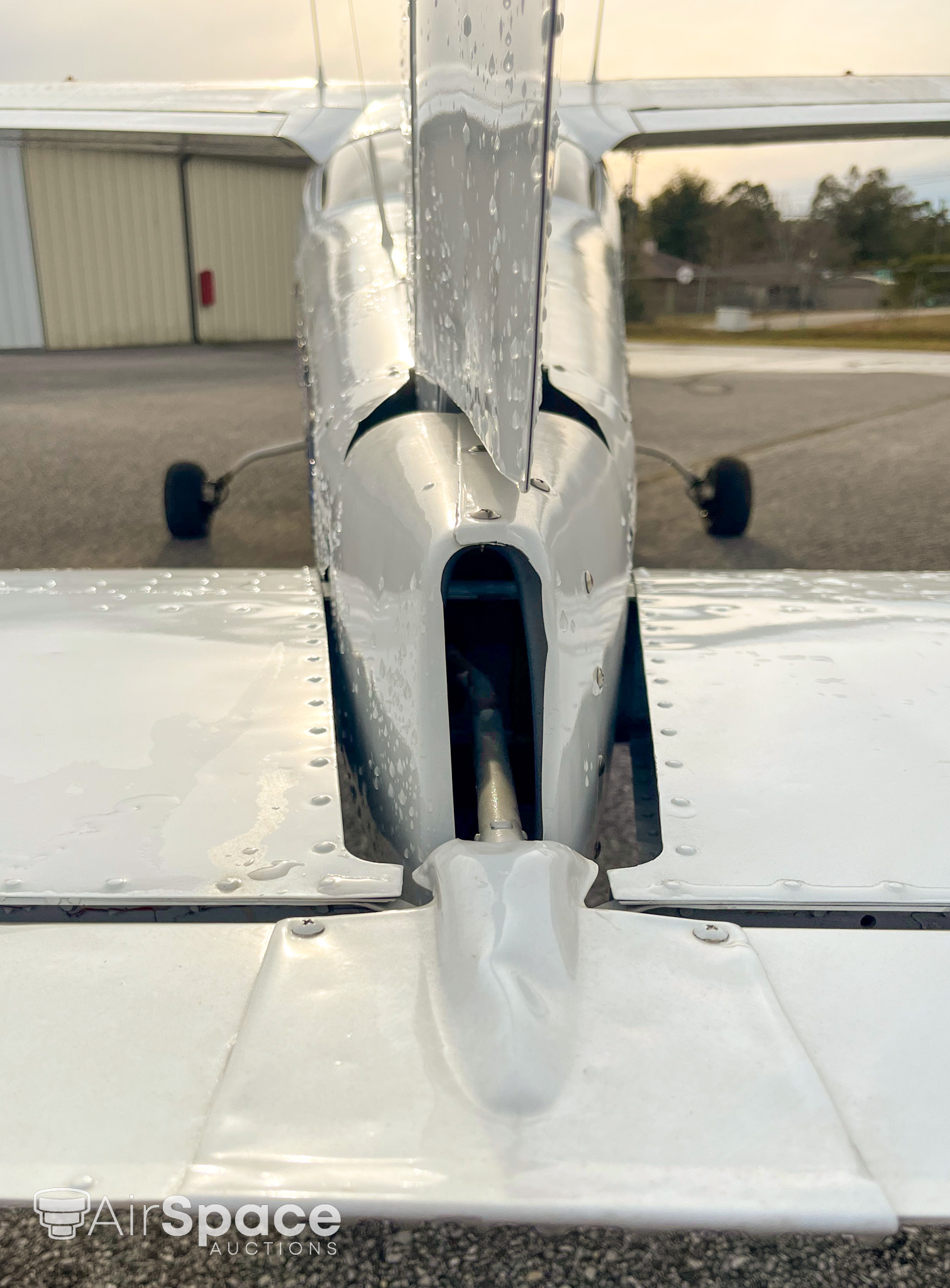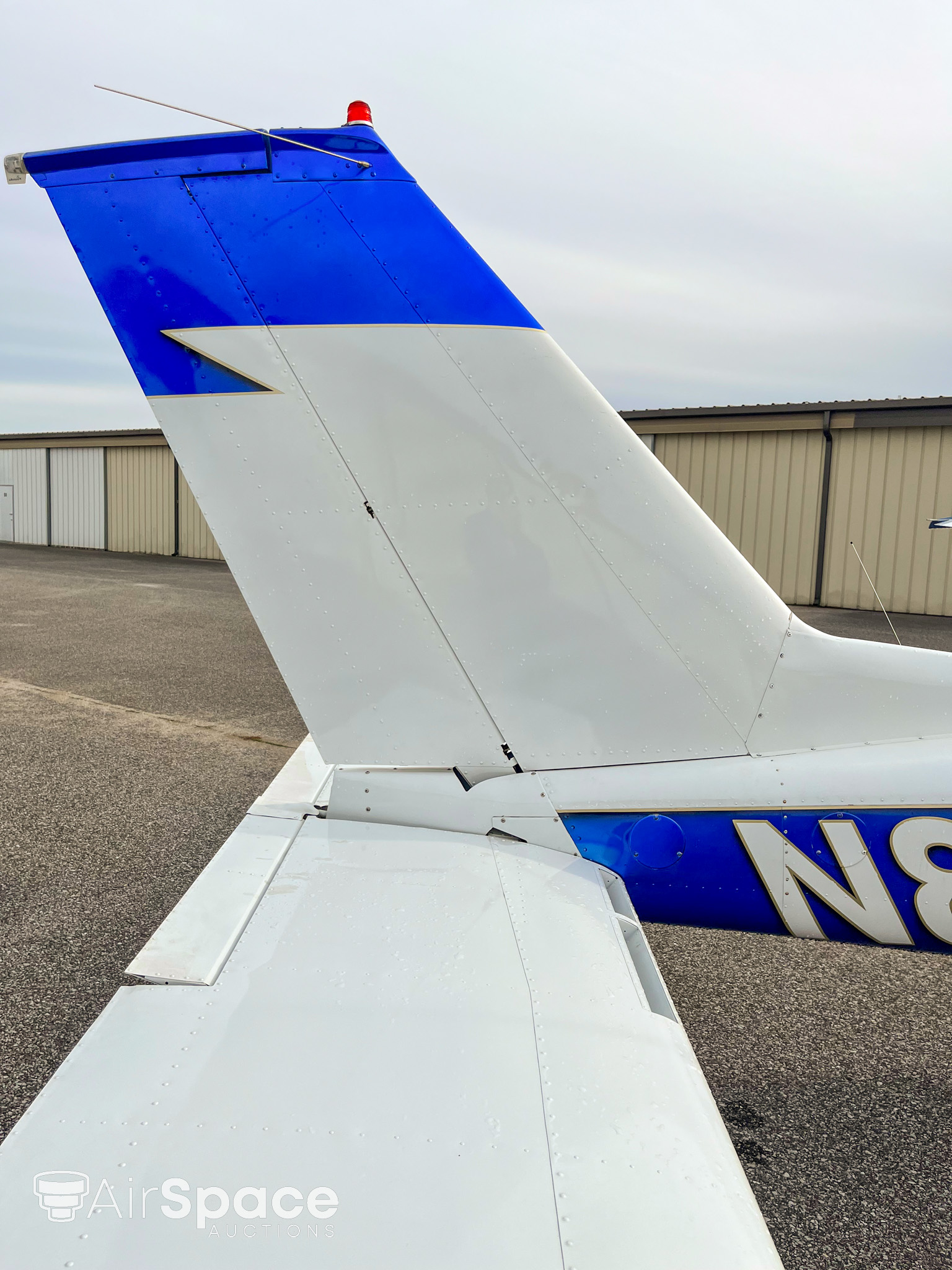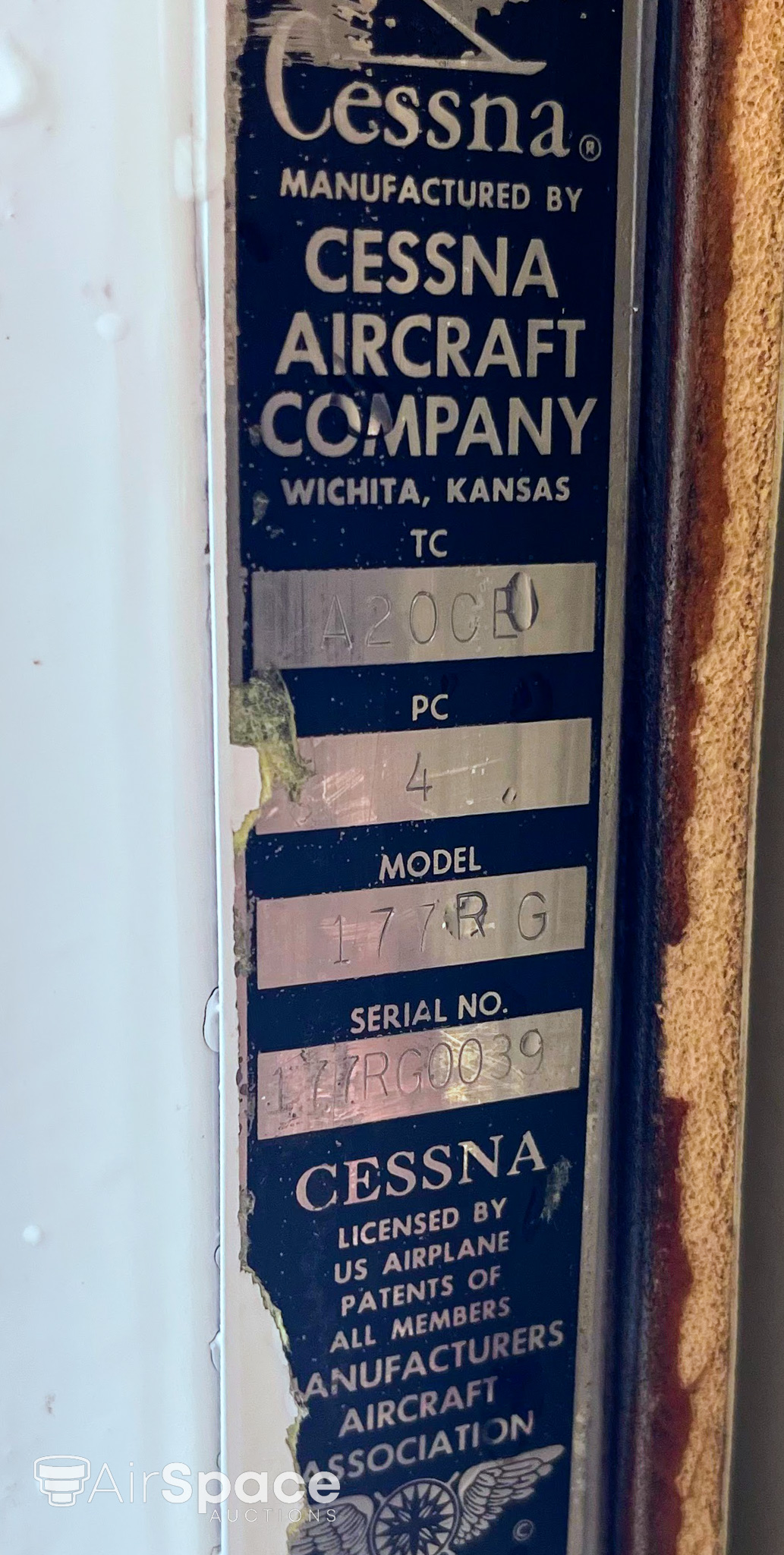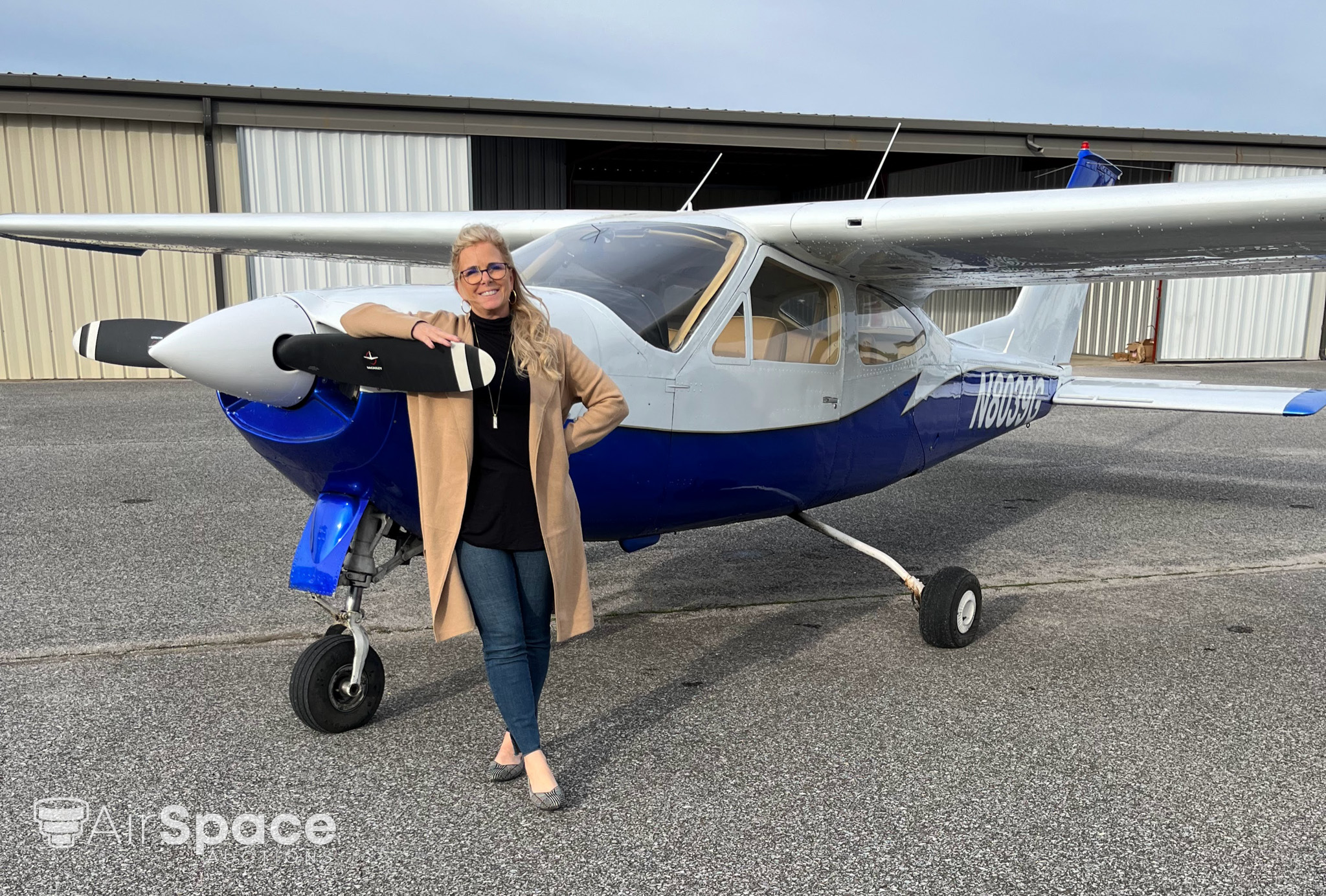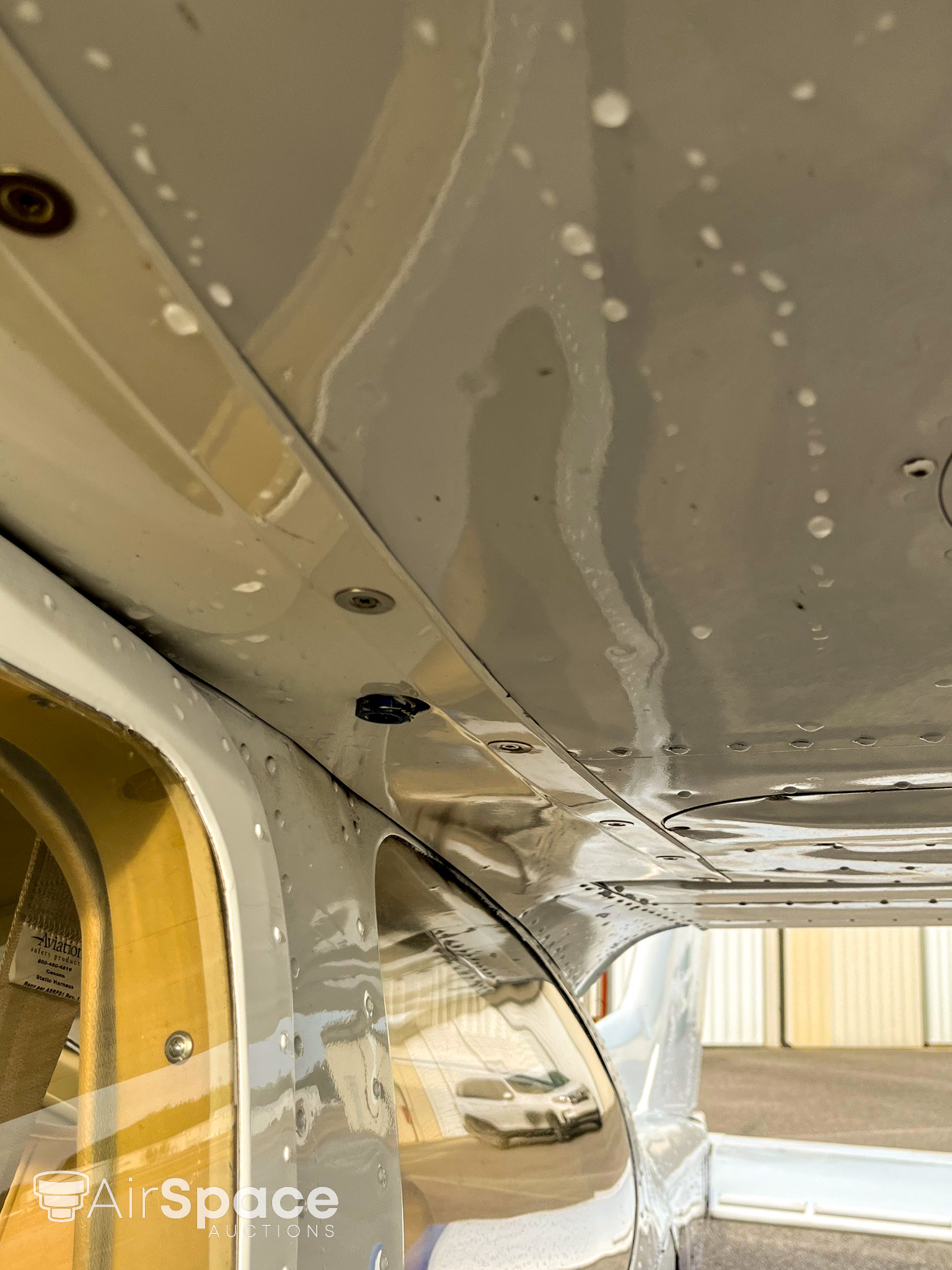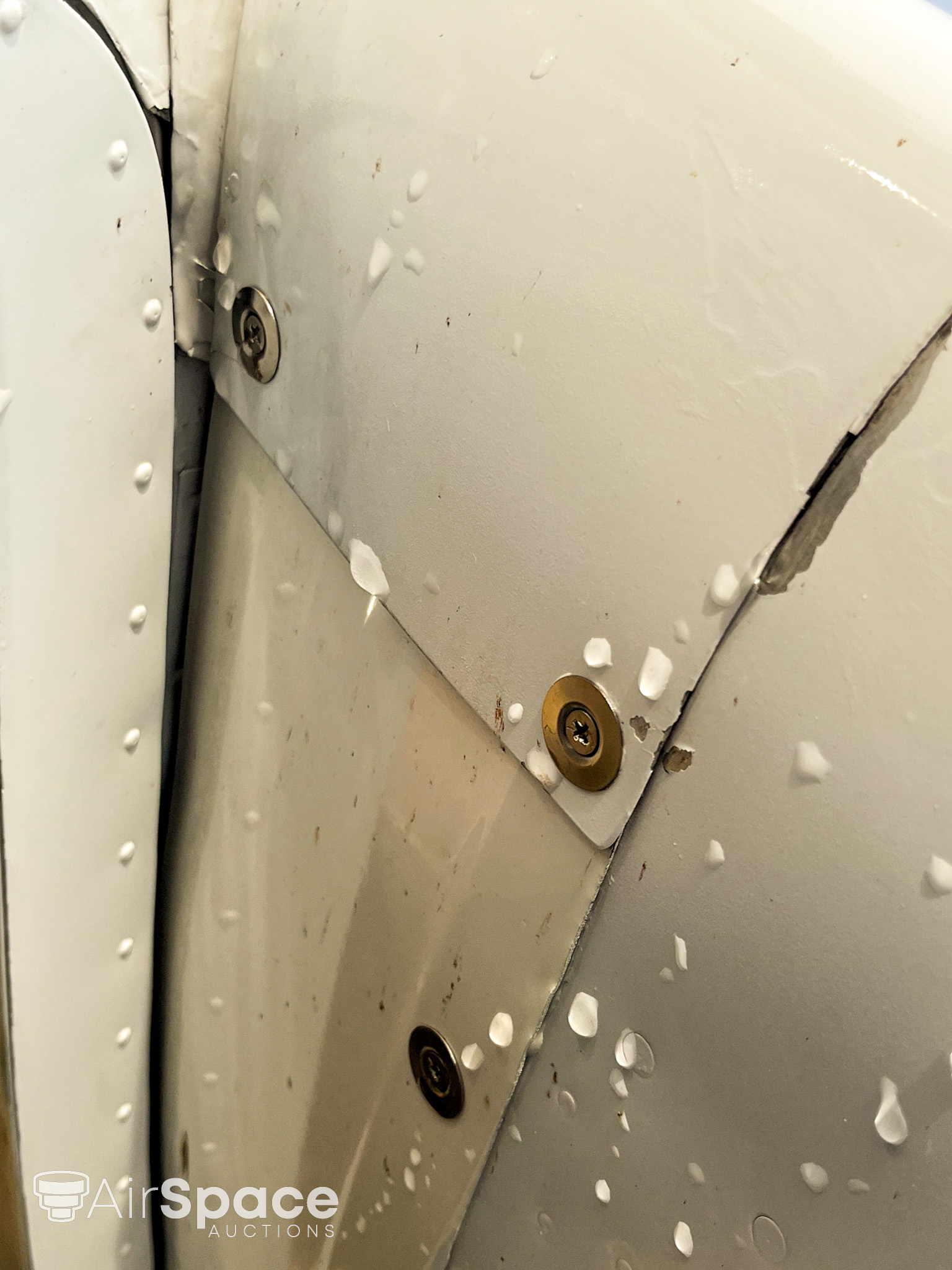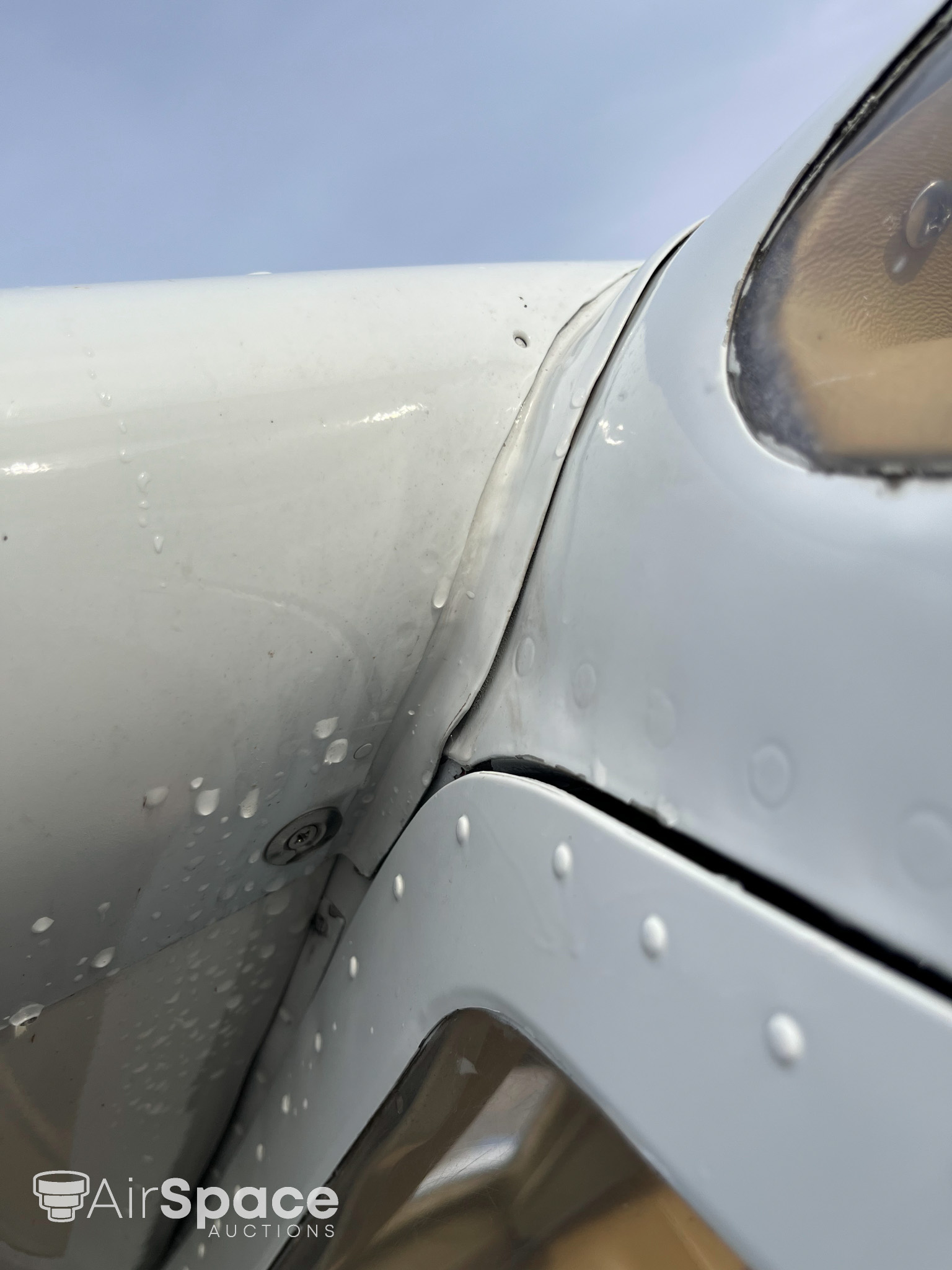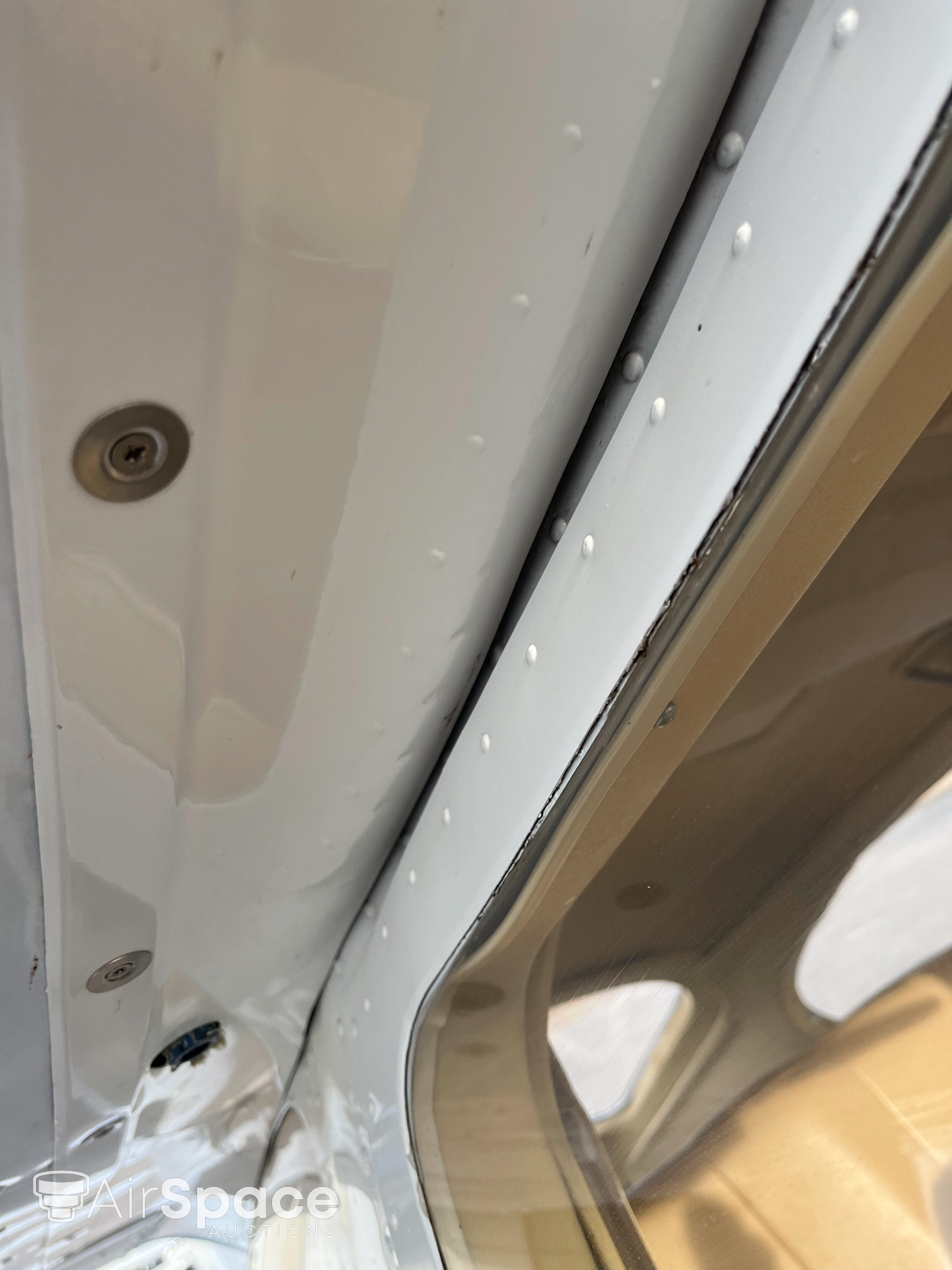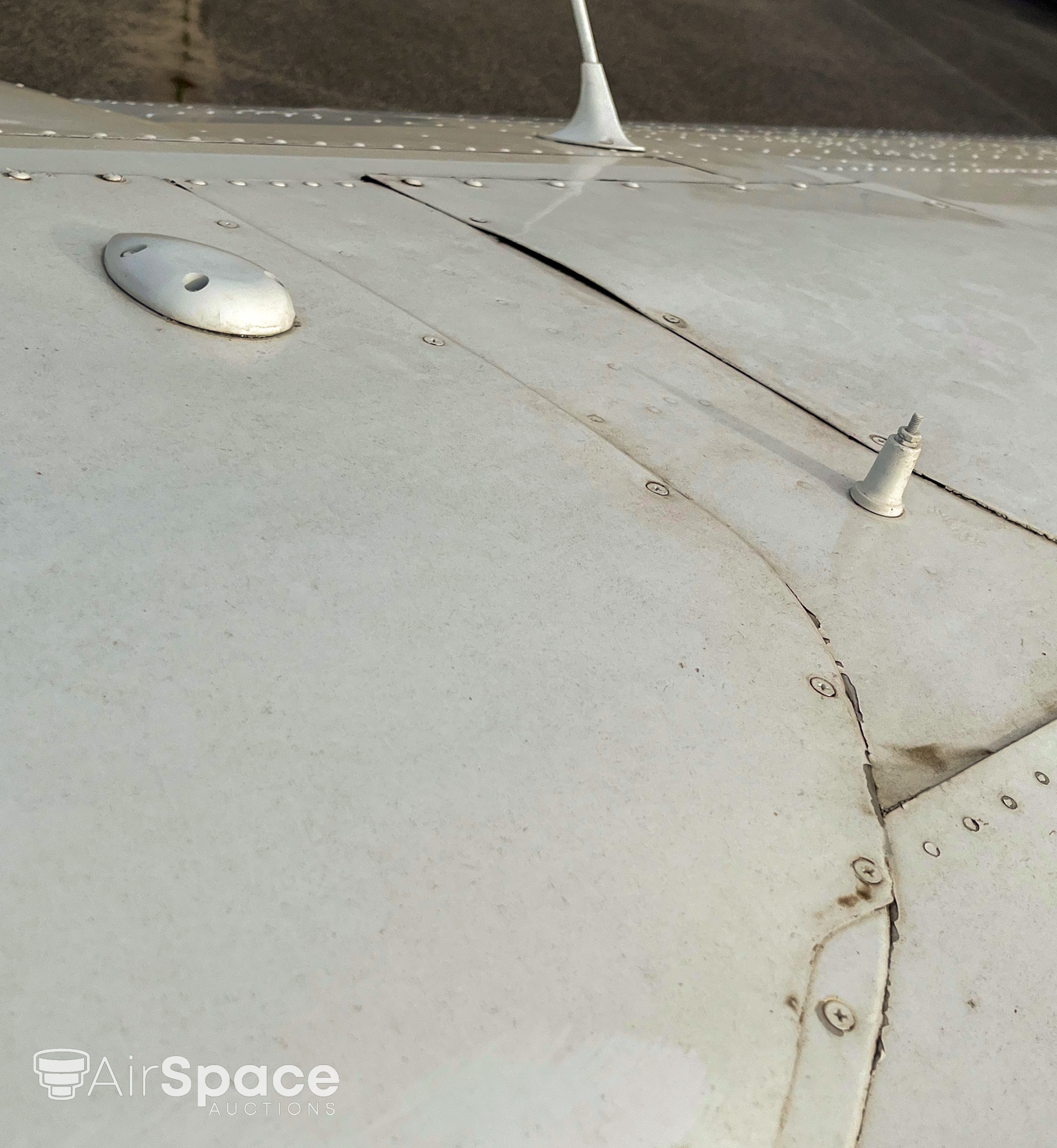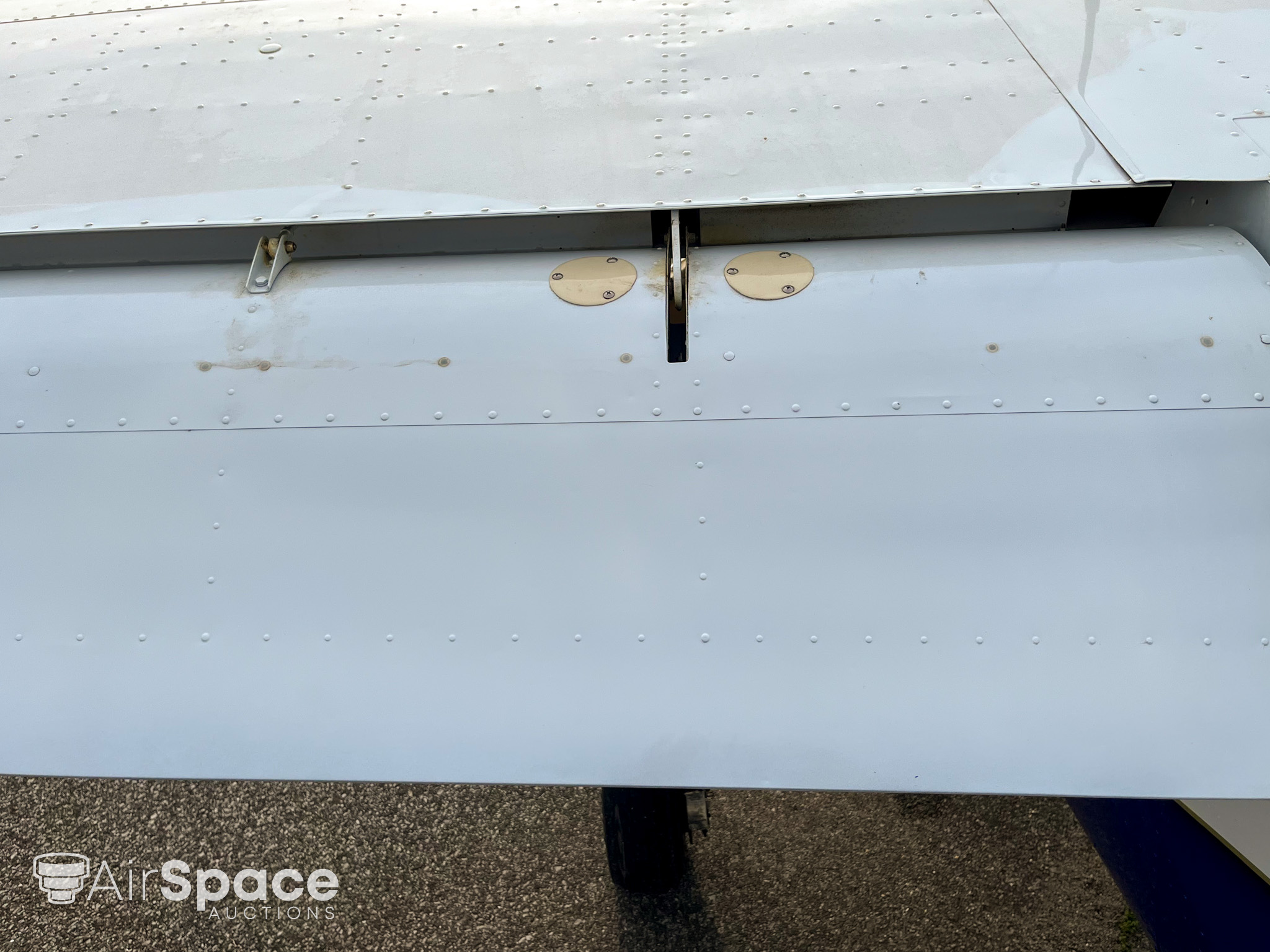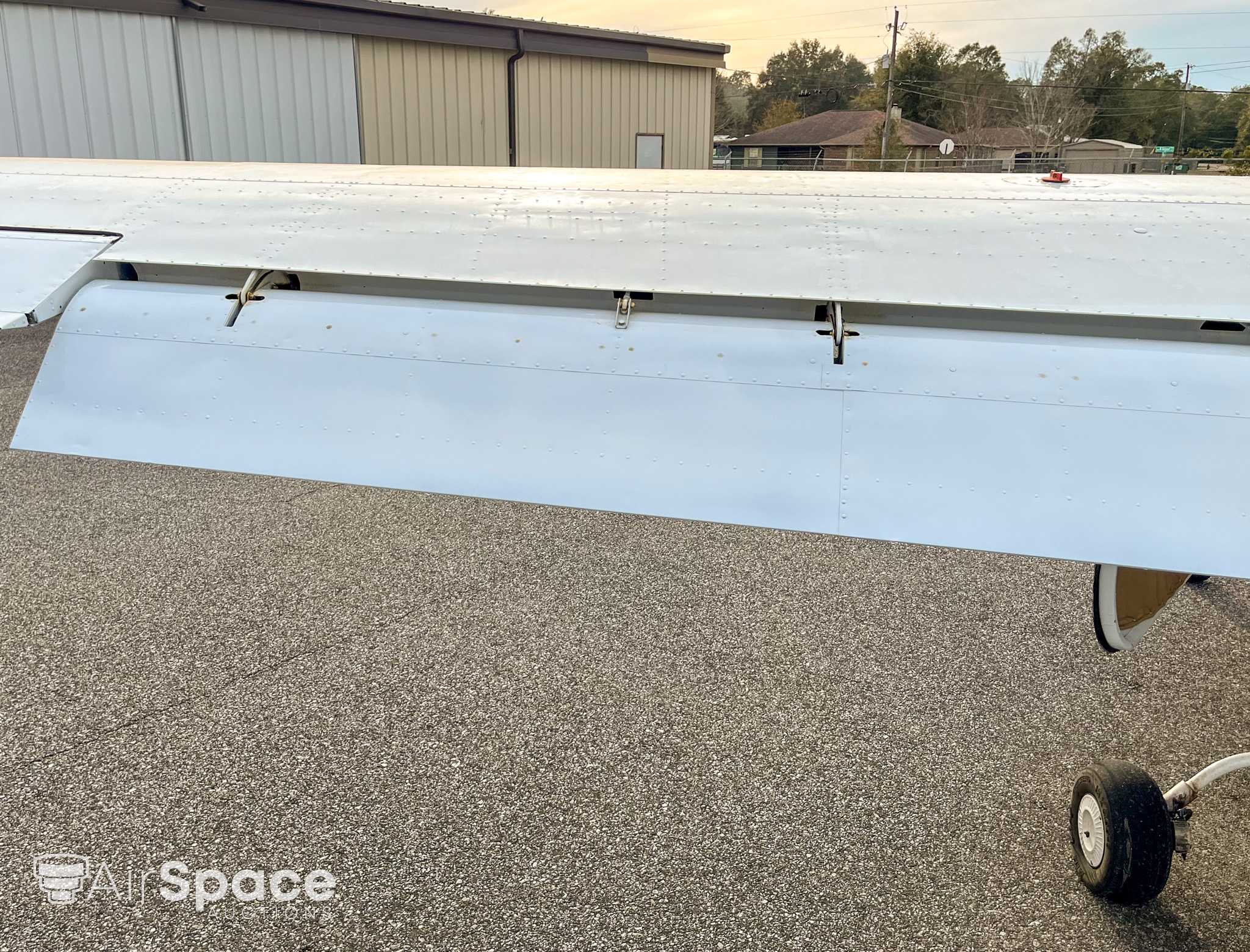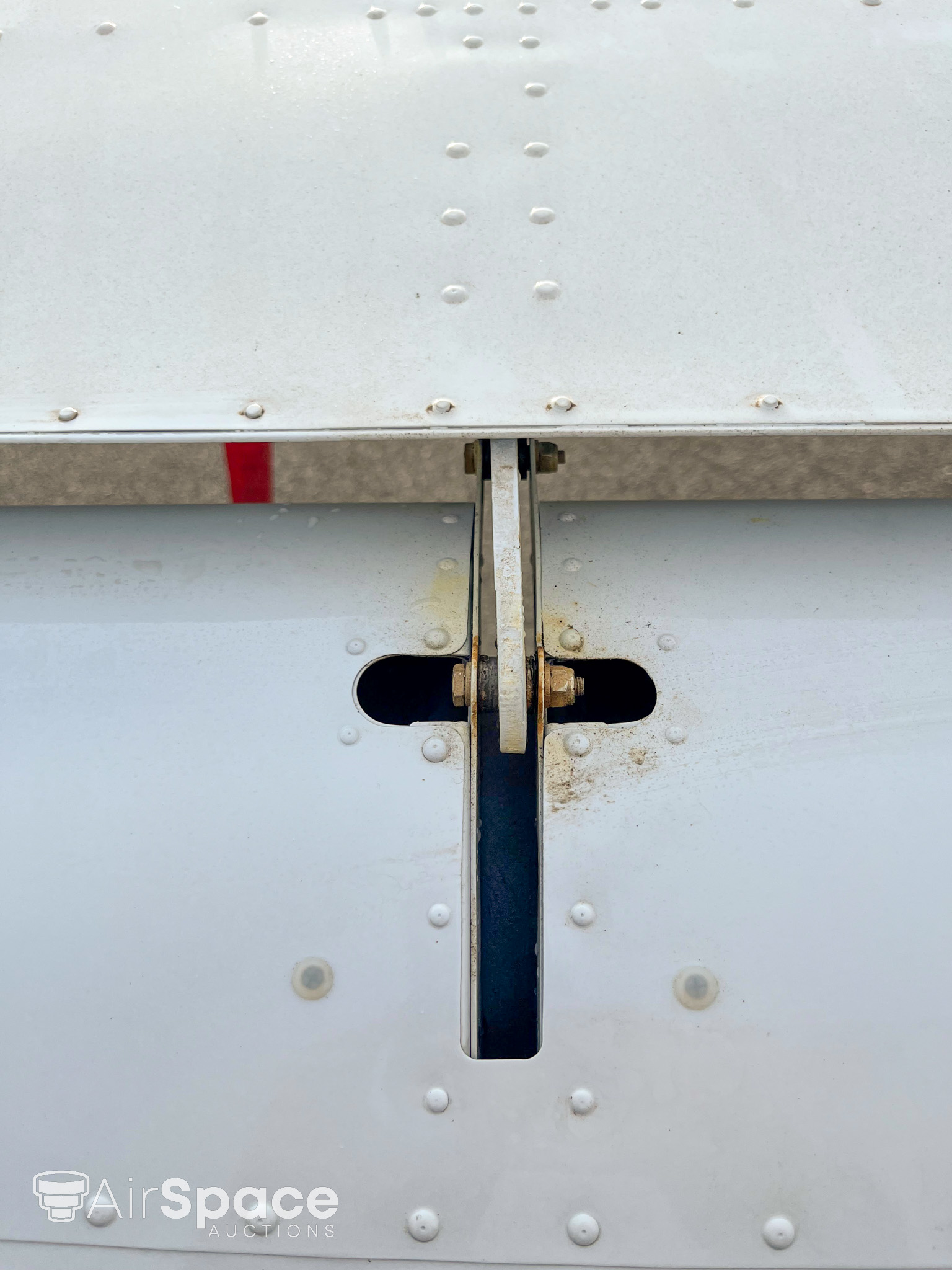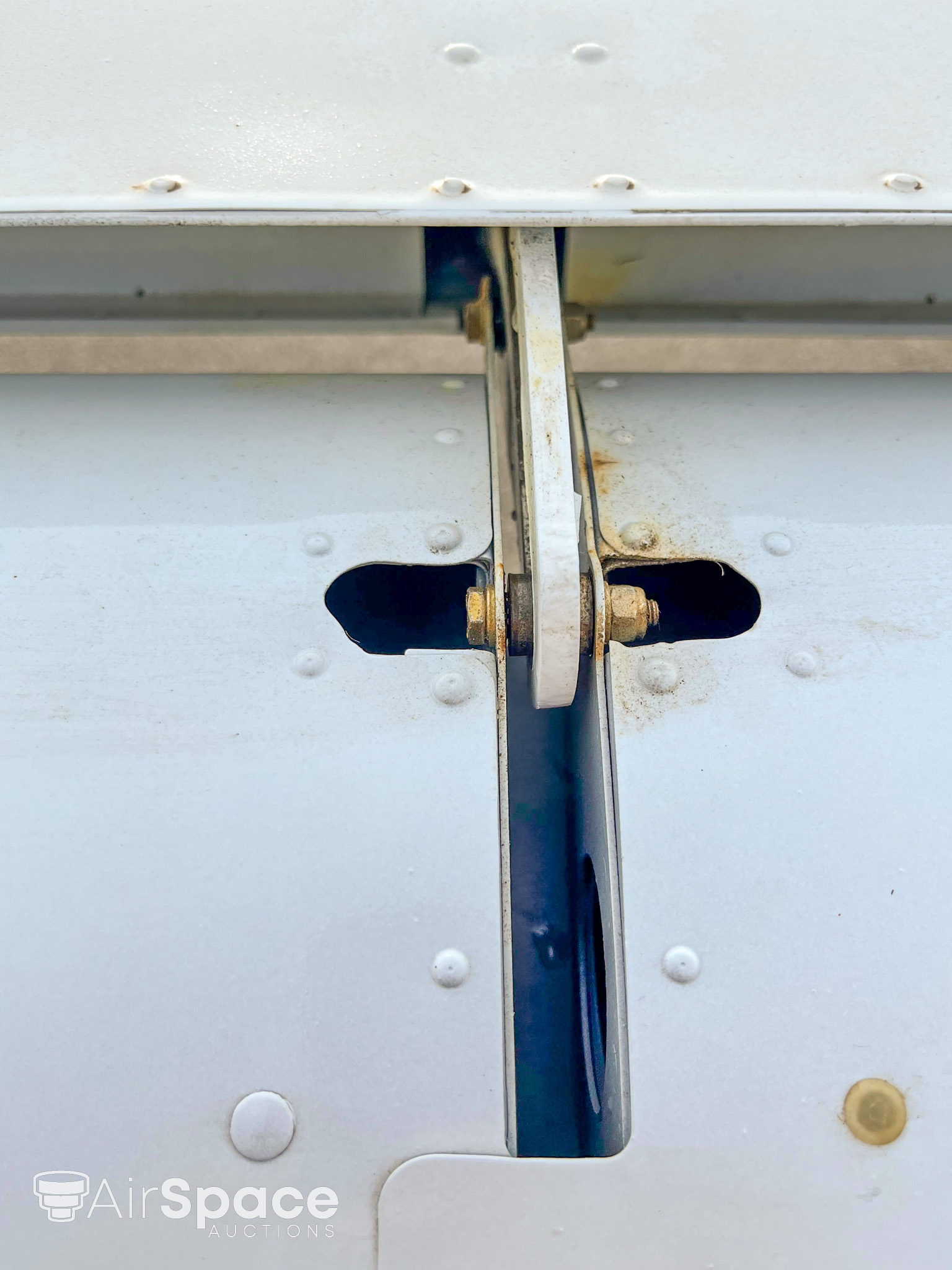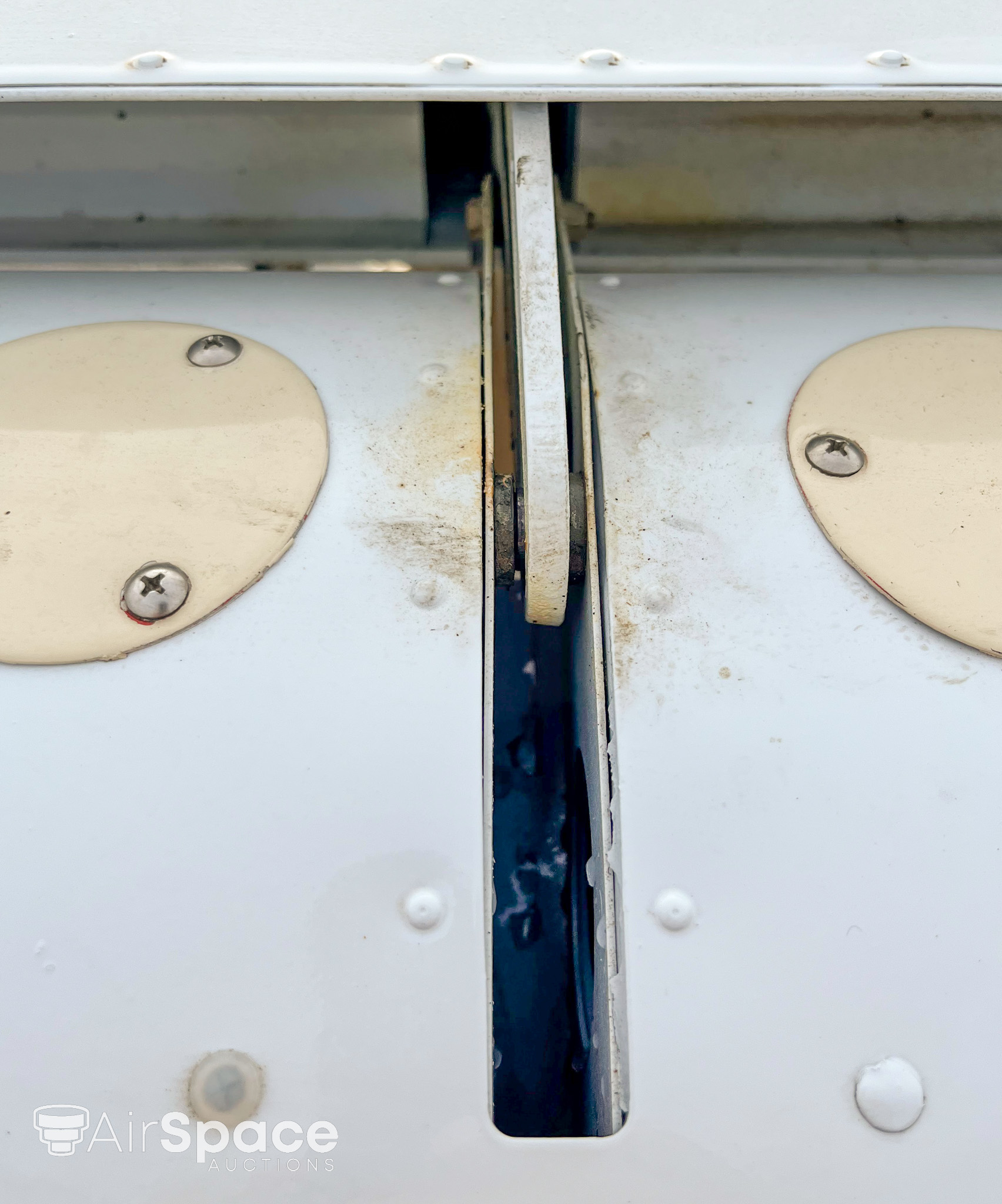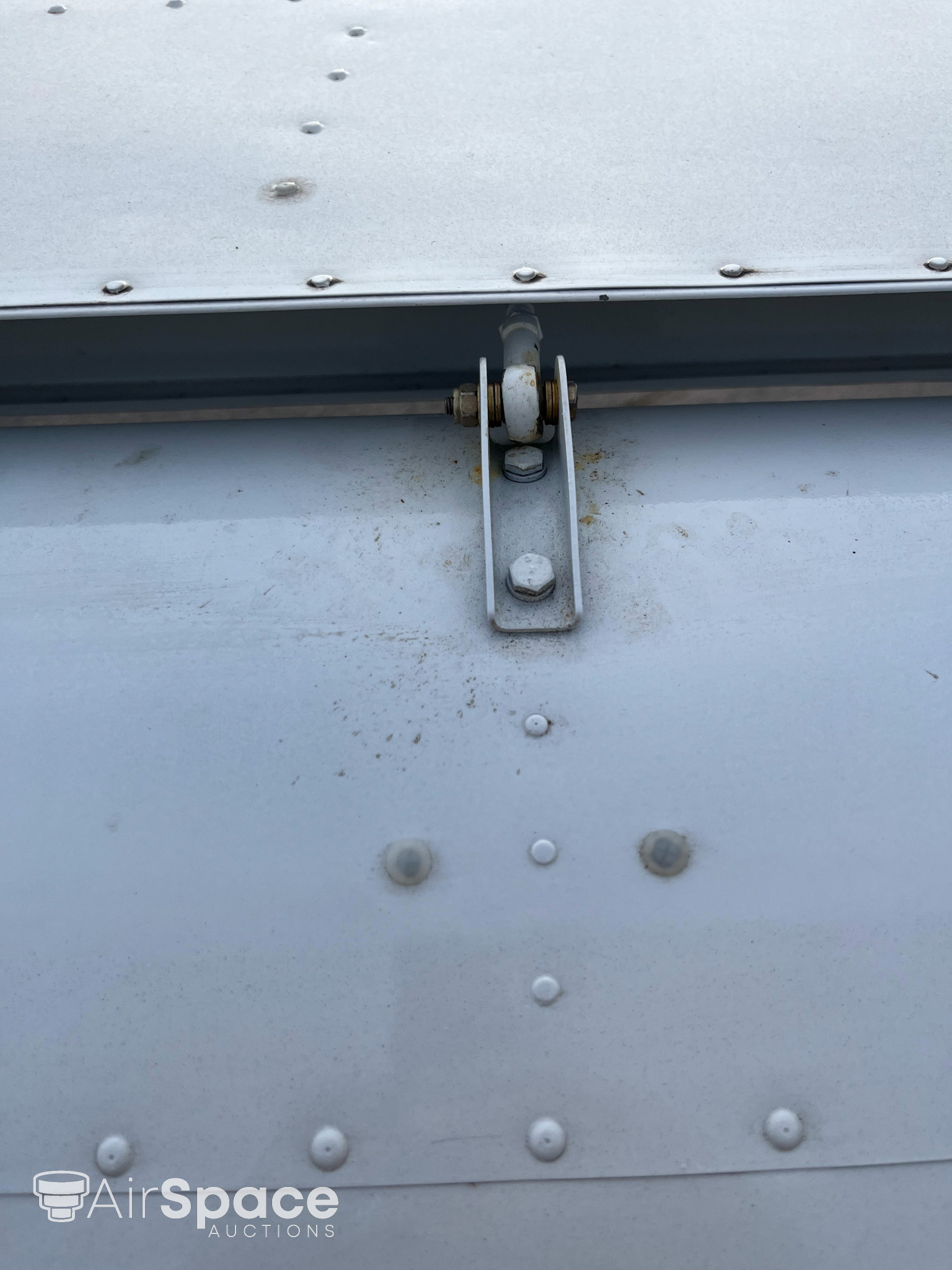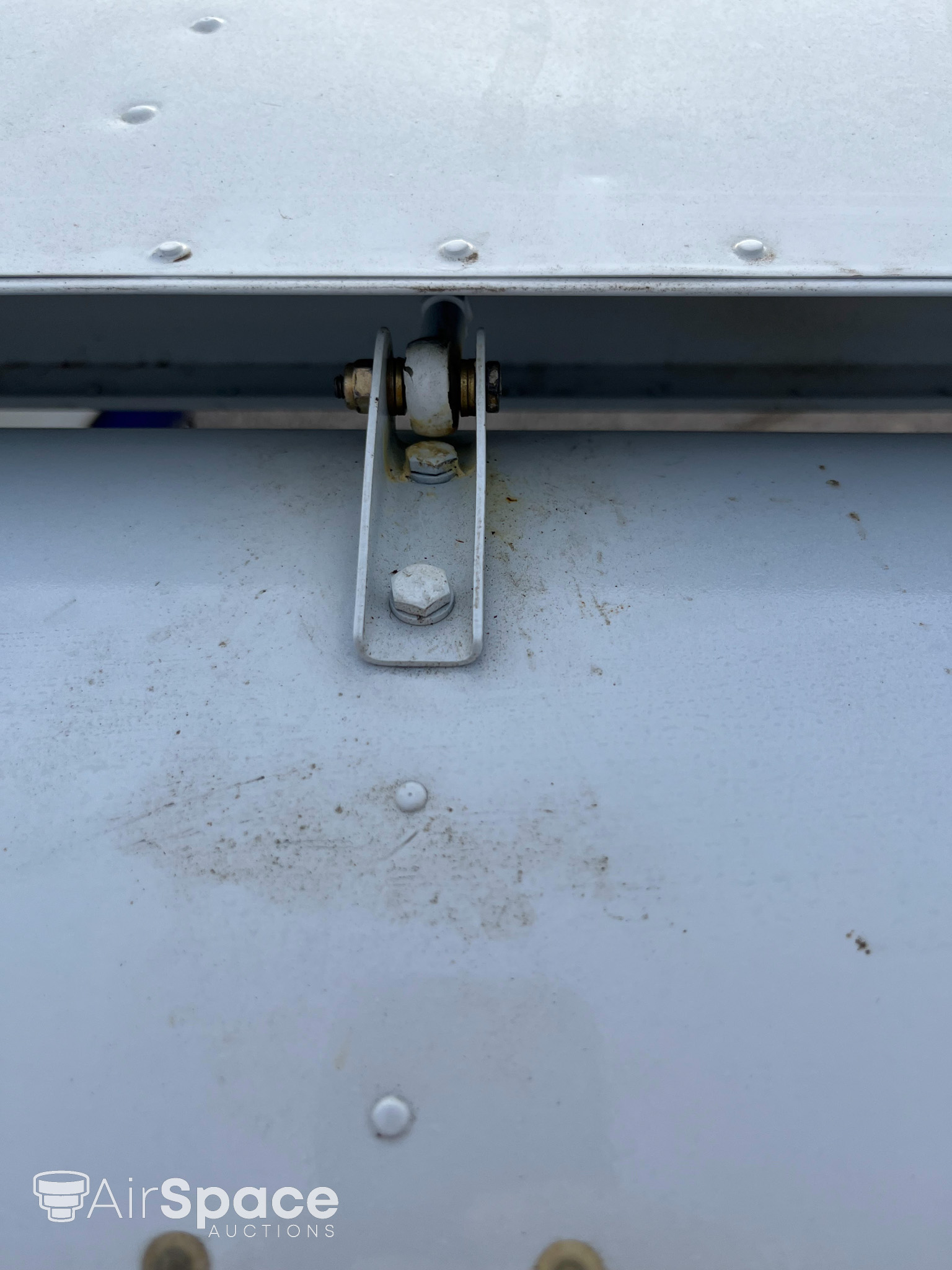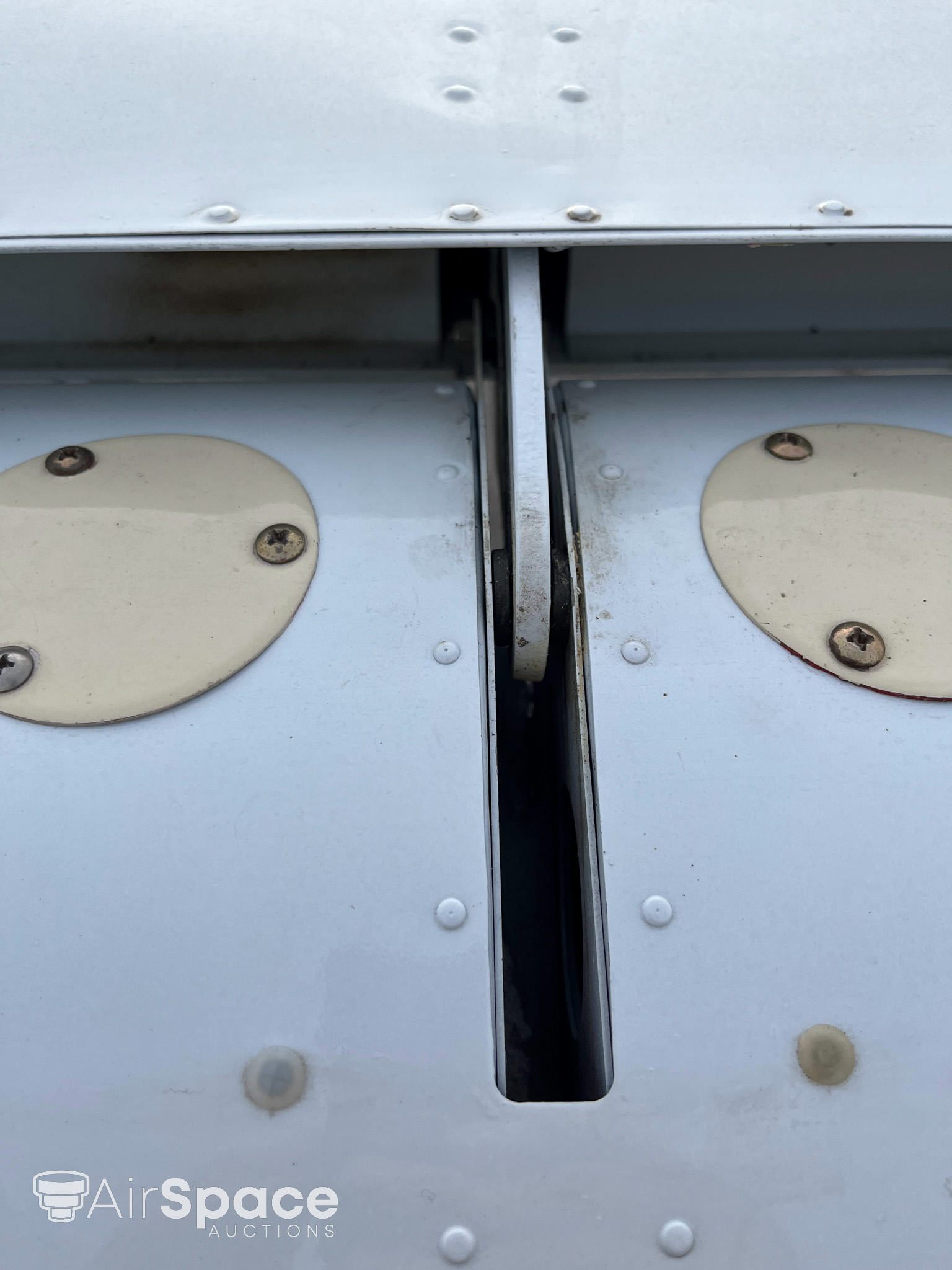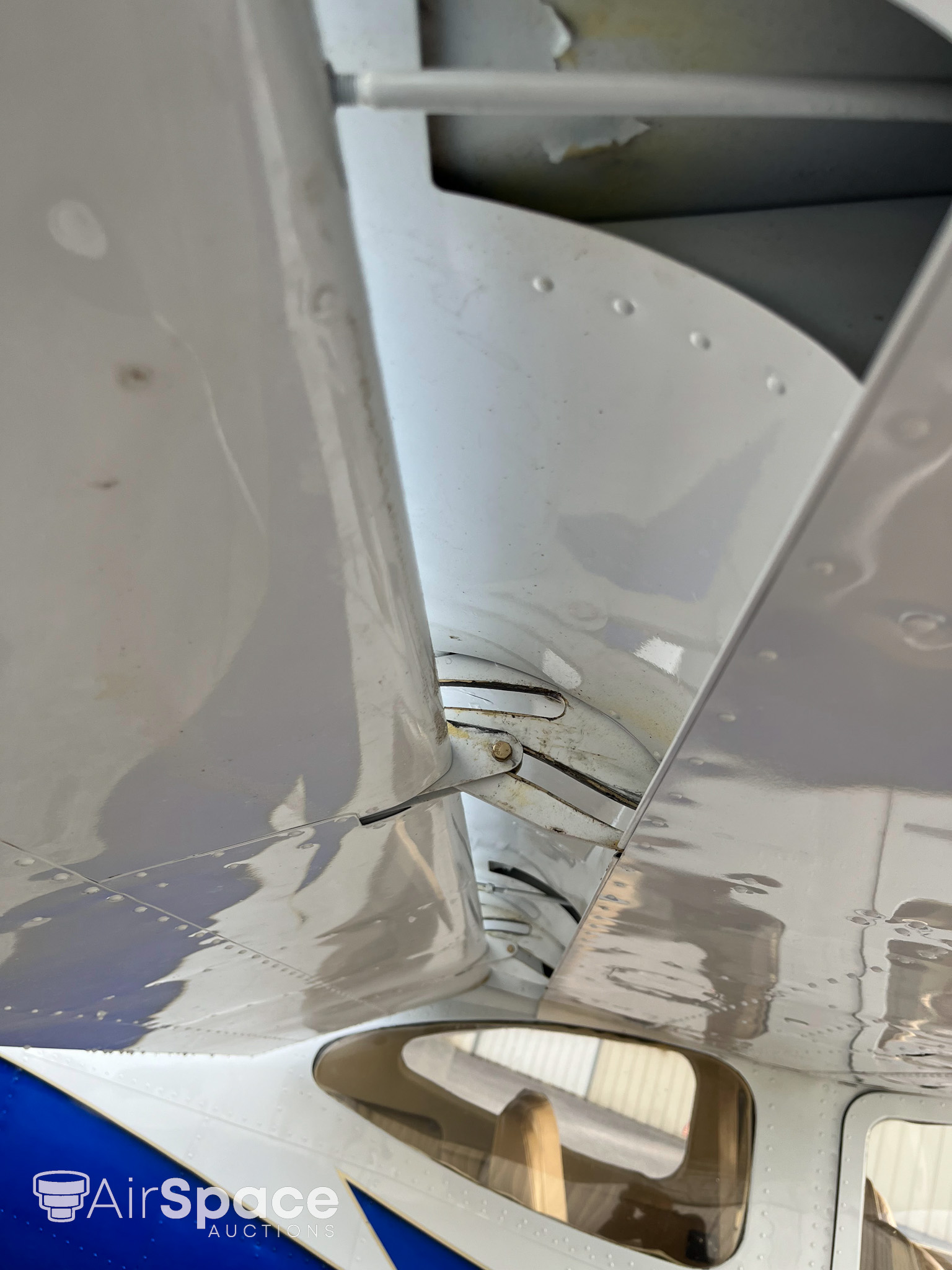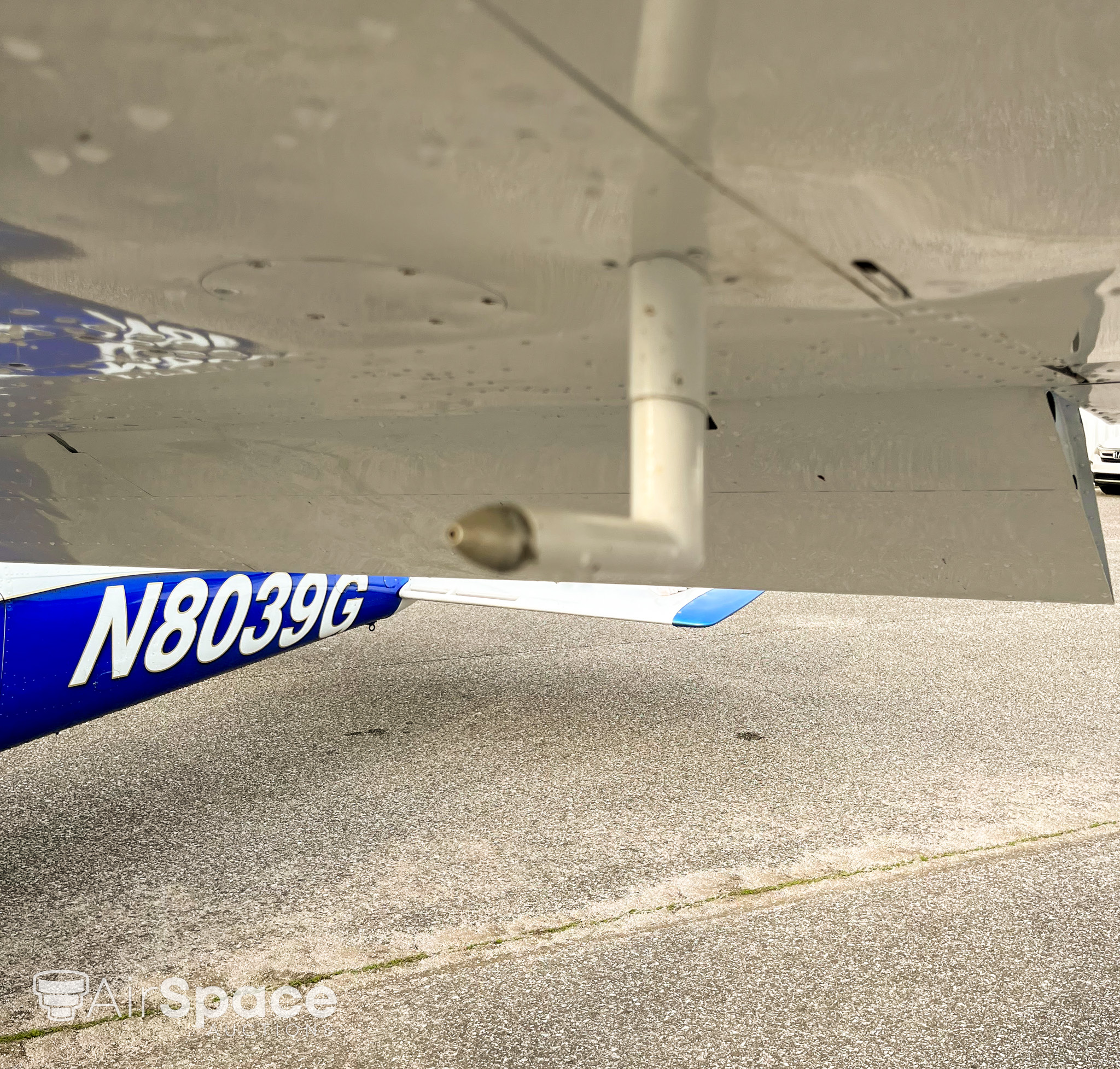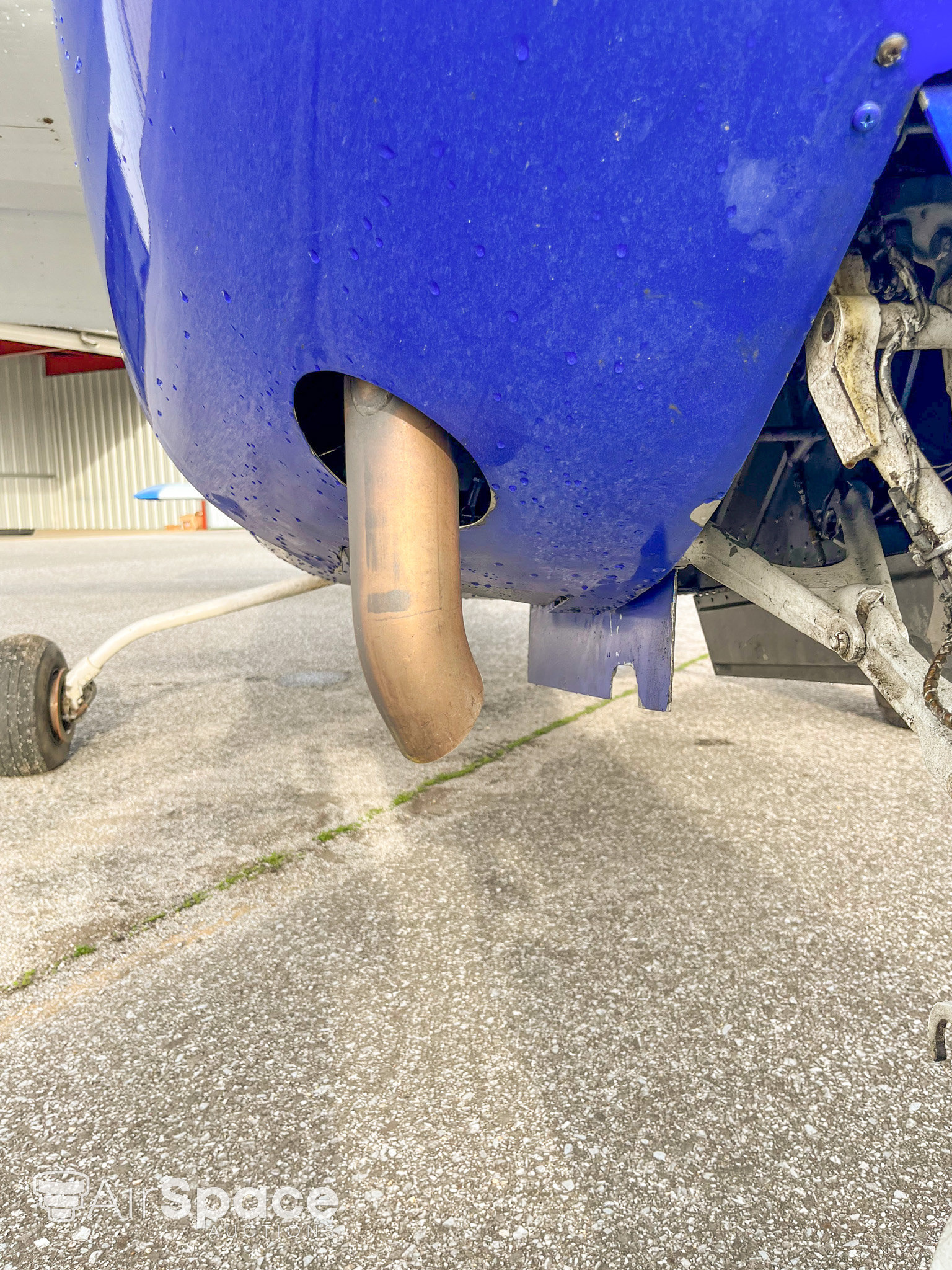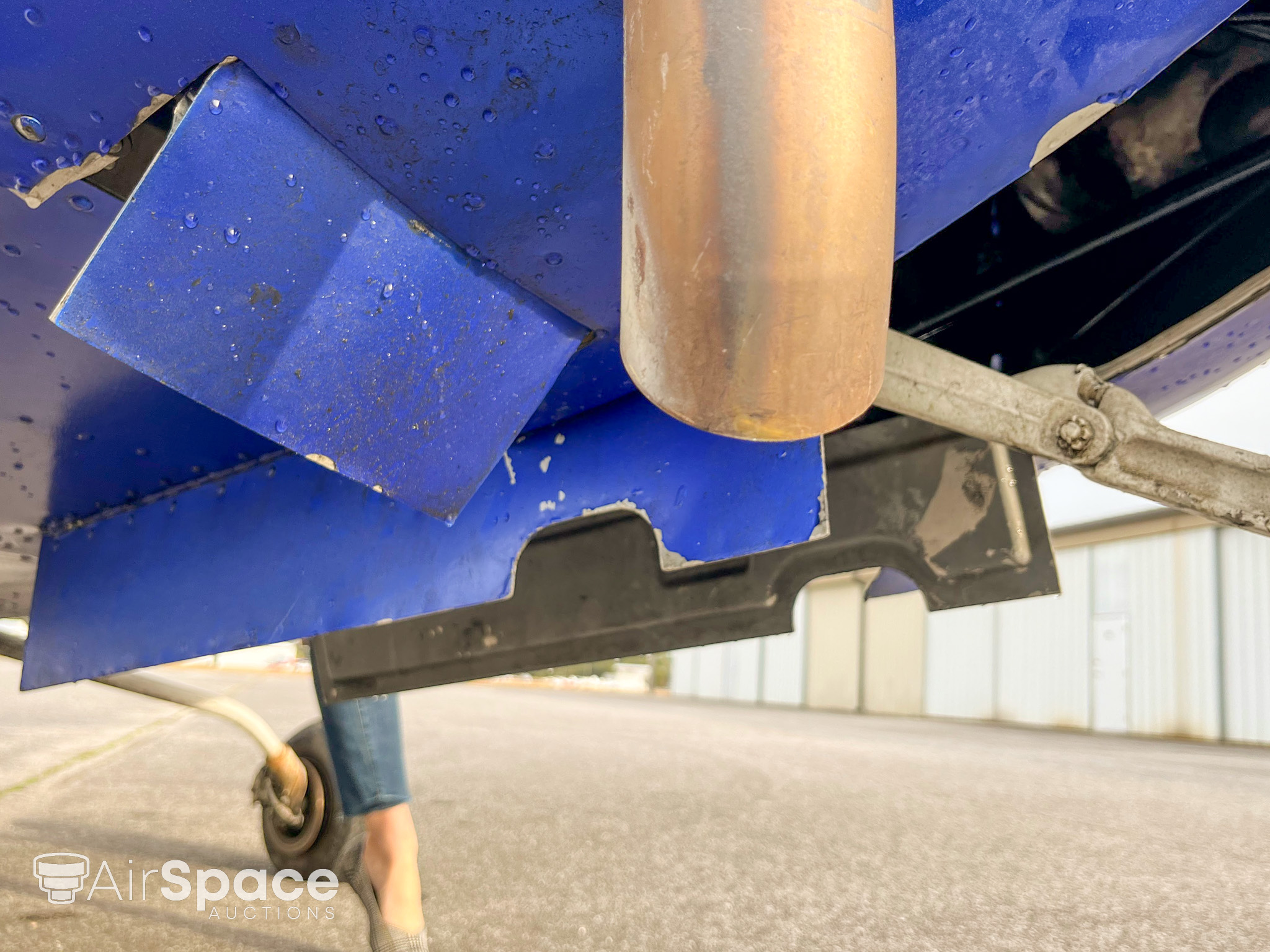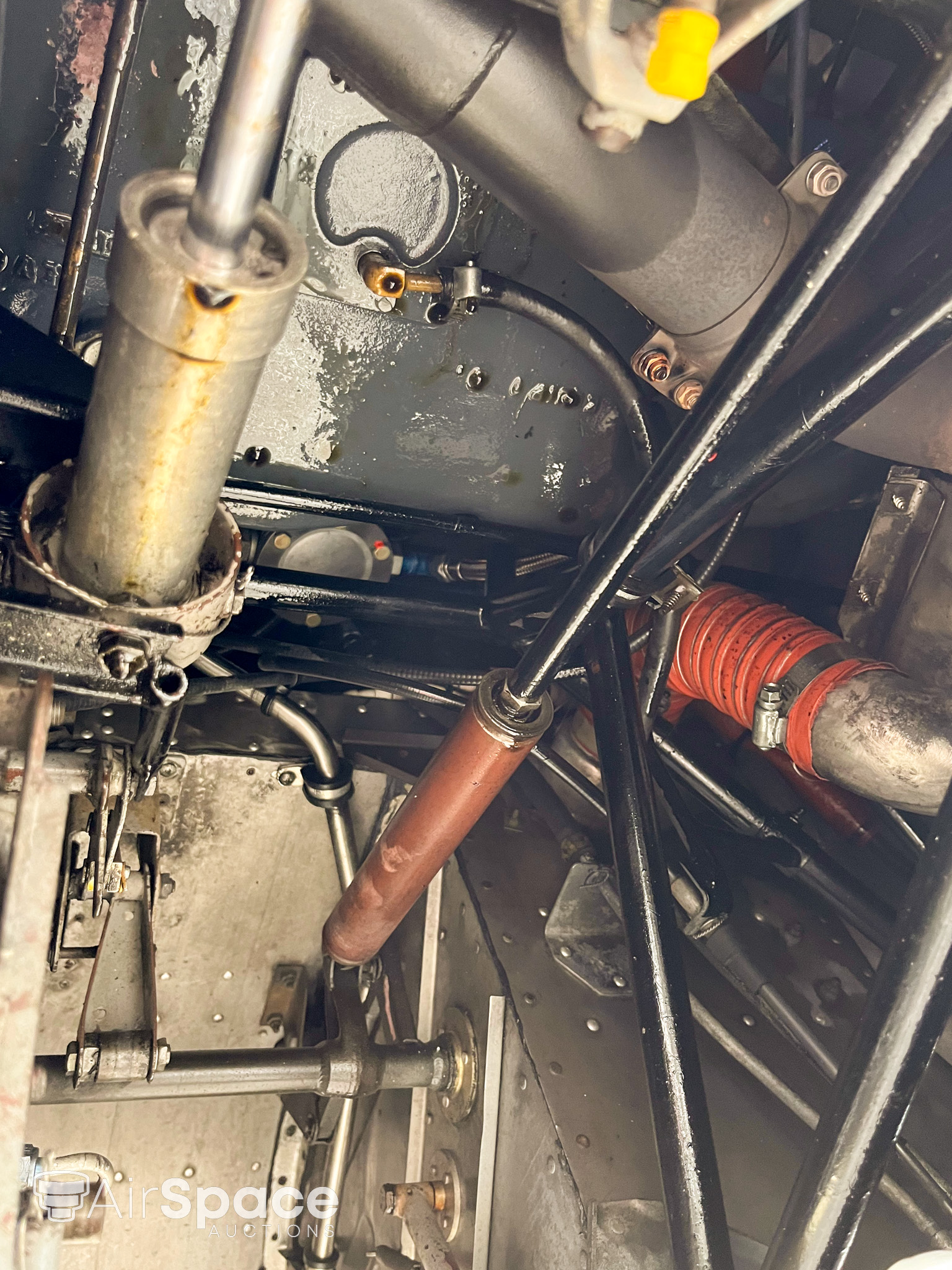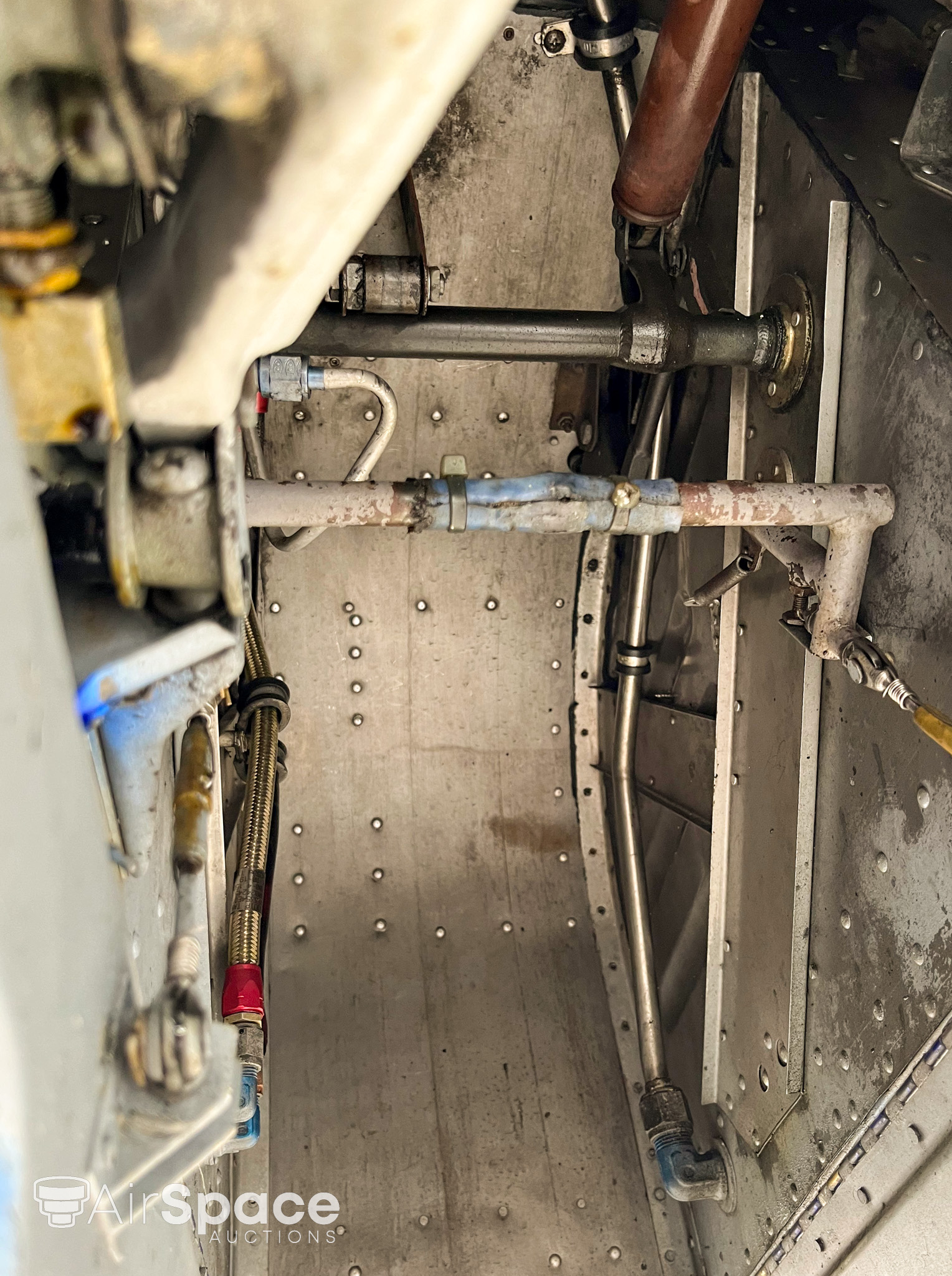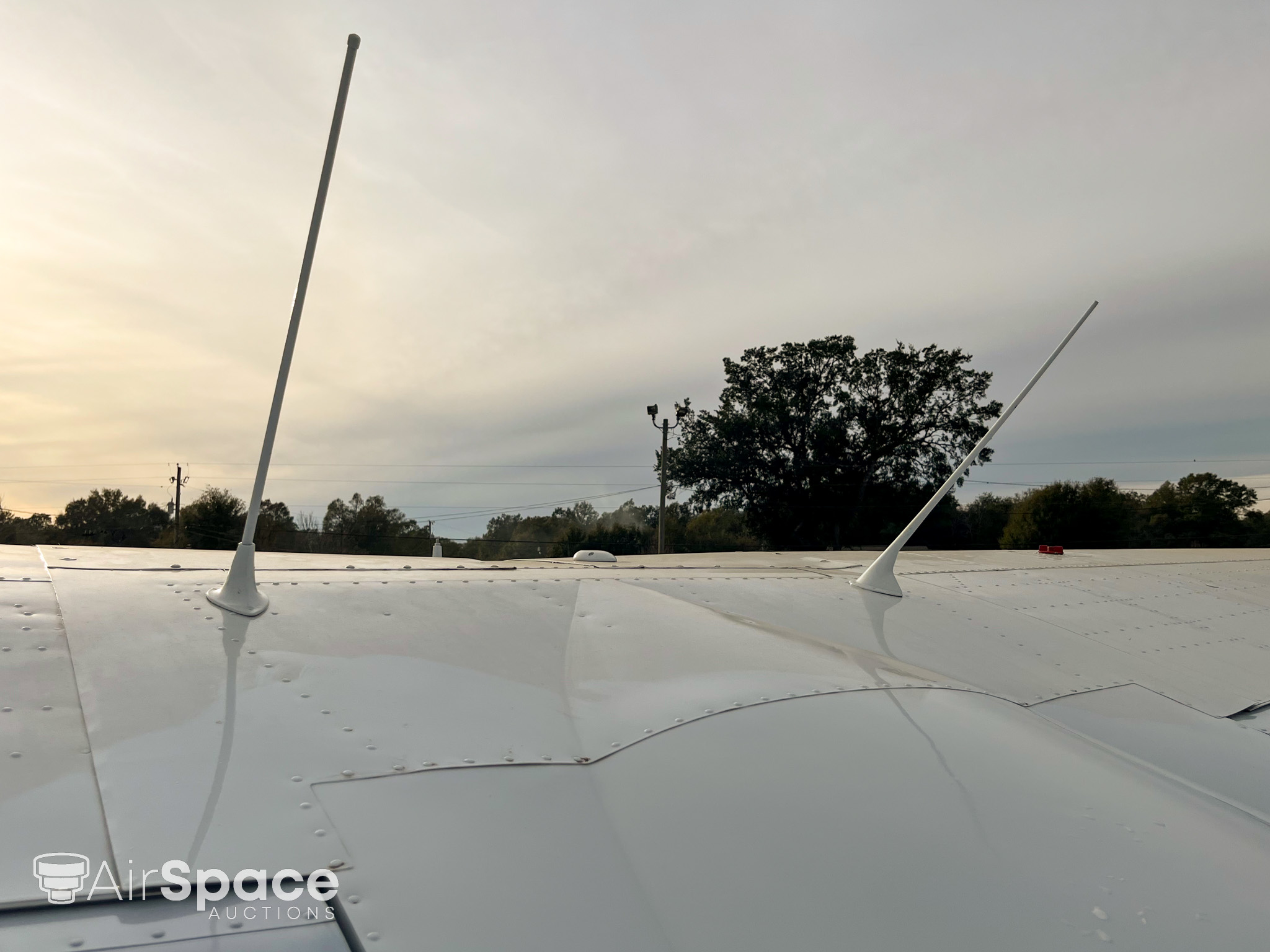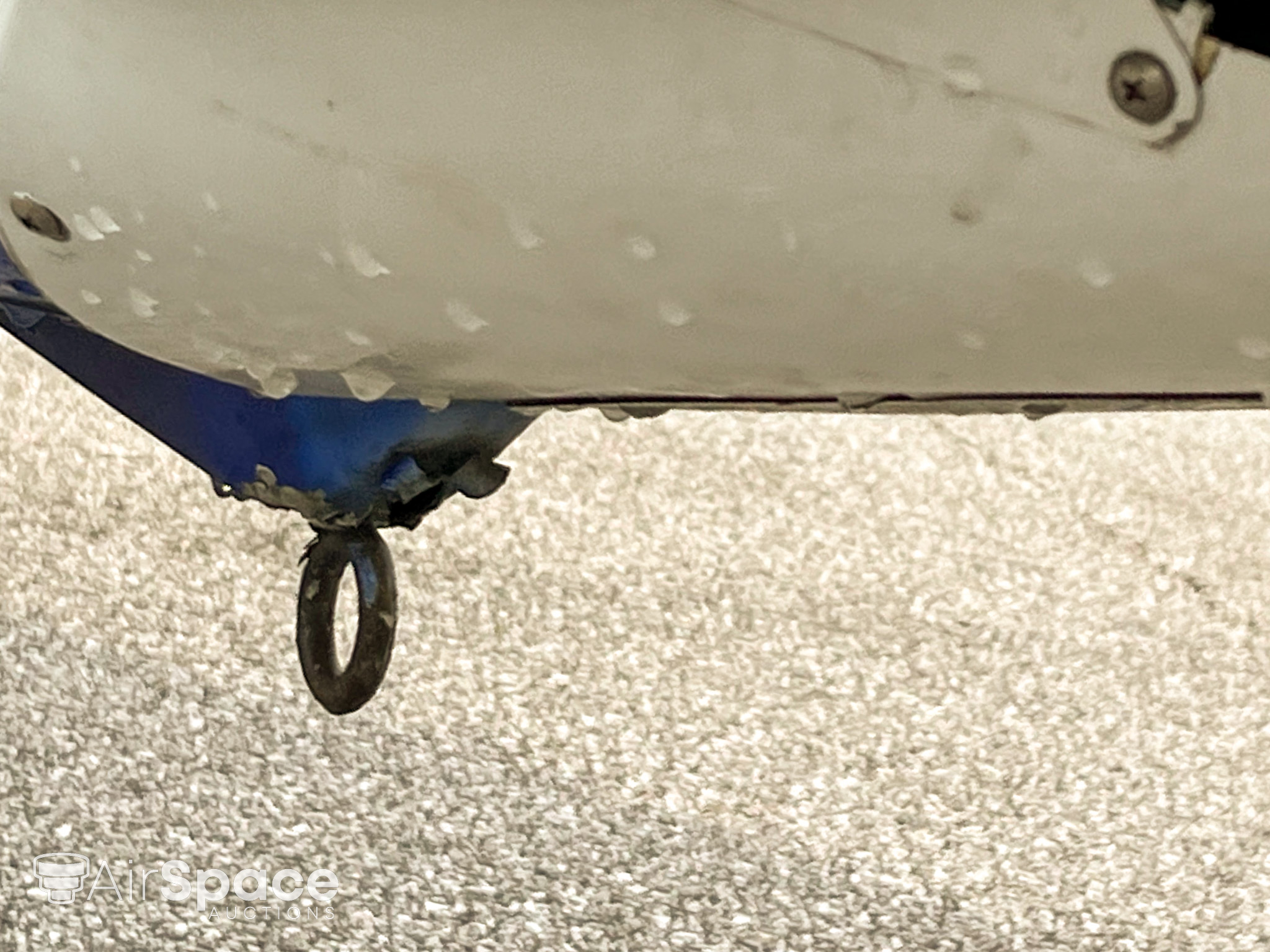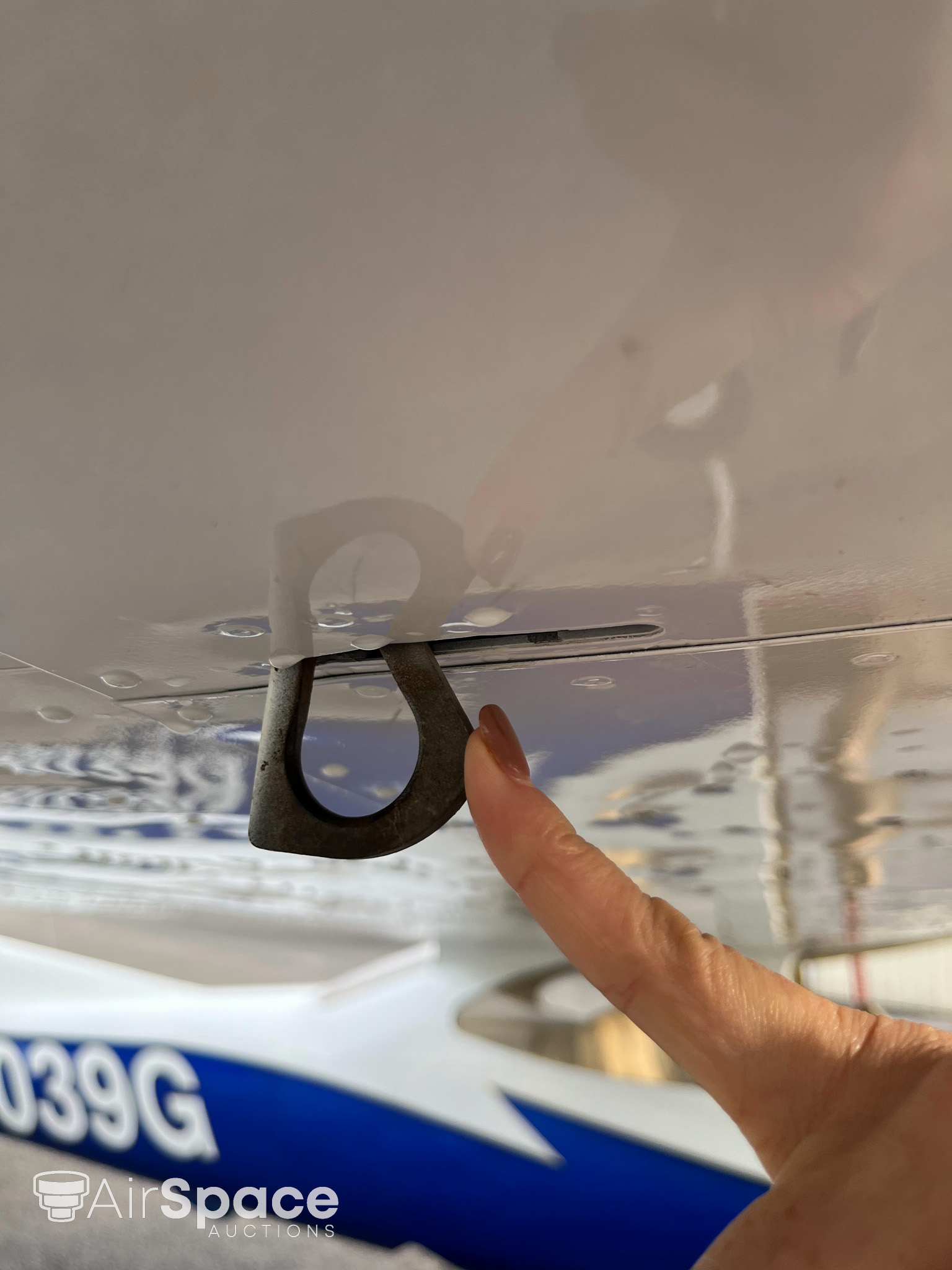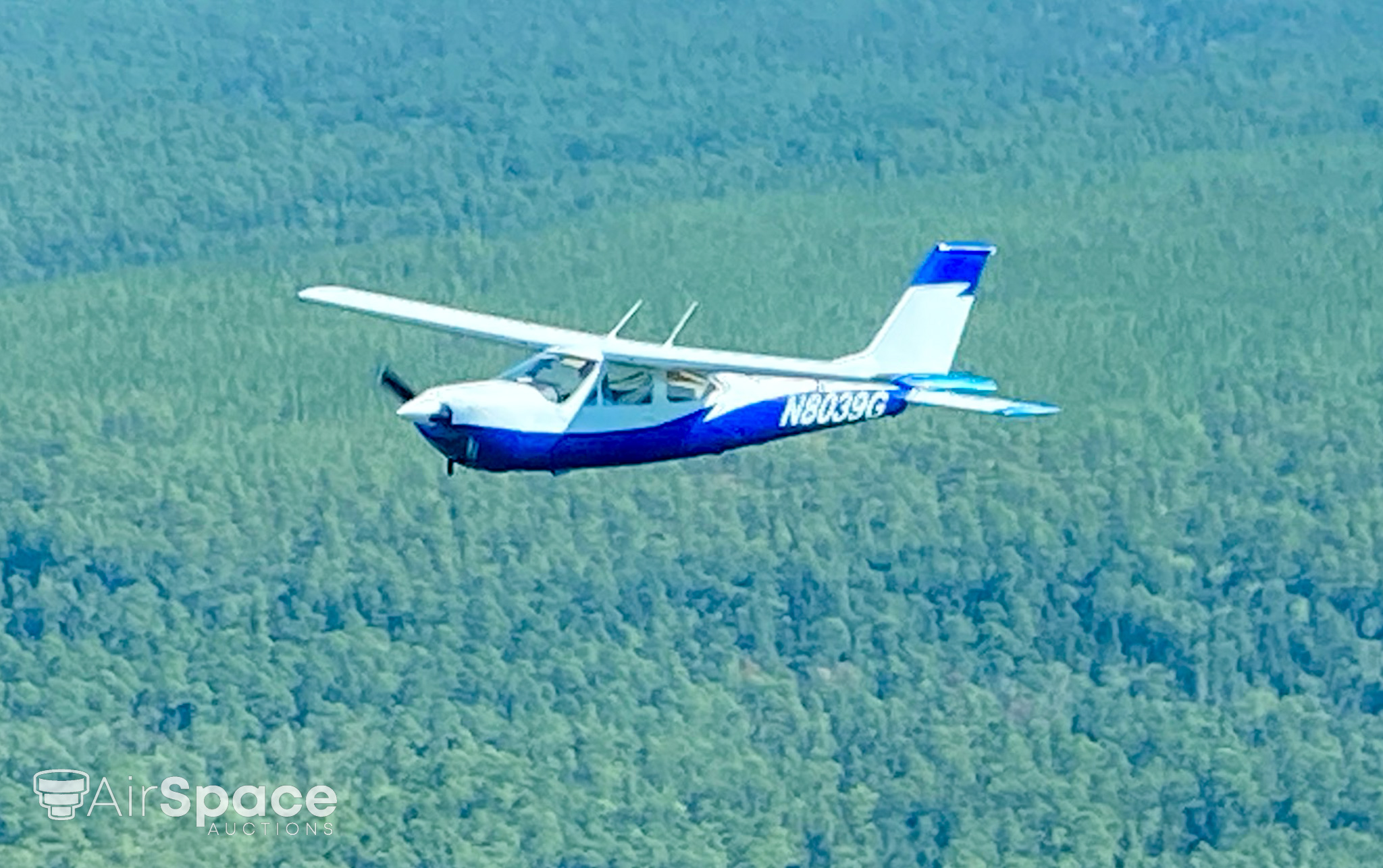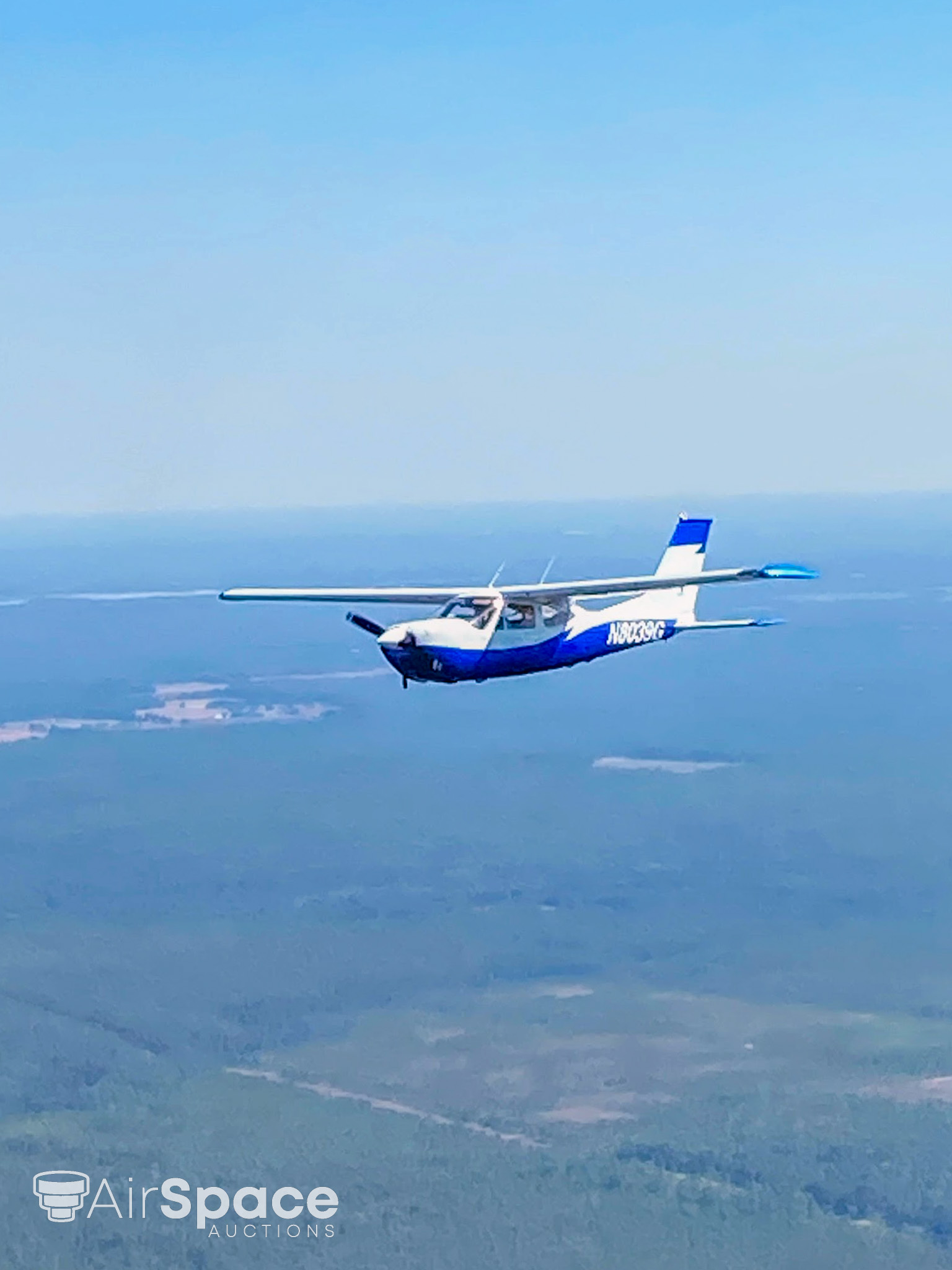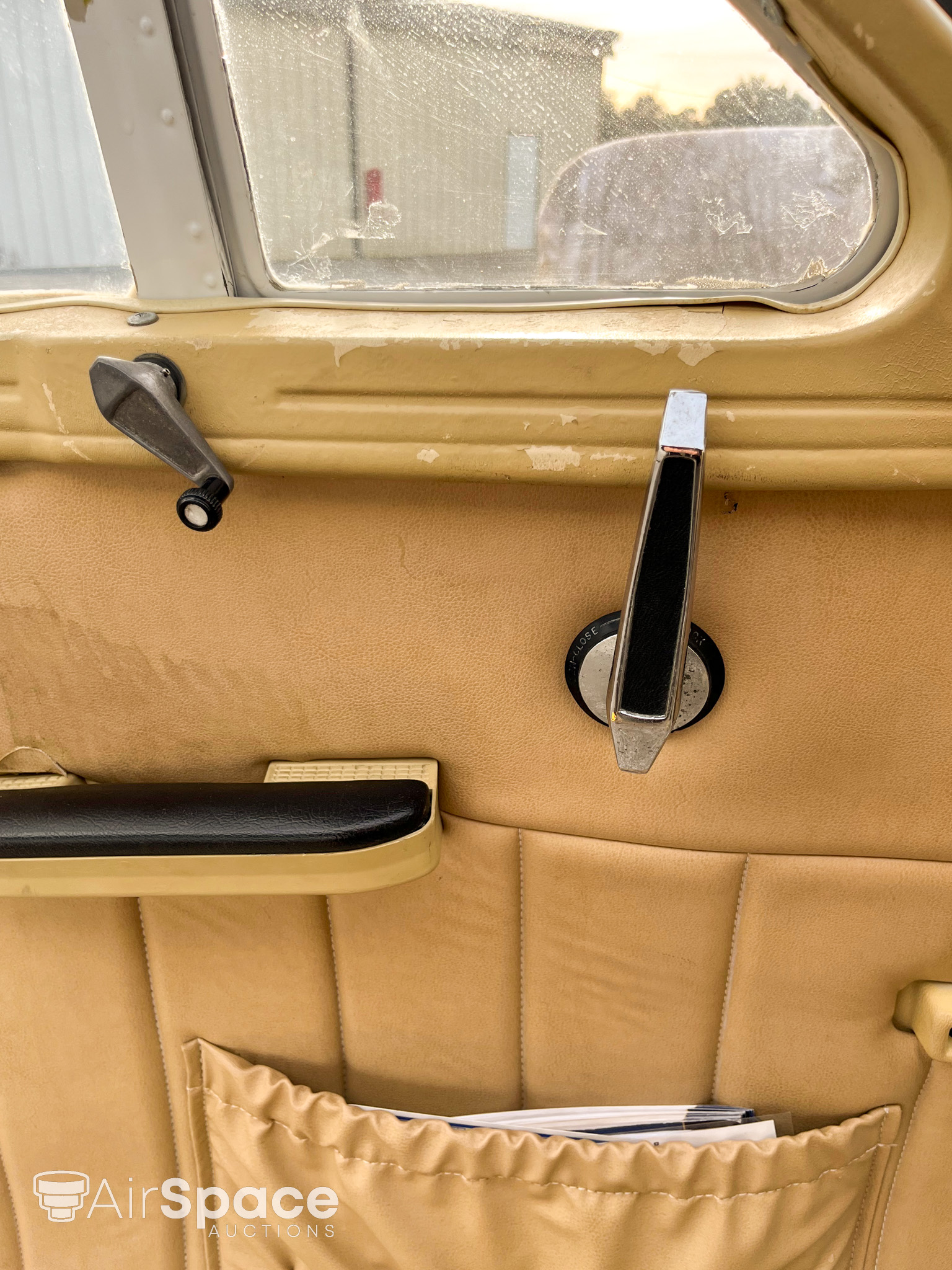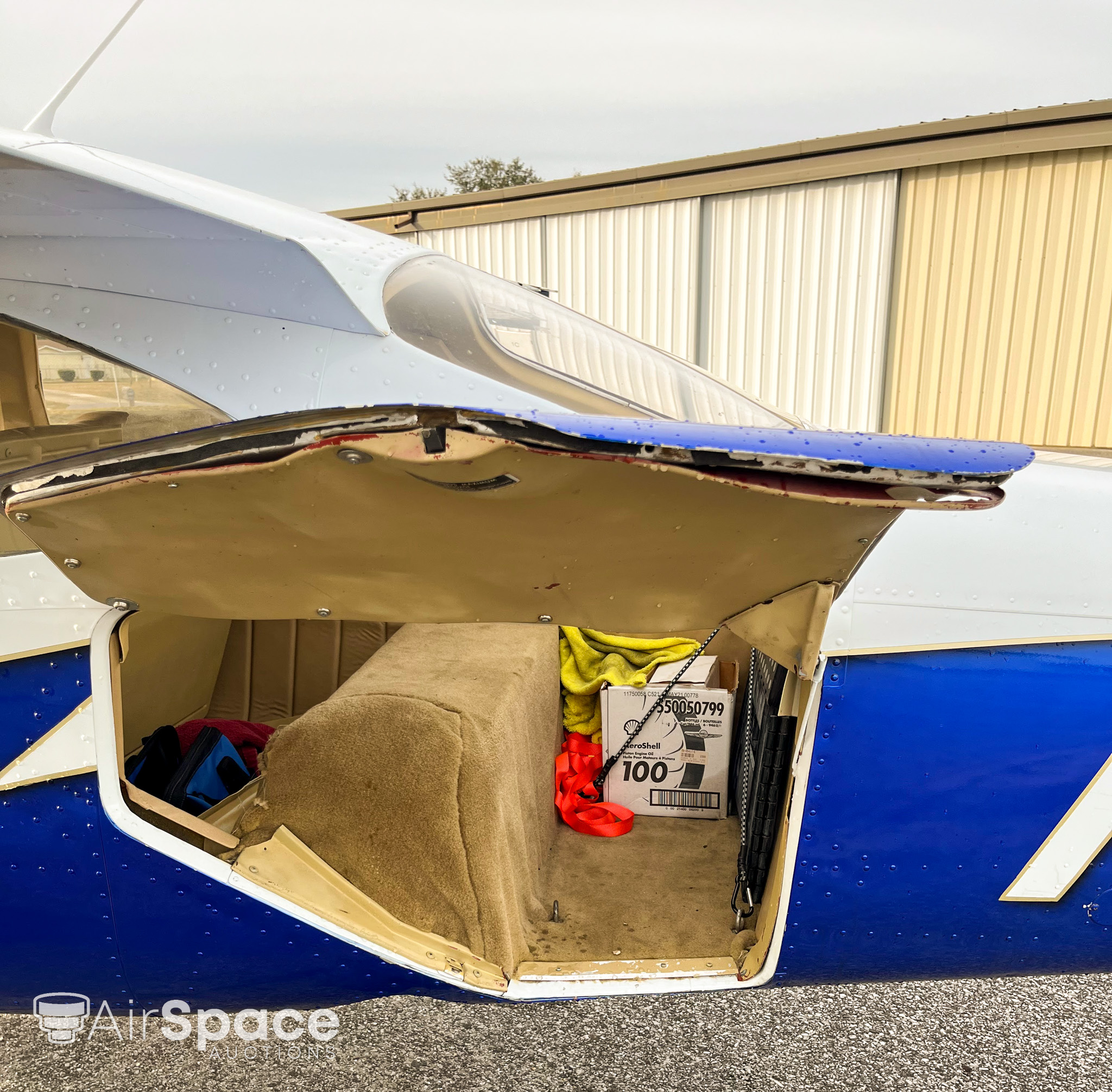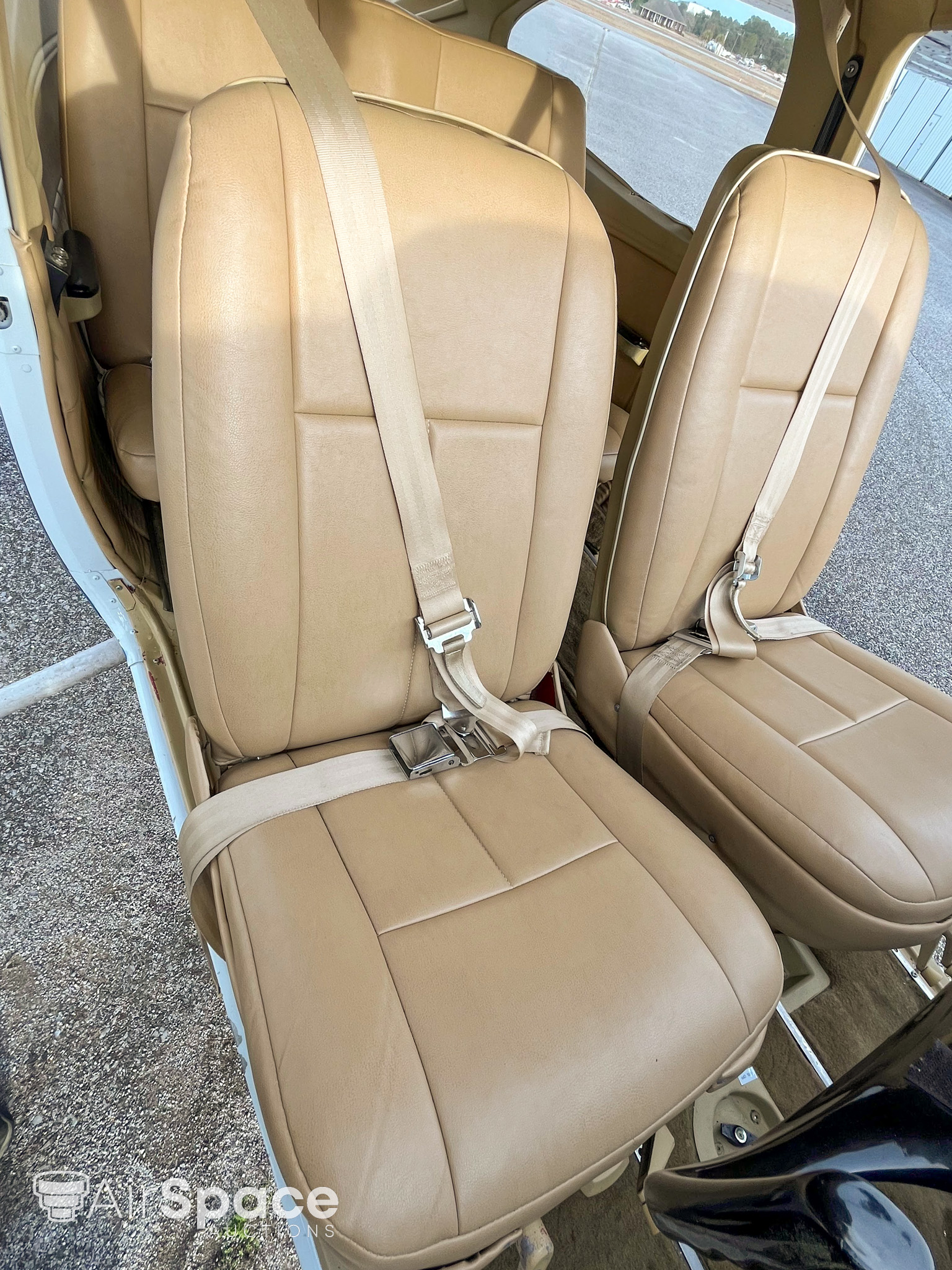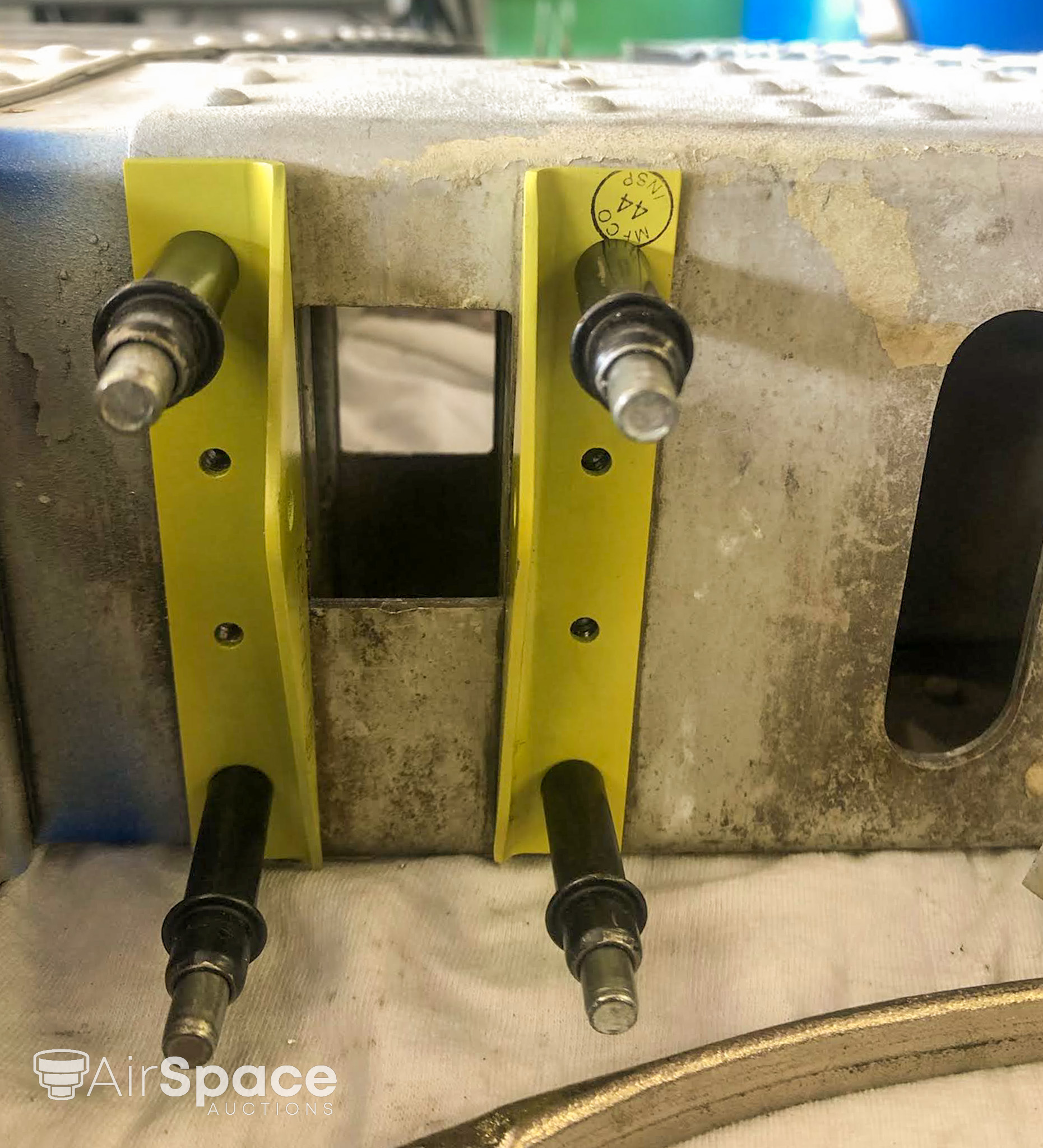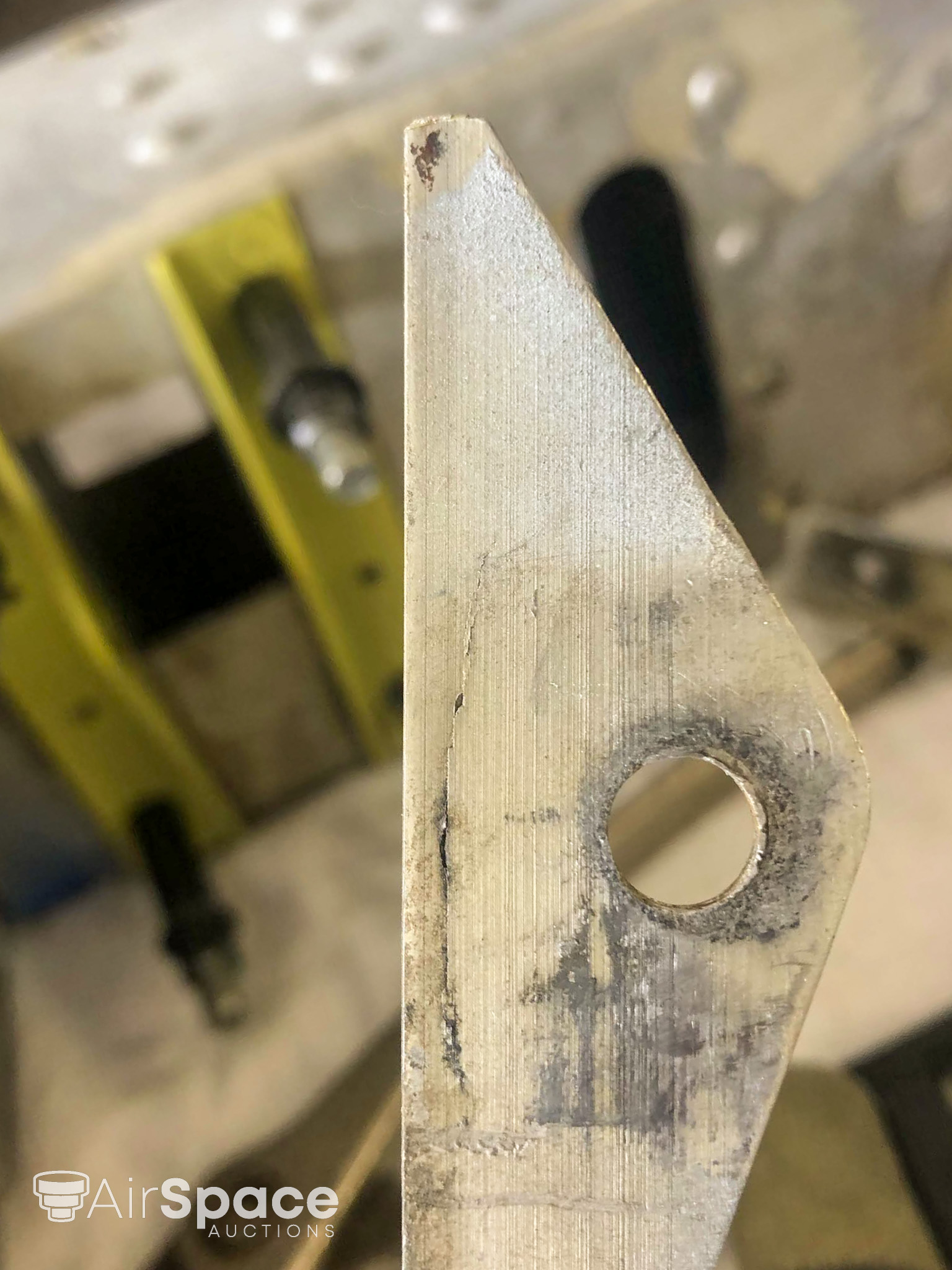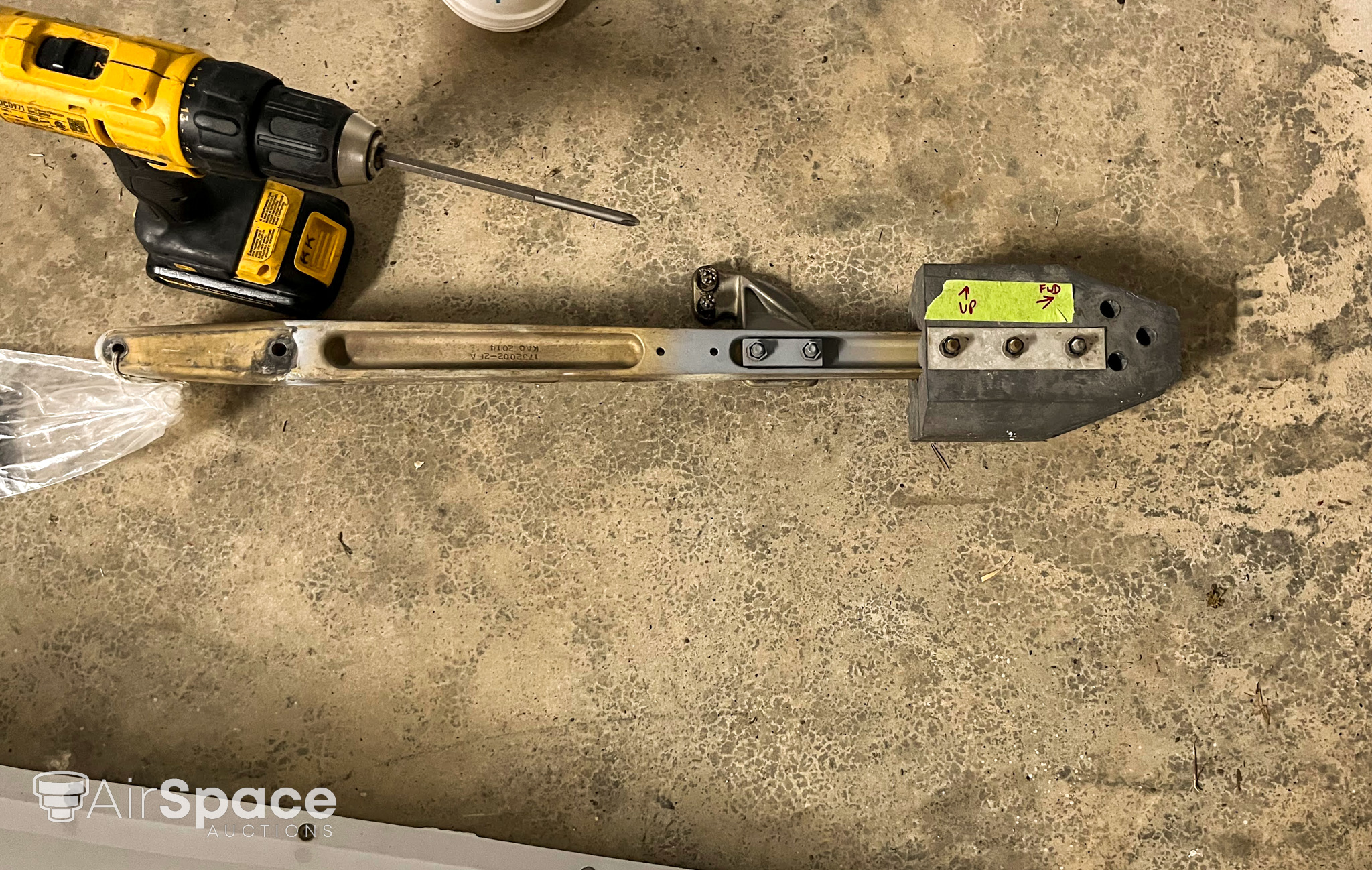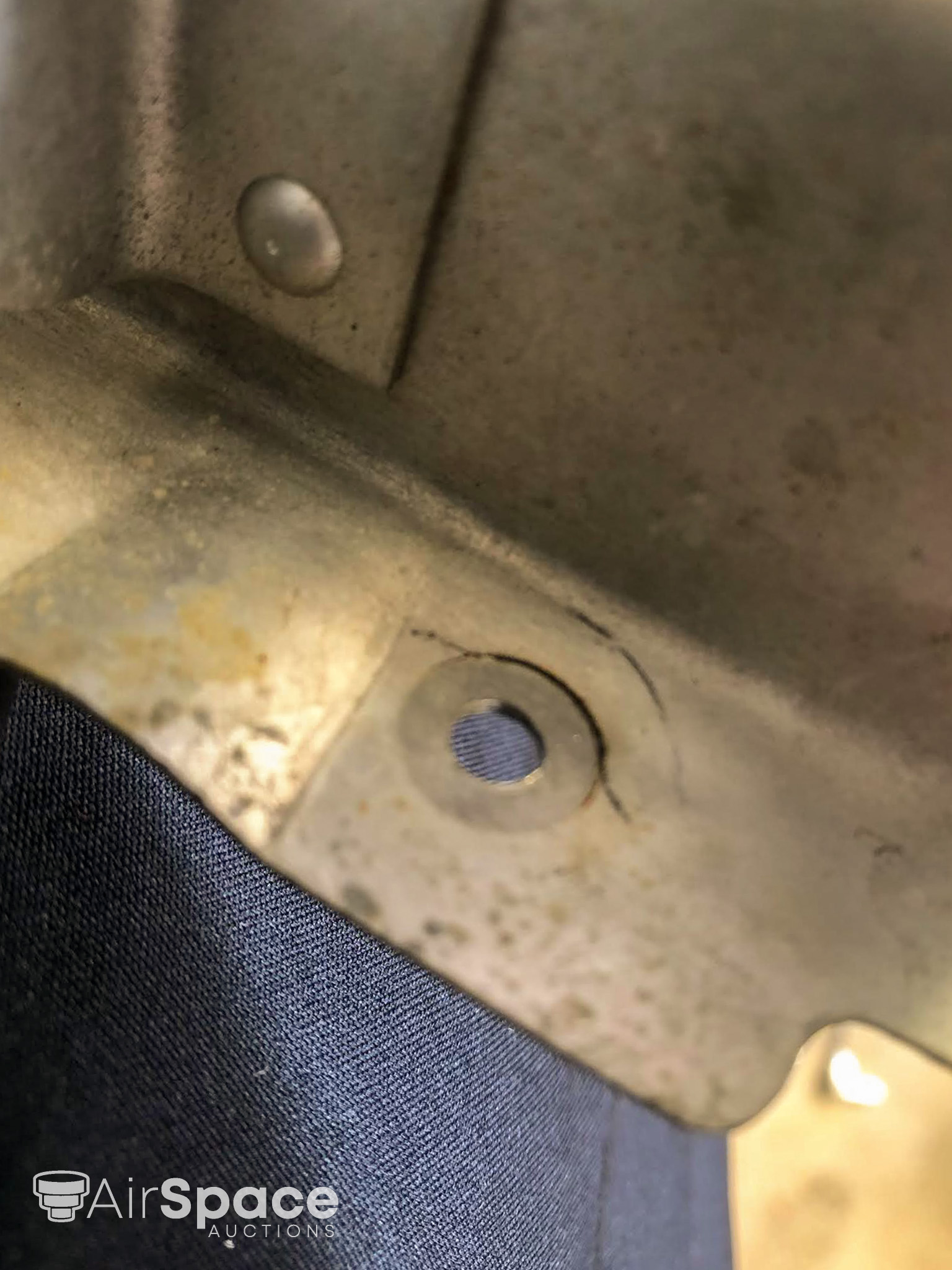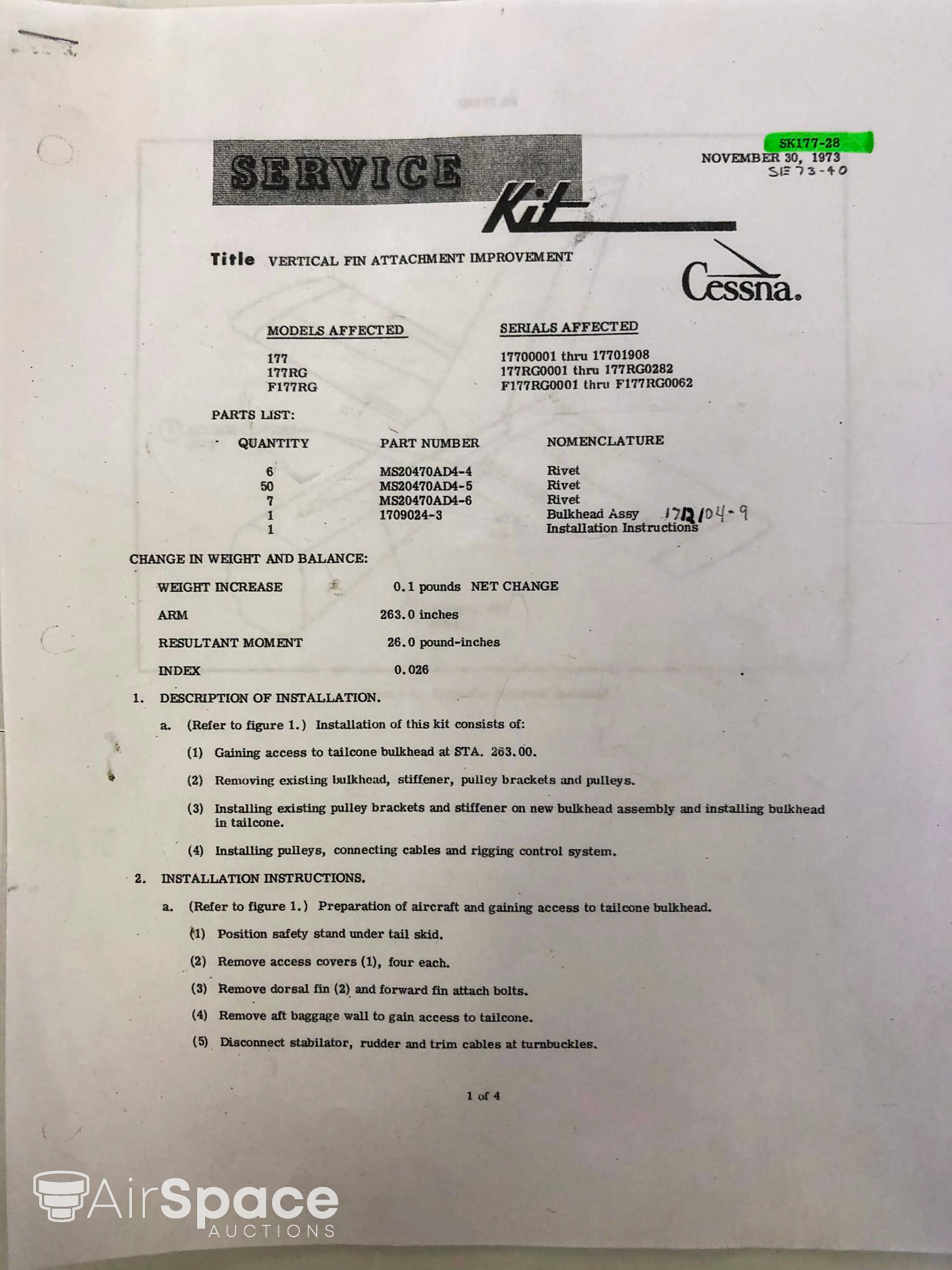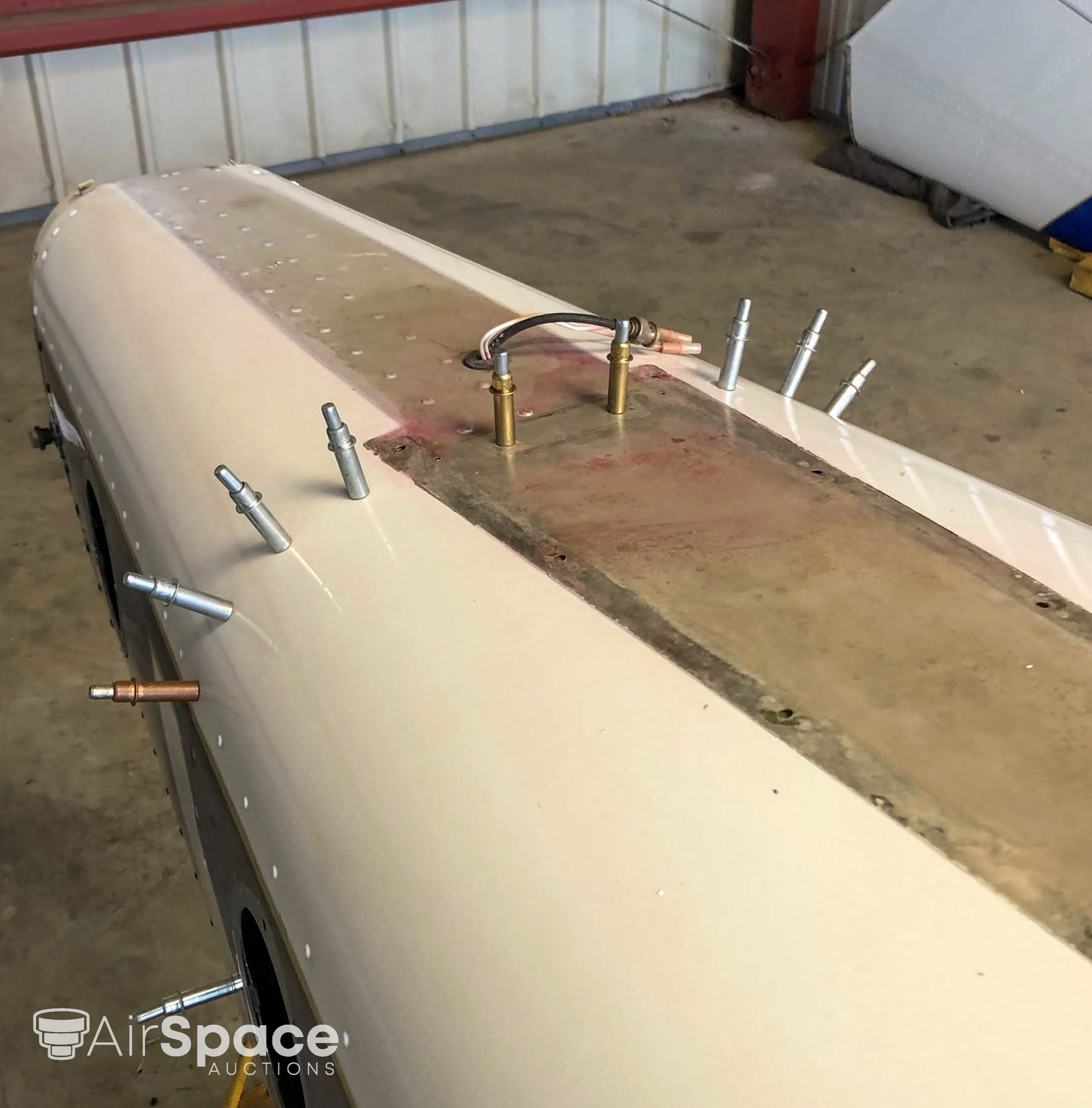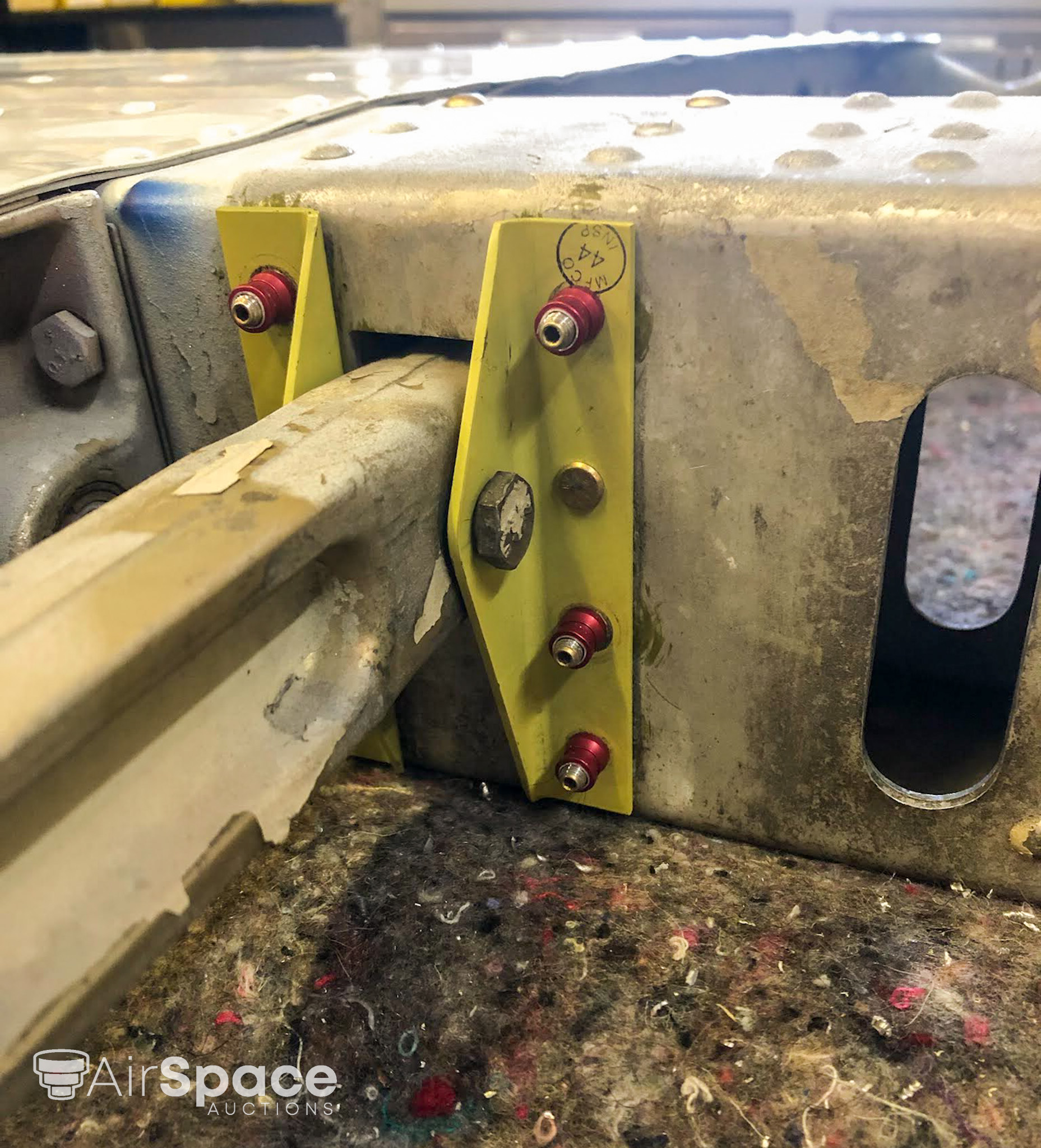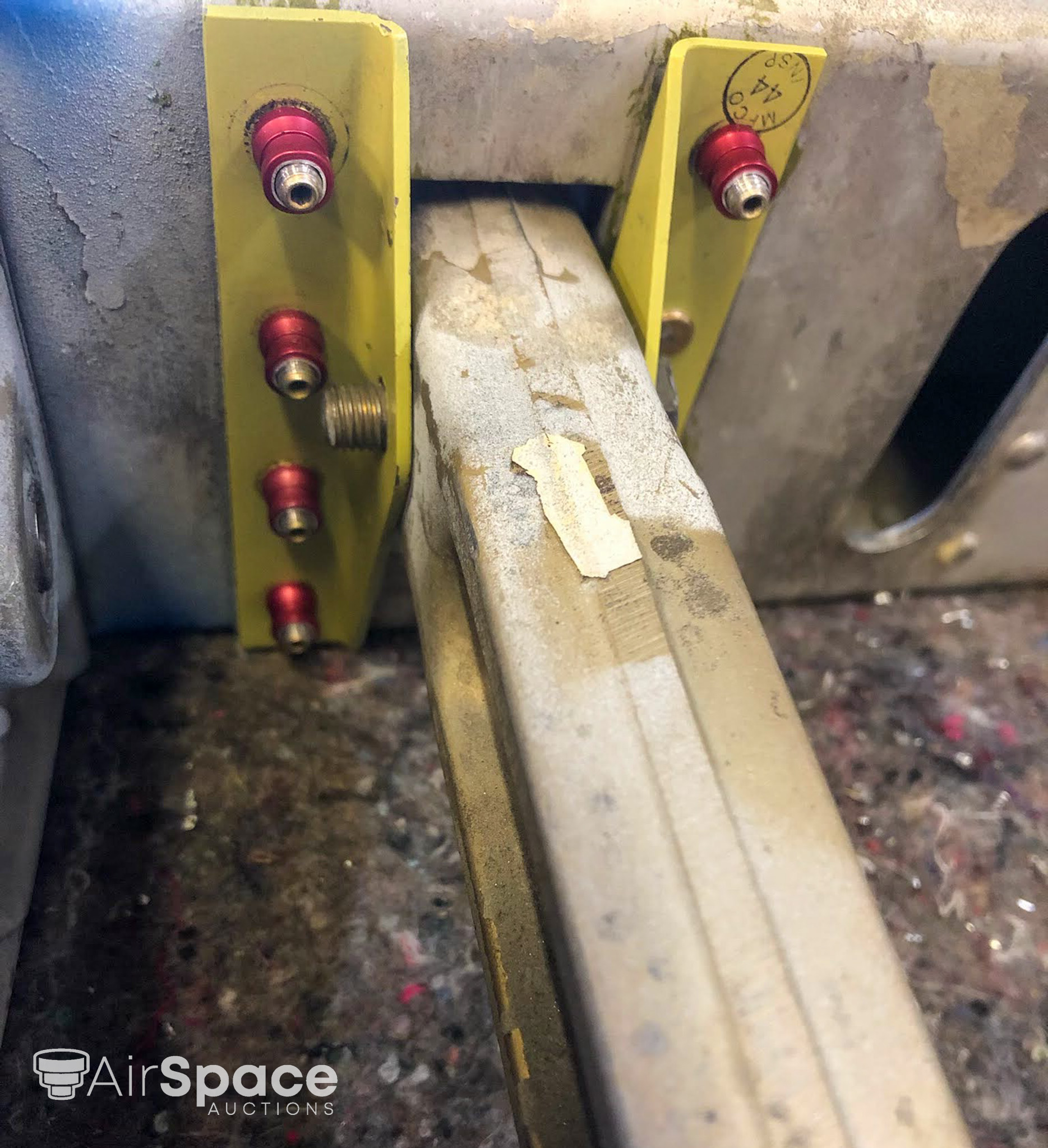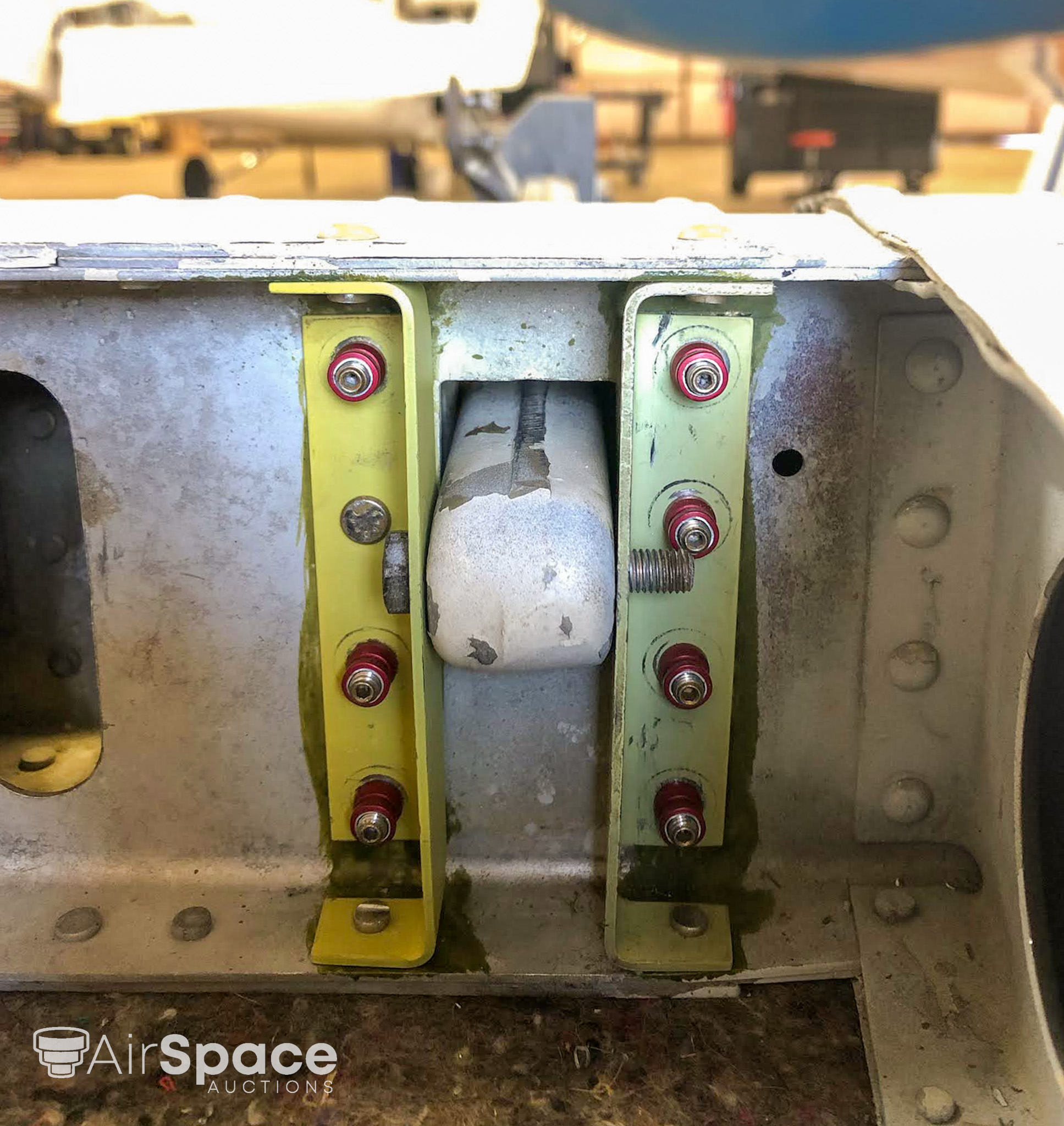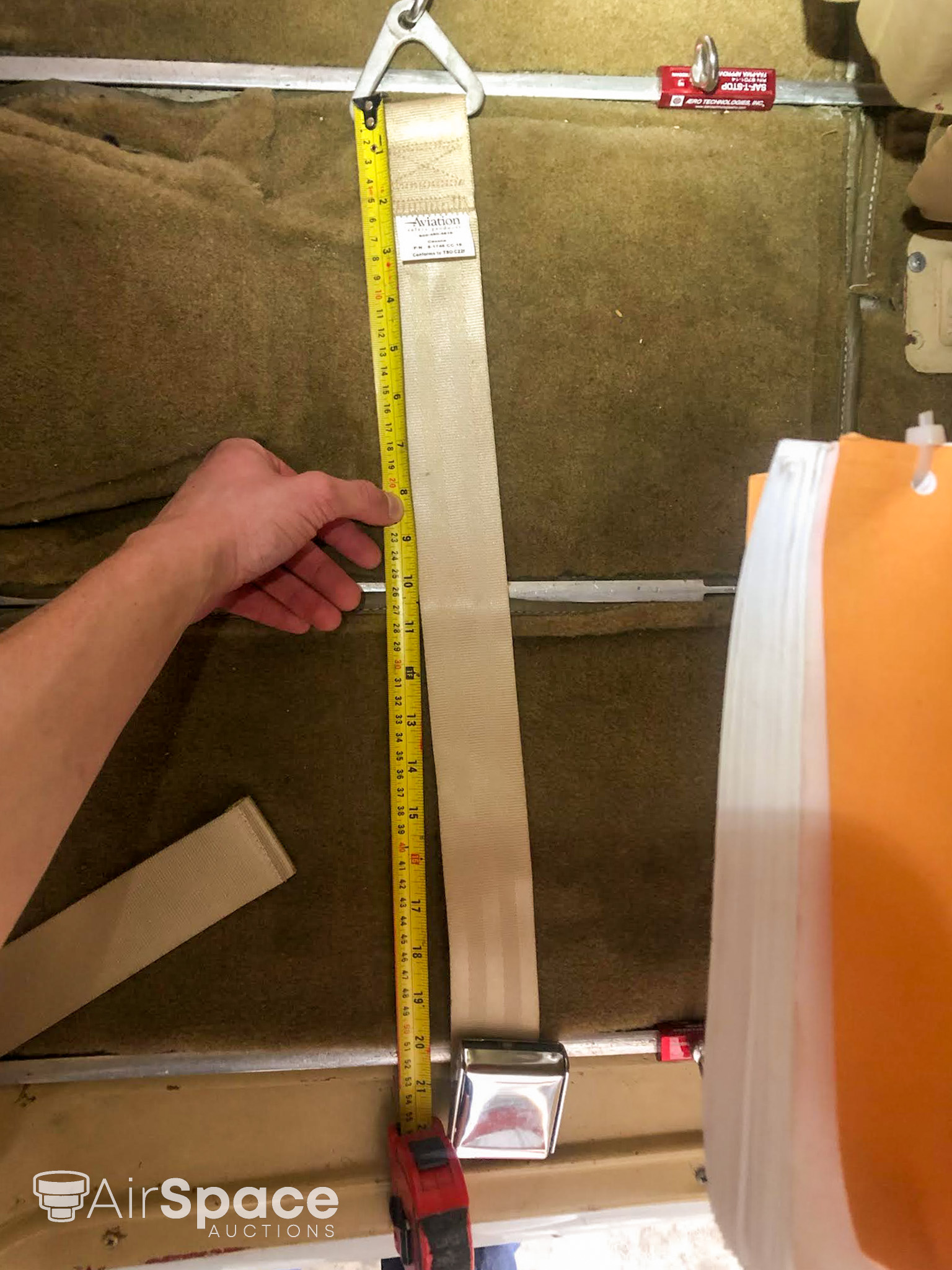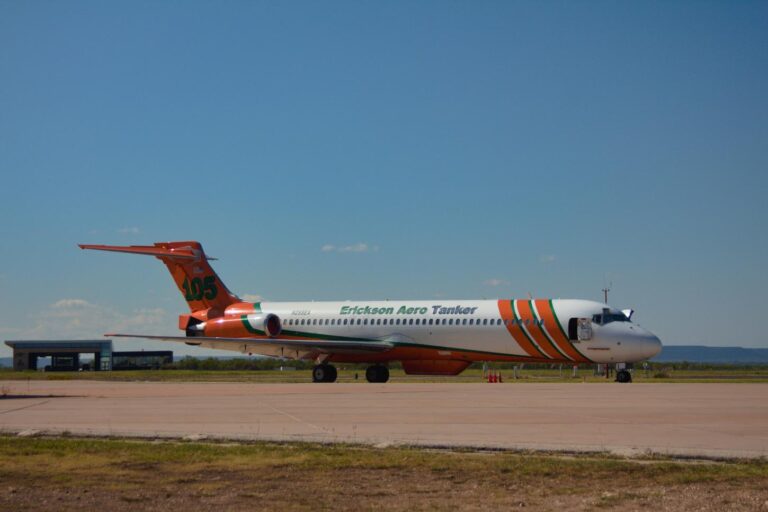The 1971 Cessna 177-RG: An IFR Certified Gem Heading to Auction
The Cessna 177-RG, particularly the 1971 model, this aircraft was produced in 1970, with the registration N8039G, stands as a testament to Cessna’s legacy in aviation history. This blog post delves into the aircraft’s background, its significance within the Cessna Cardinal line, its IFR certification, and meticulous care, all while highlighting the details of the upcoming auction.
Cessna’s Aviation Legacy:
Cessna’s history in aviation is a tapestry woven with innovation and reliability. Since its inception, Cessna has been at the forefront of creating aircraft that not only meets industry standards but also sets new benchmarks. The 1971 Cessna 177-RG is a prime example of Cessna’s commitment to delivering quality and performance.

Evolution of the Cardinal Line:
The Cessna 177-RG, being the final rendition of the Cardinal line, marks the culmination of Cessna’s continuous efforts to enhance aircraft design. With the highest gross weight and speeds among its predecessors, the 177-RG solidifies its place as a versatile and high-performing aircraft.
IFR Certification and Consistent Maintenance
N8039G is not just a Cessna; it’s a well-cared-for and IFR-certified aircraft. This certification emphasizes its capability for Instrument Flight Rules, showcasing its reliability in various weather conditions. The meticulous care it has received is evident in its excellent condition, making it an ideal choice for pilots who value both safety and performance.
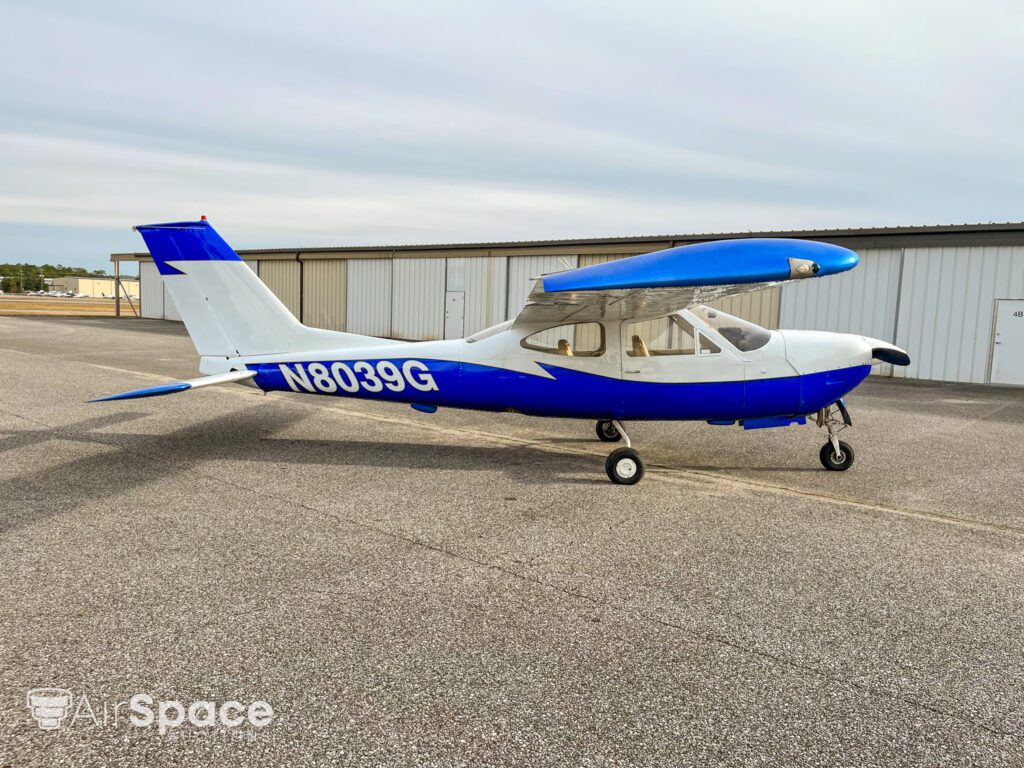
A Closer Look at N8039G:
Airframe:
The airframe of the 1971 Cessna 177-RG, designated N8039G, represents the pinnacle of the Cardinal line. With a total time of 3690 hours, this airframe is the canvas upon which Cessna’s commitment to durability and structural integrity is vividly displayed. Over the years, it has proven itself as a reliable and enduring structure, capable of withstanding the rigors of flight. The aerodynamic design of the Cardinal line, culminating in the 177-RG, contributes to its stability and efficiency, making it a favorite among pilots seeking a harmonious blend of performance and safety.
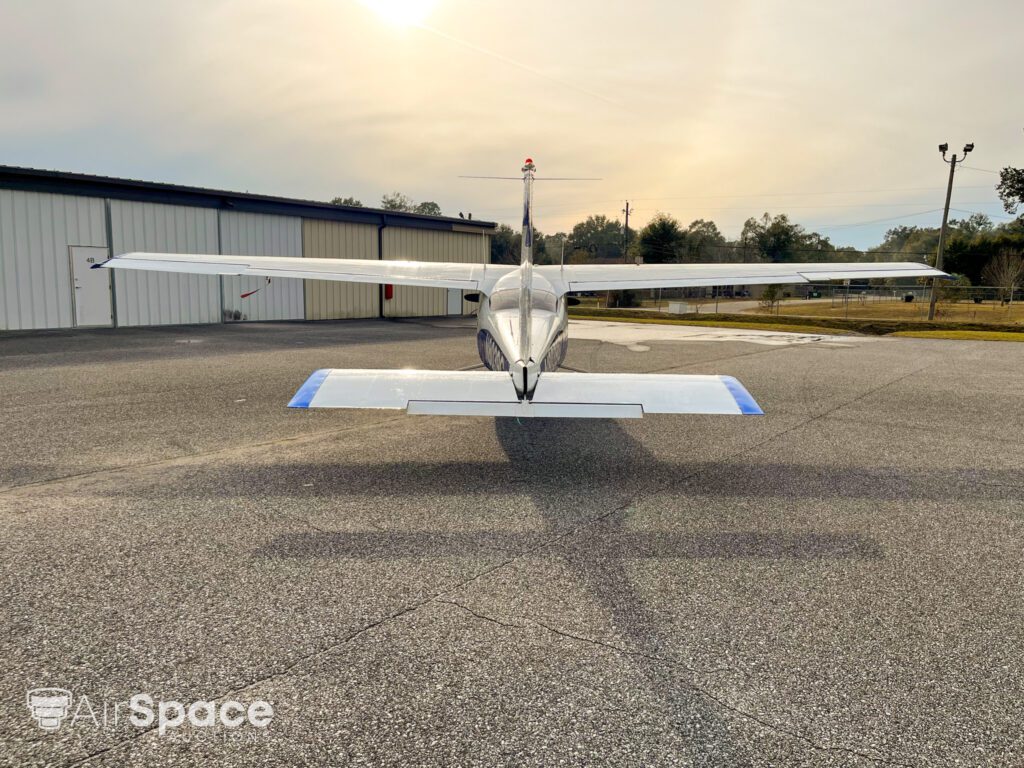
Engine:
At the heart of N8039G beats the Lycoming IO360-A1B6 engine, a testament to Cessna’s dedication to propulsion excellence. With a serial number of L-7515-51A, this engine has undergone a major overhaul, accumulating a mere 250 hours since. The four-cylinder, horizontally opposed configuration delivers robust power, ensuring a smooth and powerful flight experience. The engine’s compressions—1 at 76/80, 2 at 74/80, 3 at 74/80, and 4 at 75/80—attest to its outstanding health. The master orifice, measured at 44 lb., underscores the precision engineering that defines Lycoming engines. As the powerhouse of N8039G, this Lycoming engine is a testament to reliability, translating into confidence for any pilot at the controls.
Propeller:
The McCauley Prop, identified by serial number 720504, is an integral component of N8039G, ensuring optimal thrust and efficiency. Having undergone a major overhaul just 100 hours ago in February 2021, this propeller is in peak condition, ready to carve through the air with precision. While the total time remains unknown, the meticulous care evident in the maintenance records guarantees that the propeller meets the highest standards. The McCauley Prop is not just a functional element; it’s a finely tuned instrument, enhancing the overall performance and aerodynamics of this Cessna 177-RG. The commitment to quality extends beyond the airframe and engine, encapsulating every detail down to the propeller, ensuring a well-rounded and high-performing aircraft.

Avionics:
The avionics suite within the 1971 Cessna 177-RG, registration N8039G, is a testament to the aircraft’s dedication to modern navigation and communication capabilities. Anchored by a Garmin GMA 340 audio panel, ensuring clear and concise interaction between pilot and control towers. The Bendix King KLN 90B TSO GPS provides accurate and reliable navigation information, while the Garmin GTX327 transponder contributes to airspace awareness and compliance. With a comprehensive set of instruments including a clock, hour meter, airspeed indicator, turn coordinator, amp meter, cylinder head temp gauge, fuel gauges (2), artificial horizon, digital gyro, altimeter, vertical speed indicator, fuel flow, fuel pressure gauge, ILS with glide slope (2), and an engine monitor, N8039G is equipped to handle a wide range of flight scenarios.
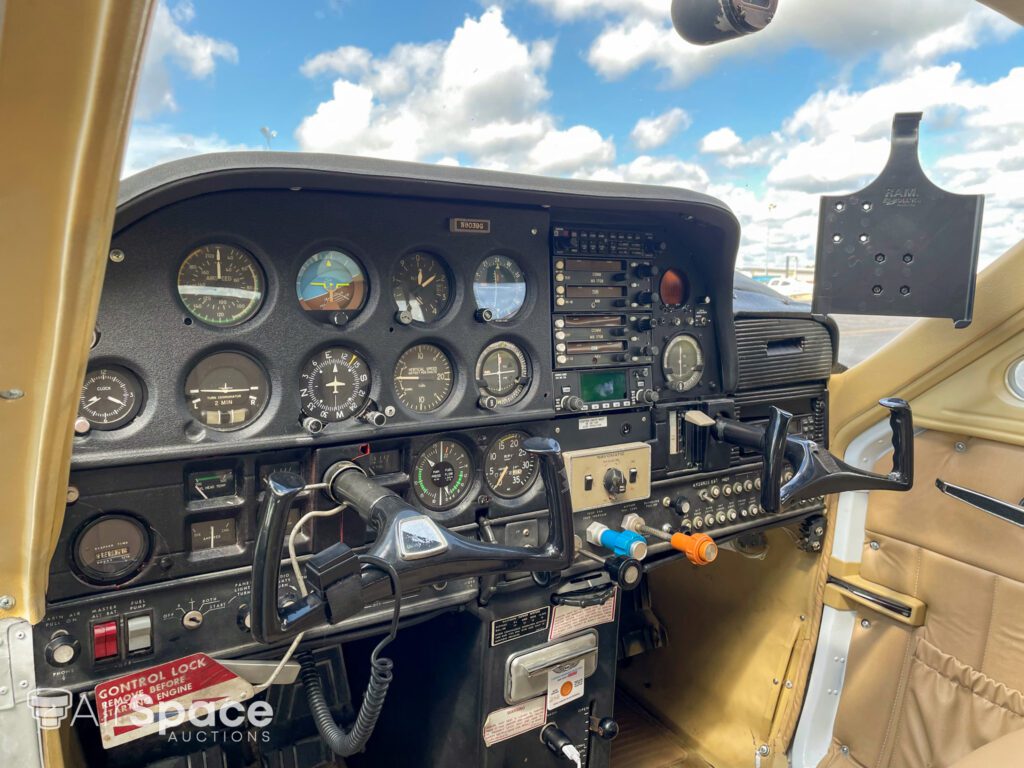
Additional Features:
Documented upgrades and compliance with service letters and Airworthiness Directives relieve the new owner from certain inspection intervals, showcasing the commitment to safety and adherence to regulations. Eliminating the need for 100 hour inspections of the tail of the aircraft.
Exterior and Interior:
The aircraft boasts a visually appealing exterior with white upper and royal blue lower fuselage. Inside, tan leather seats, carpet, and upholstery contribute to a comfortable and aesthetically pleasing interior.

Upcoming Auction Details:
For aviation enthusiasts and potential buyers, the opportunity to own this remarkable aircraft is just around the corner. The auction is scheduled to take place from February 7 to February 14, 2024. With a starting bid of $60,000 and a buyer premium of 6%, this Cessna 177-RG can become a prized possession for the highest bidder. A $3,000 deposit is required to participate in the auction.
Conclusion:
The 1971 Cessna 177-RG, represented by N8039G, is not just an aircraft; it’s a piece of aviation history. Its IFR certification, well-documented care, and upcoming auction make it a noteworthy investment for pilots and collectors alike. As the bidding begins, the future owner of N8039G will not only acquire a reliable and high-performing aircraft but also a symbol of Cessna’s enduring commitment to excellence in aviation.

